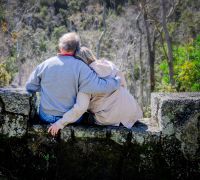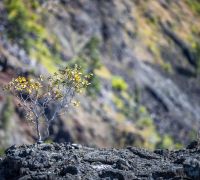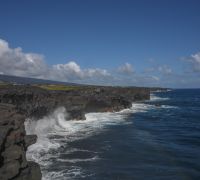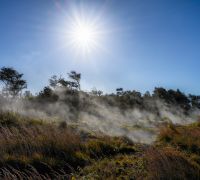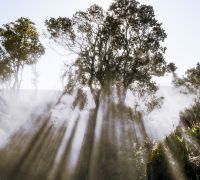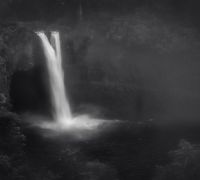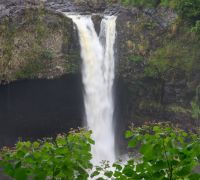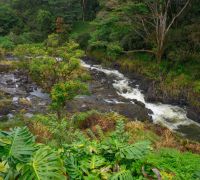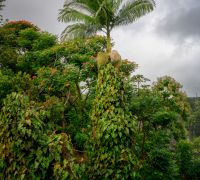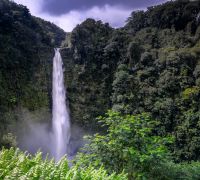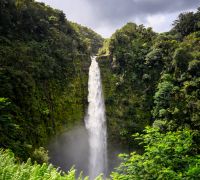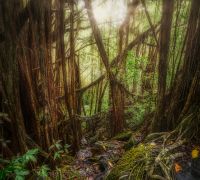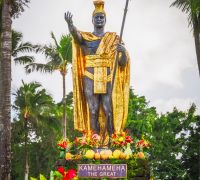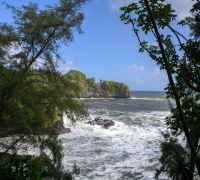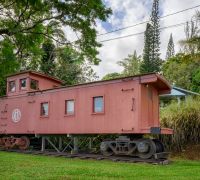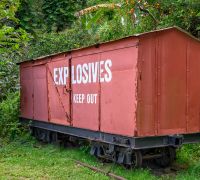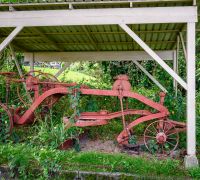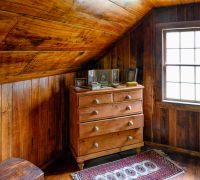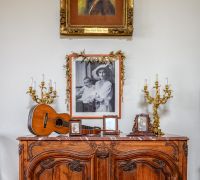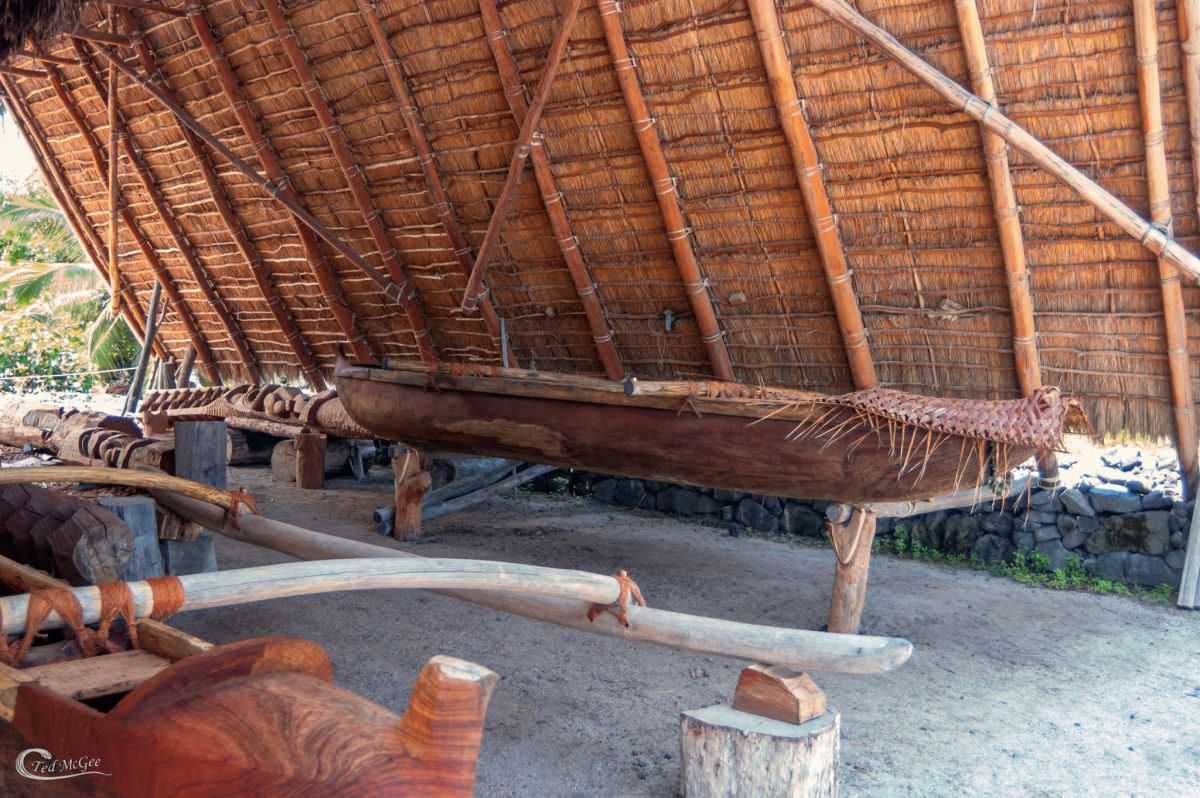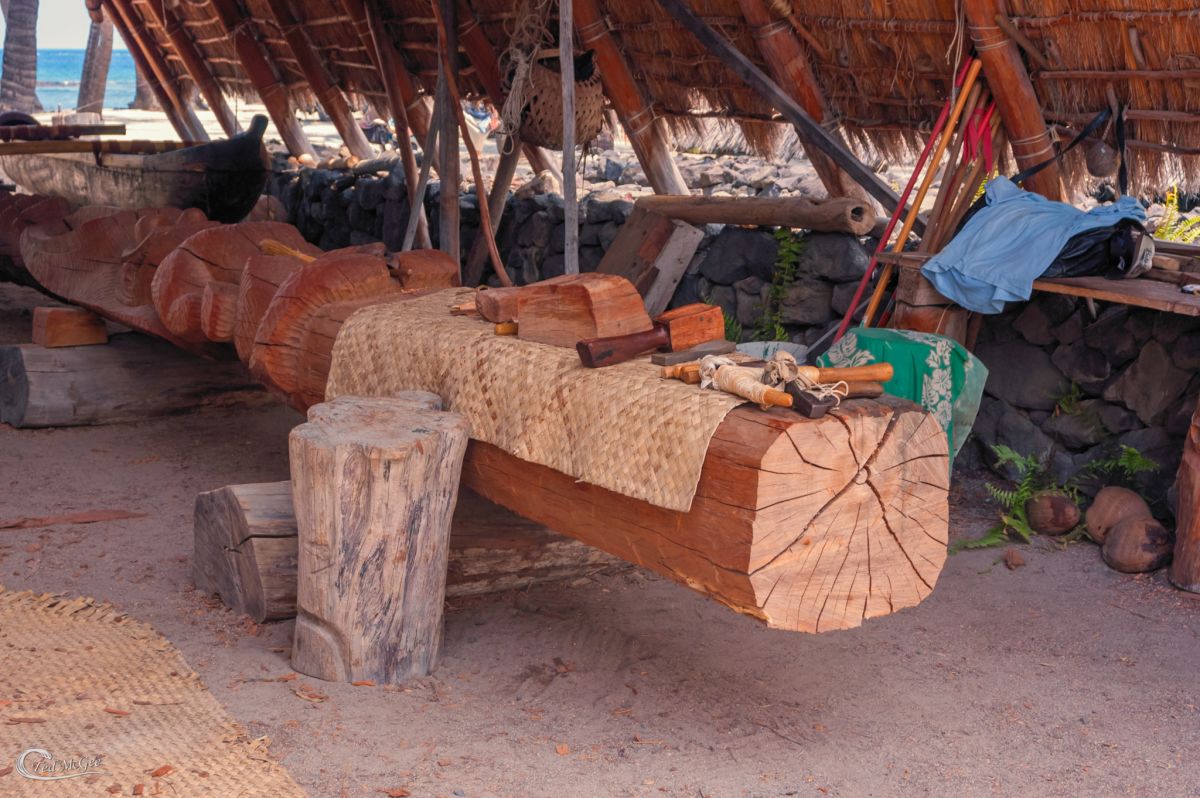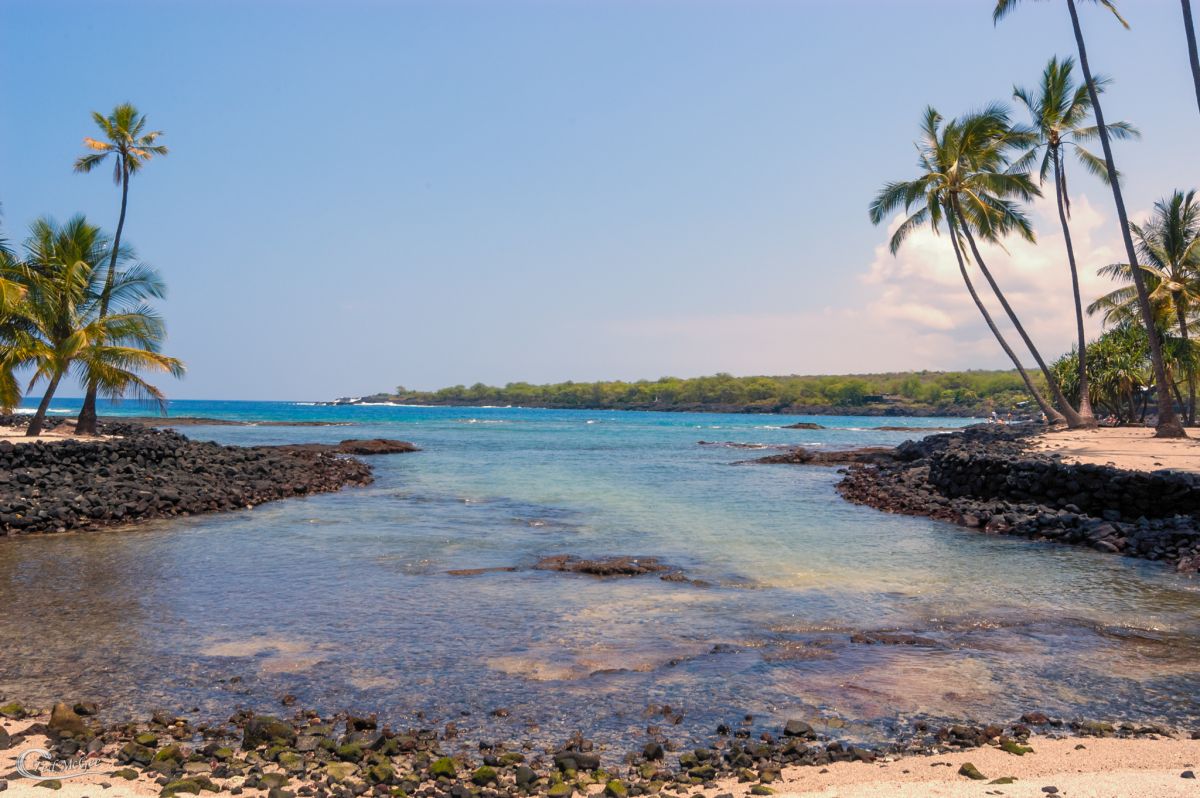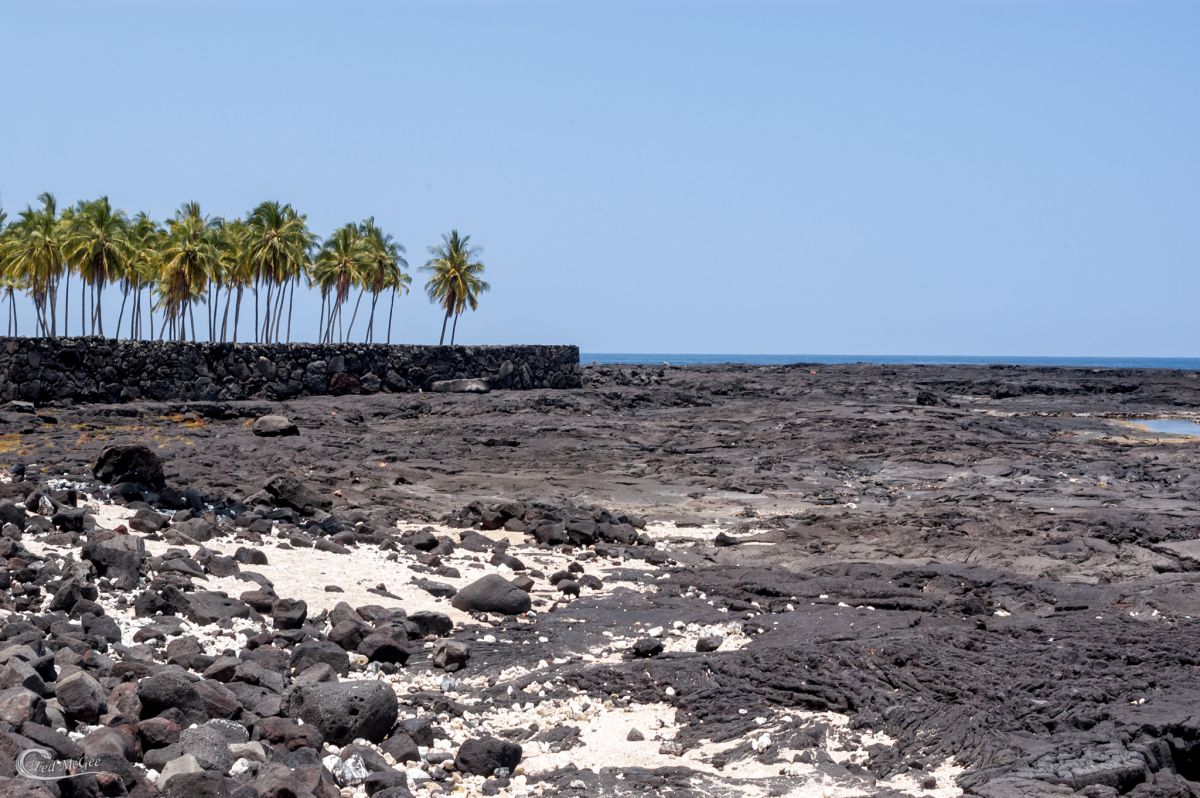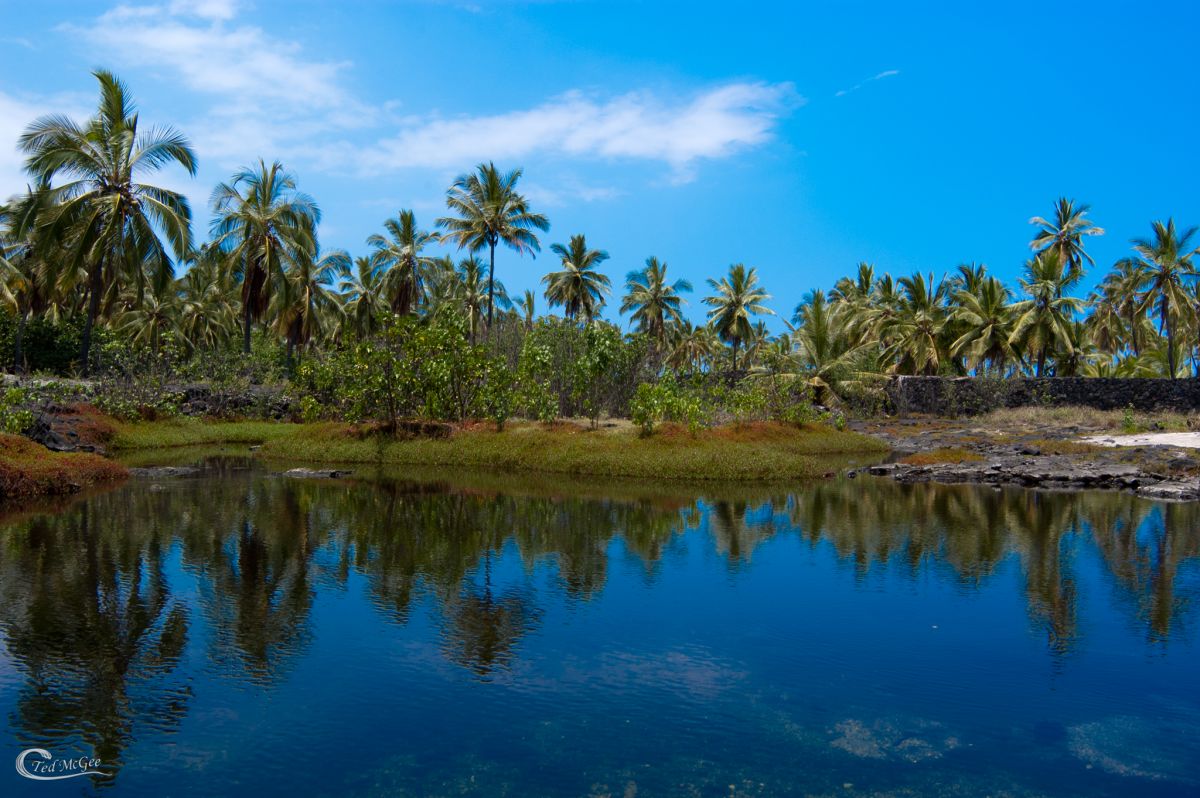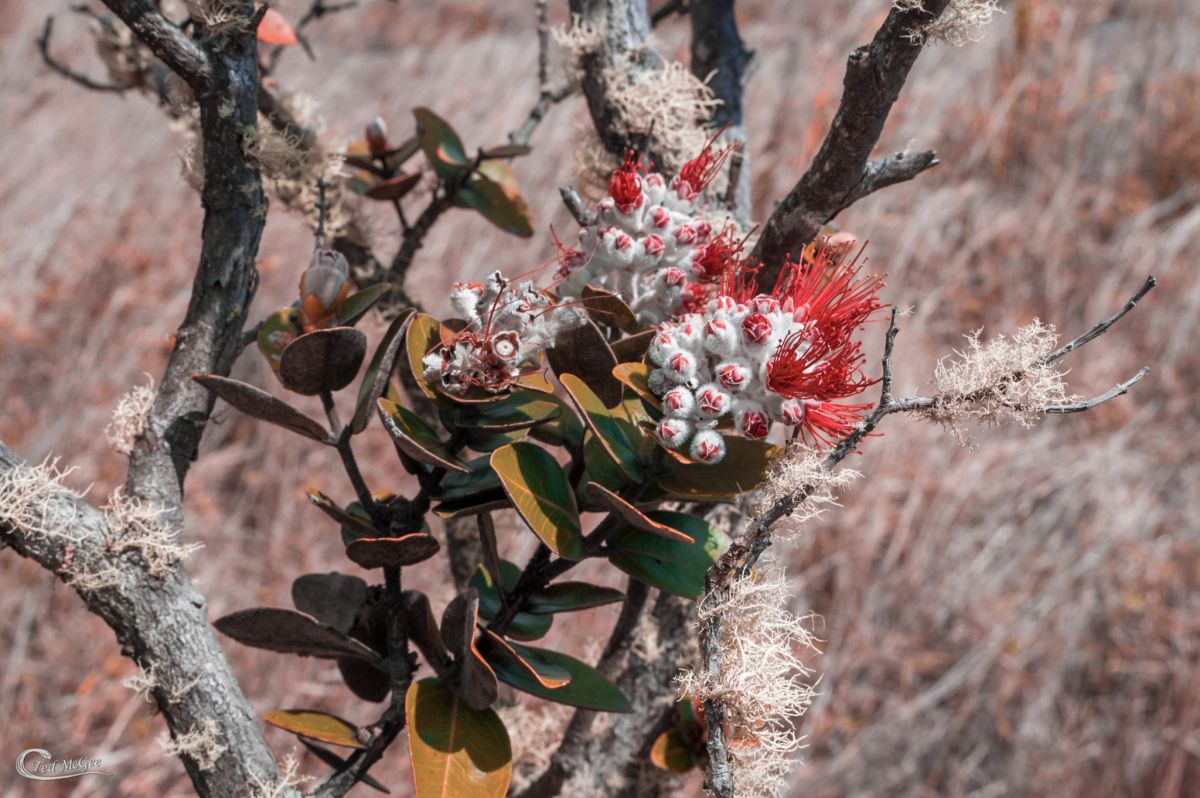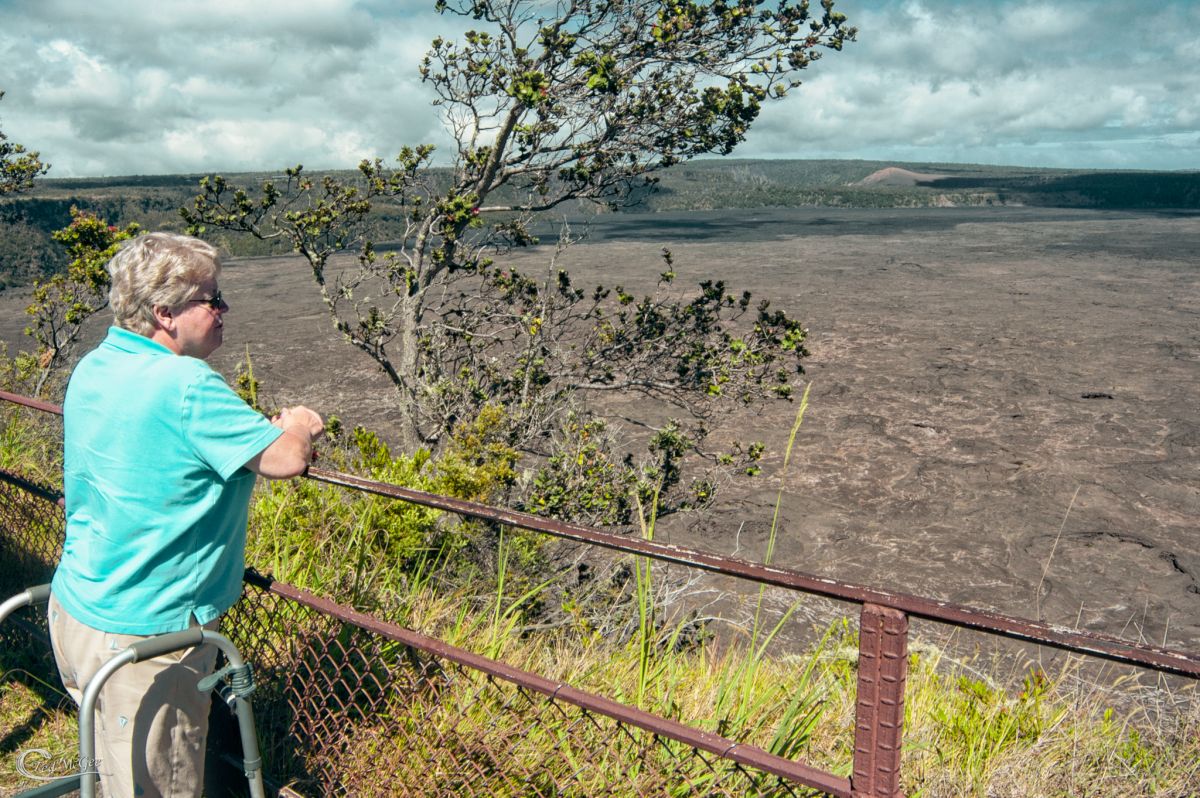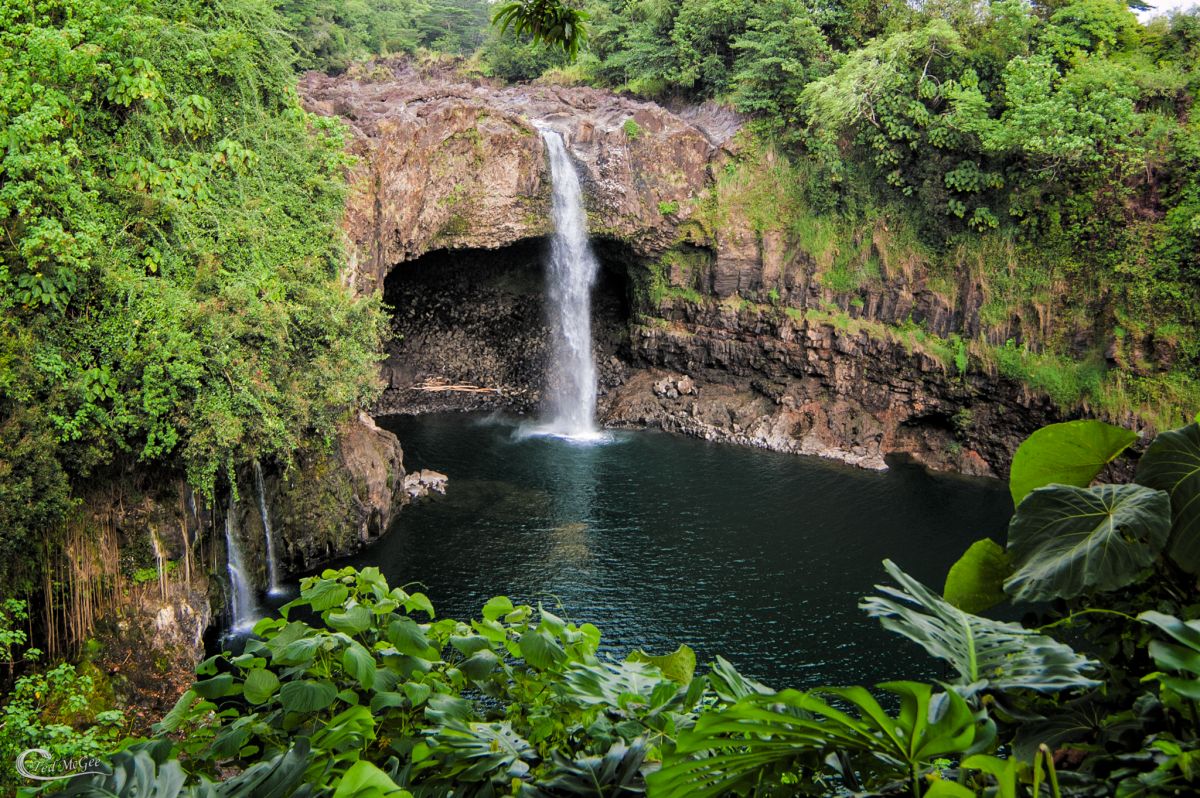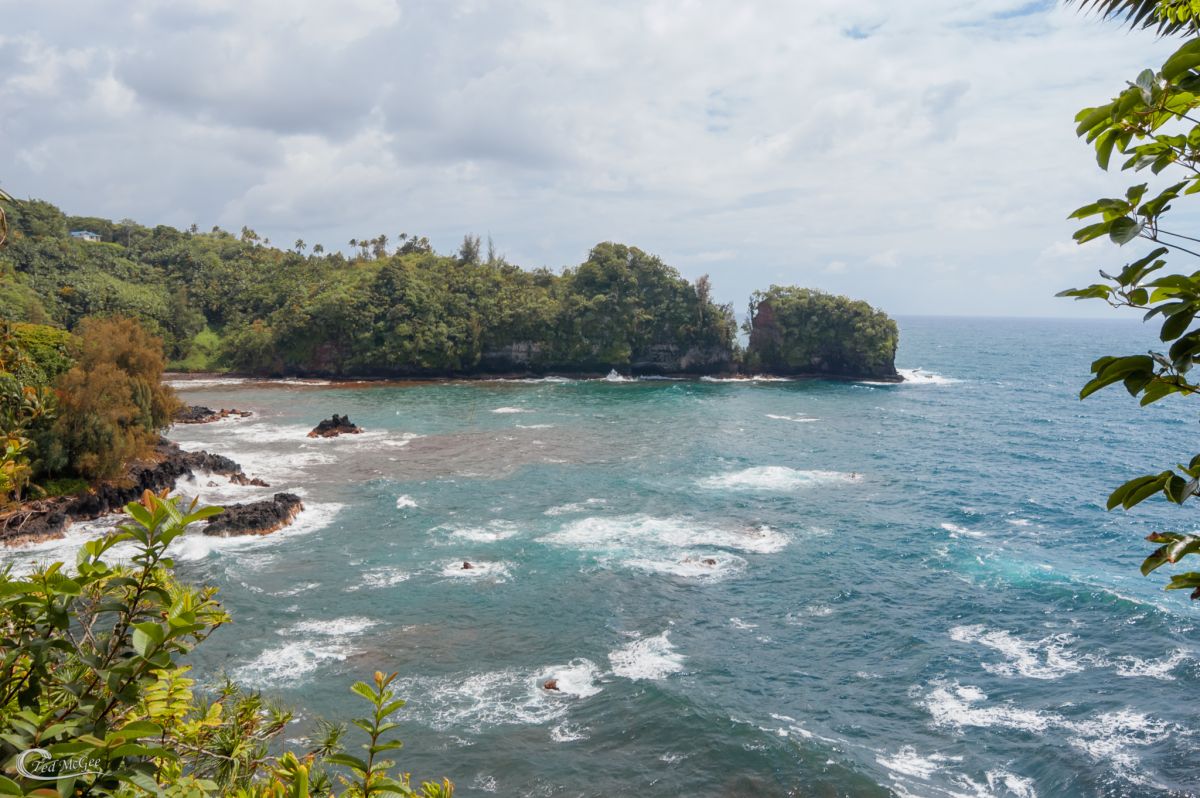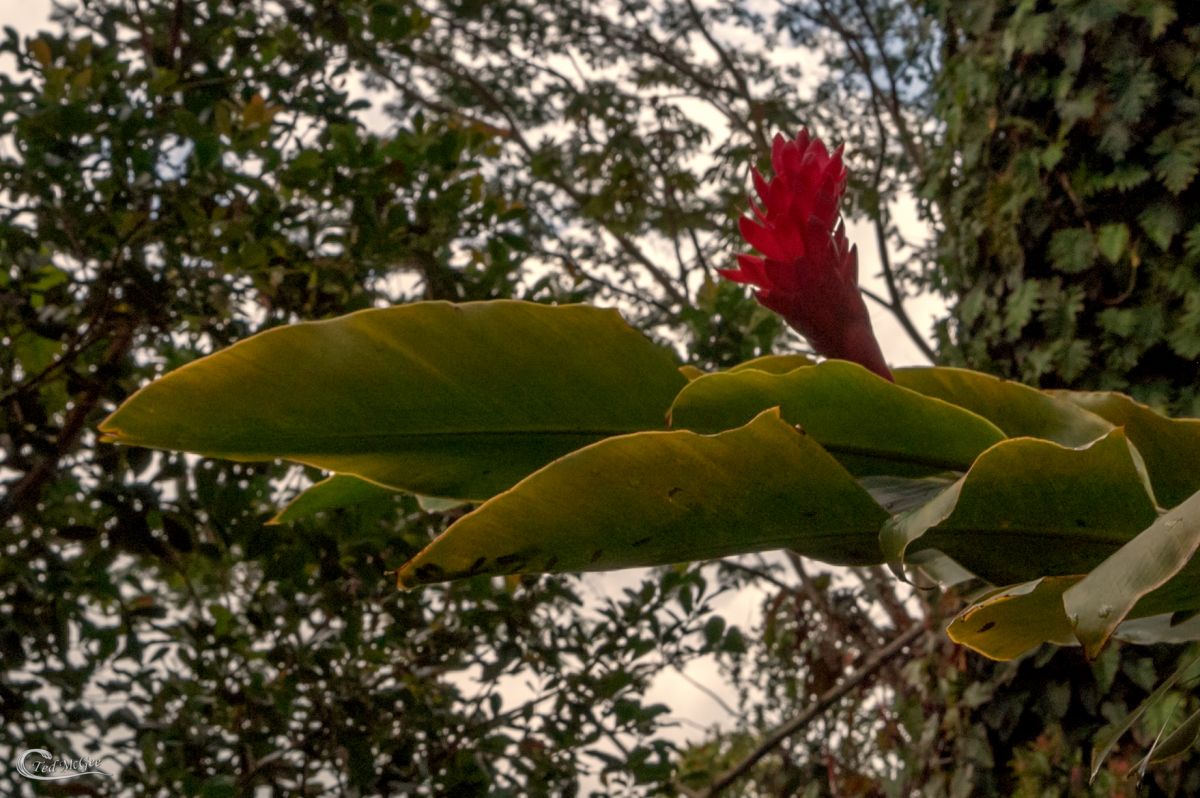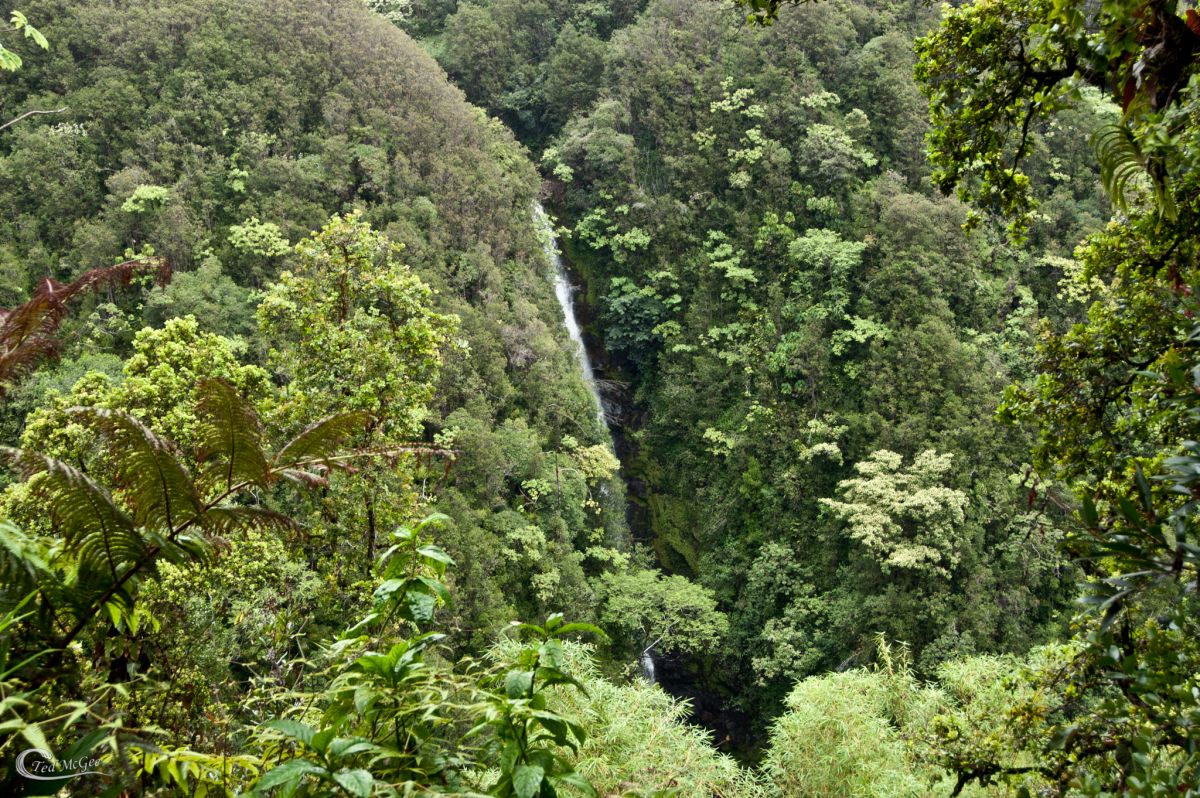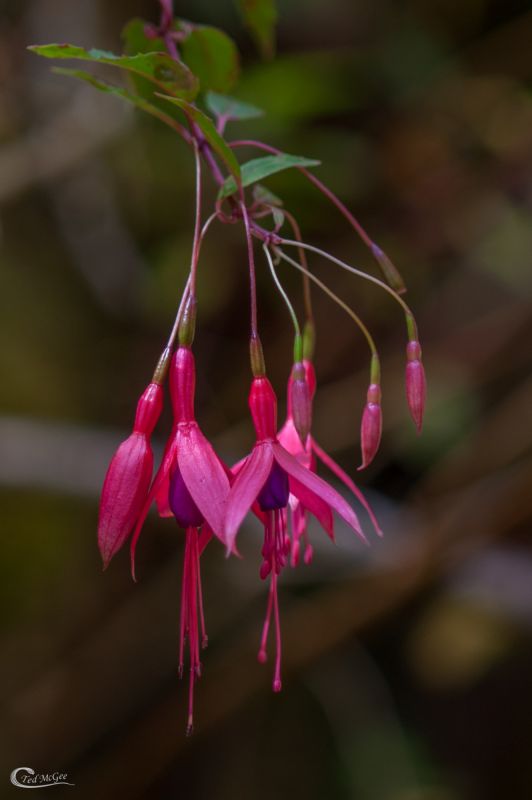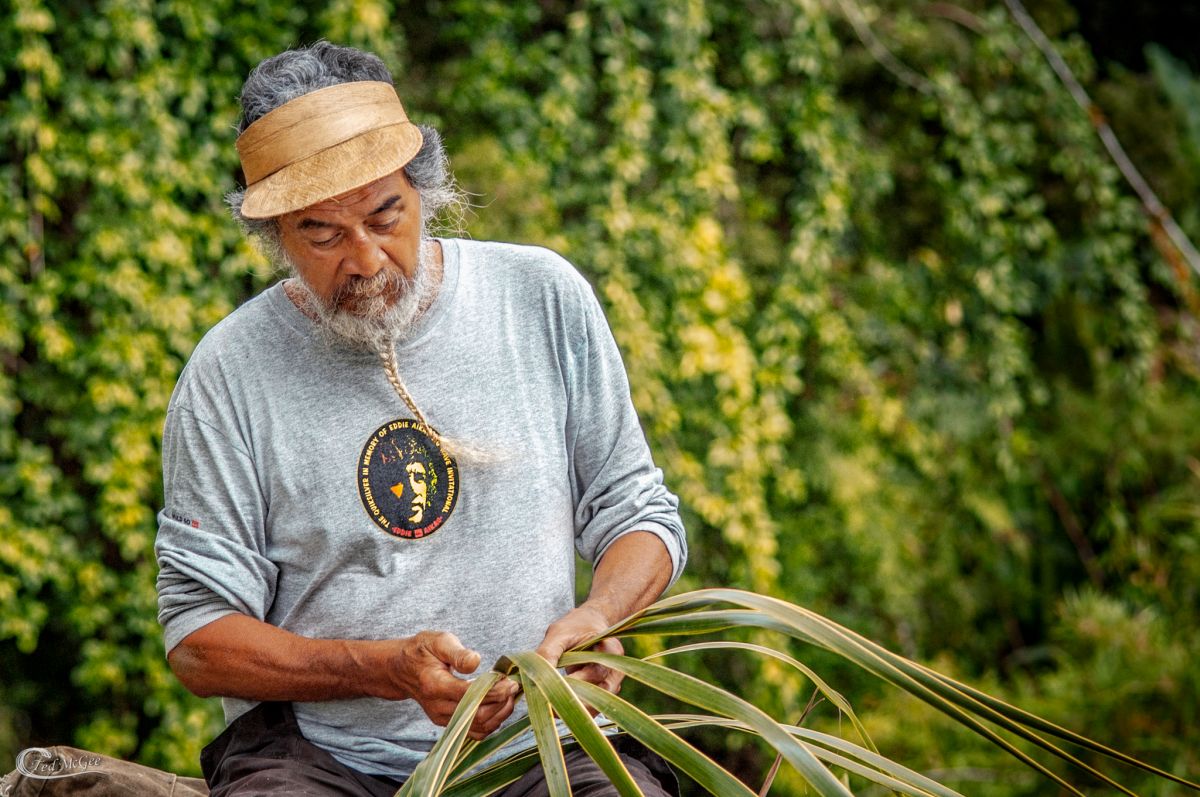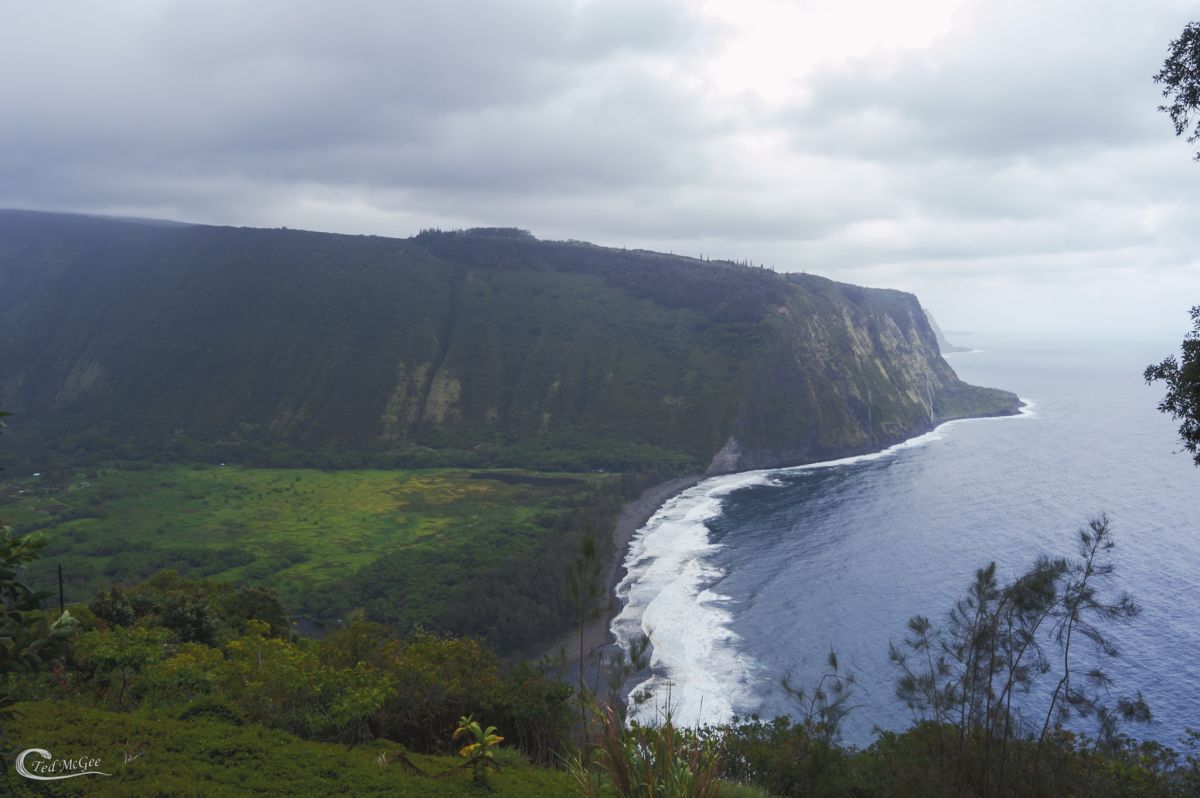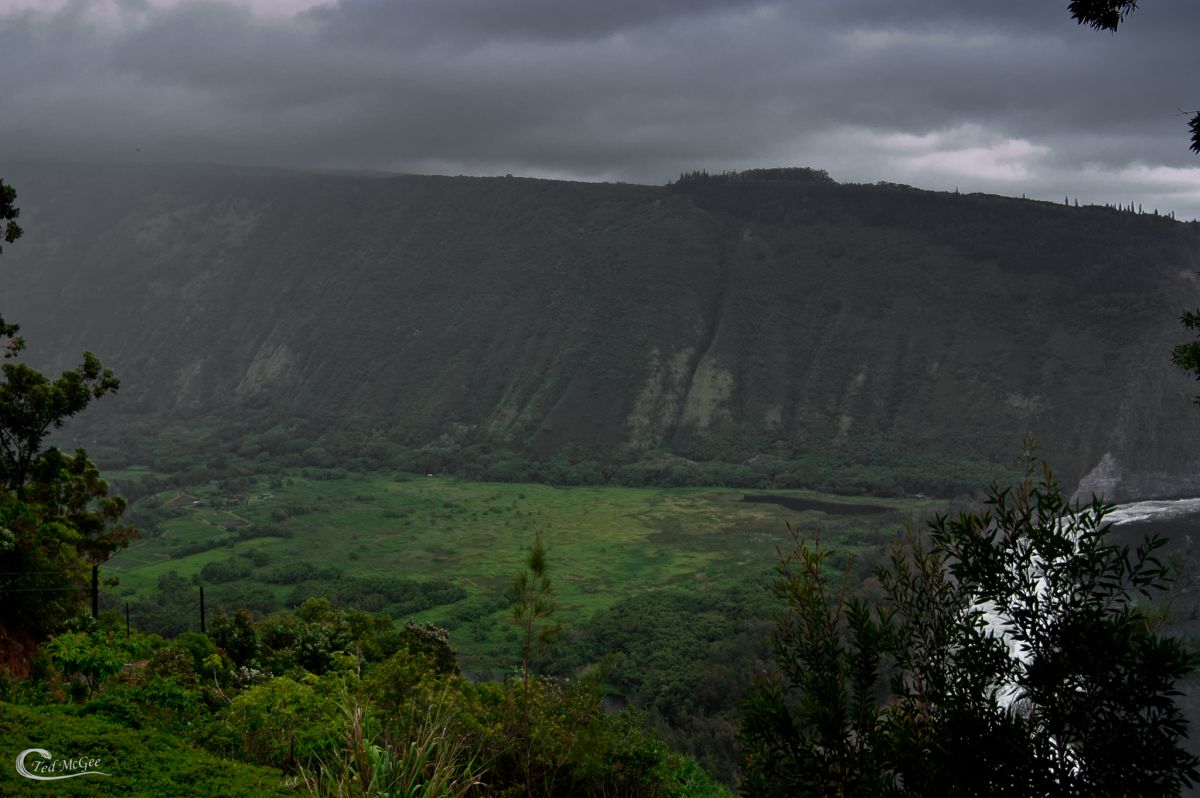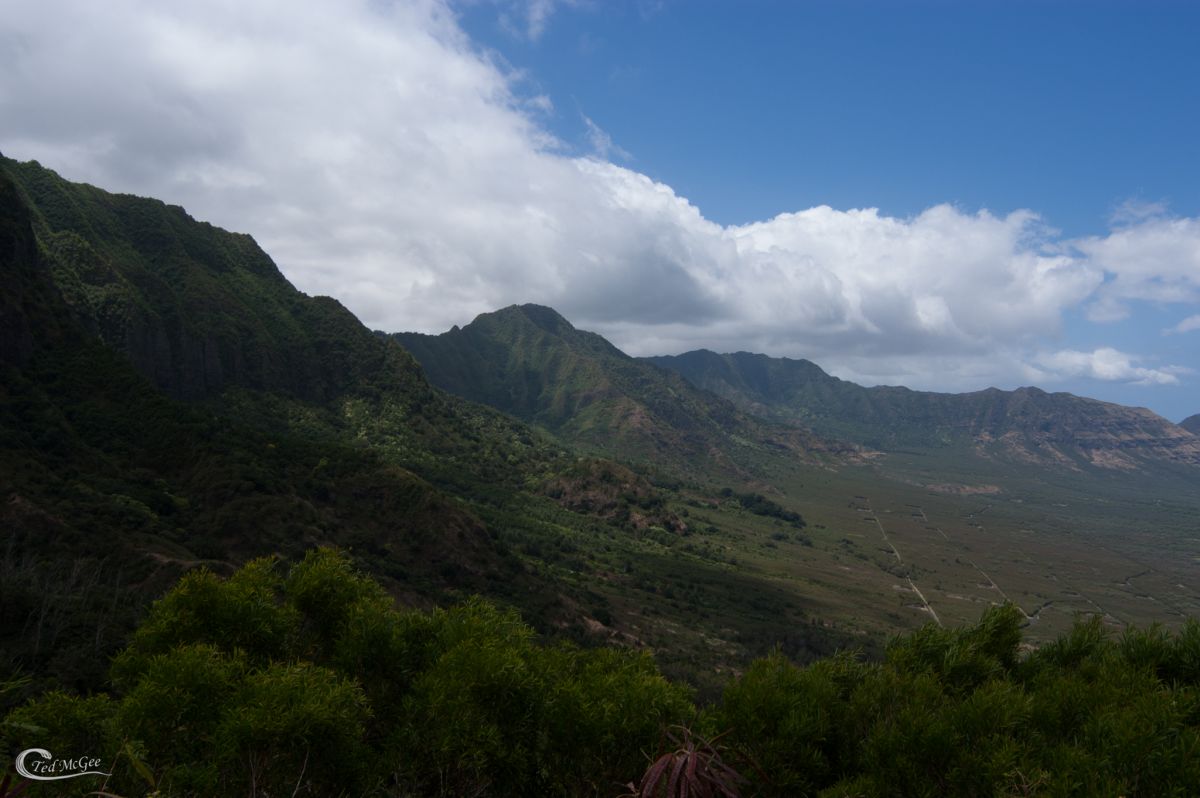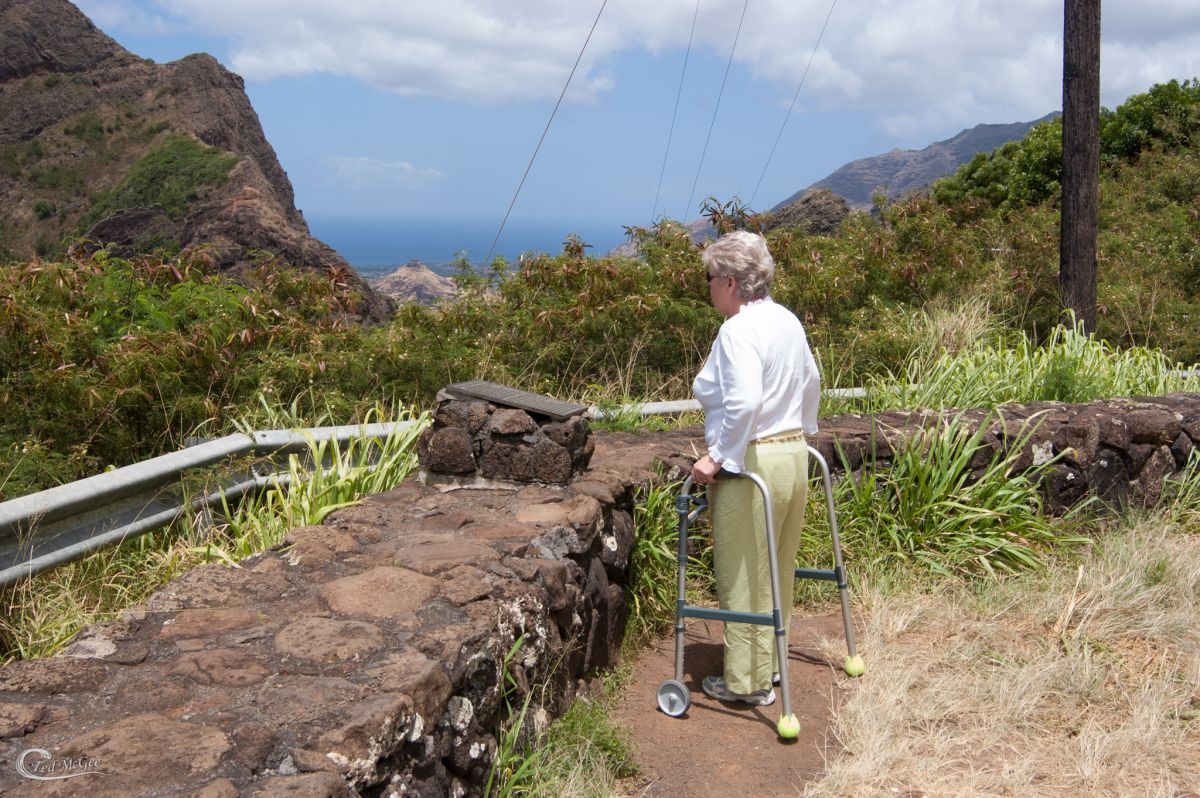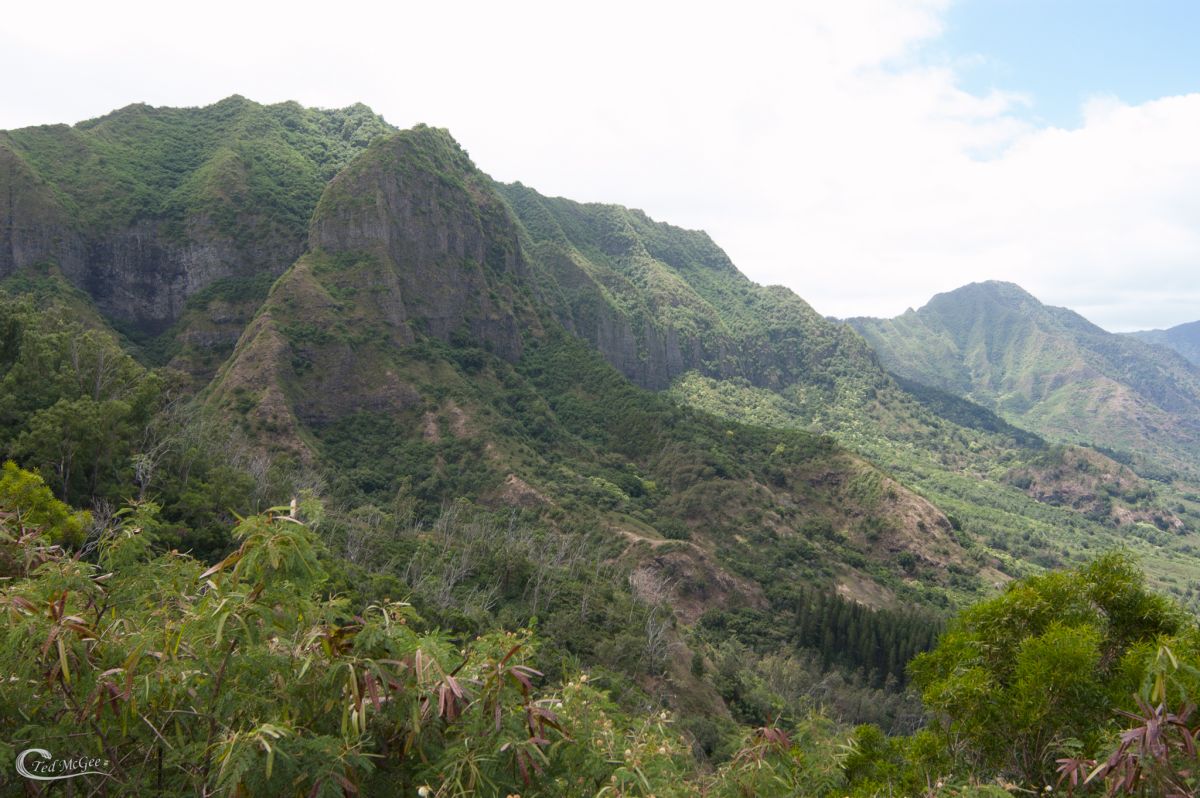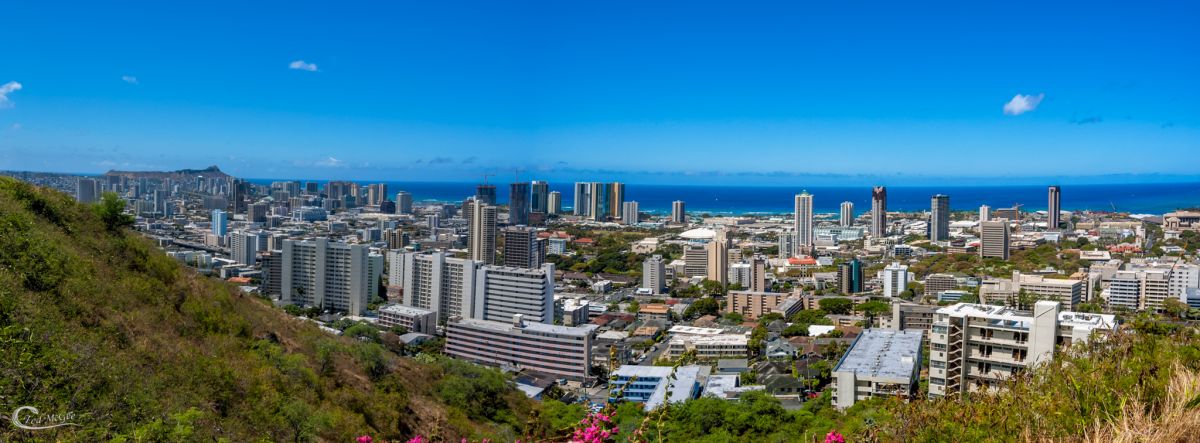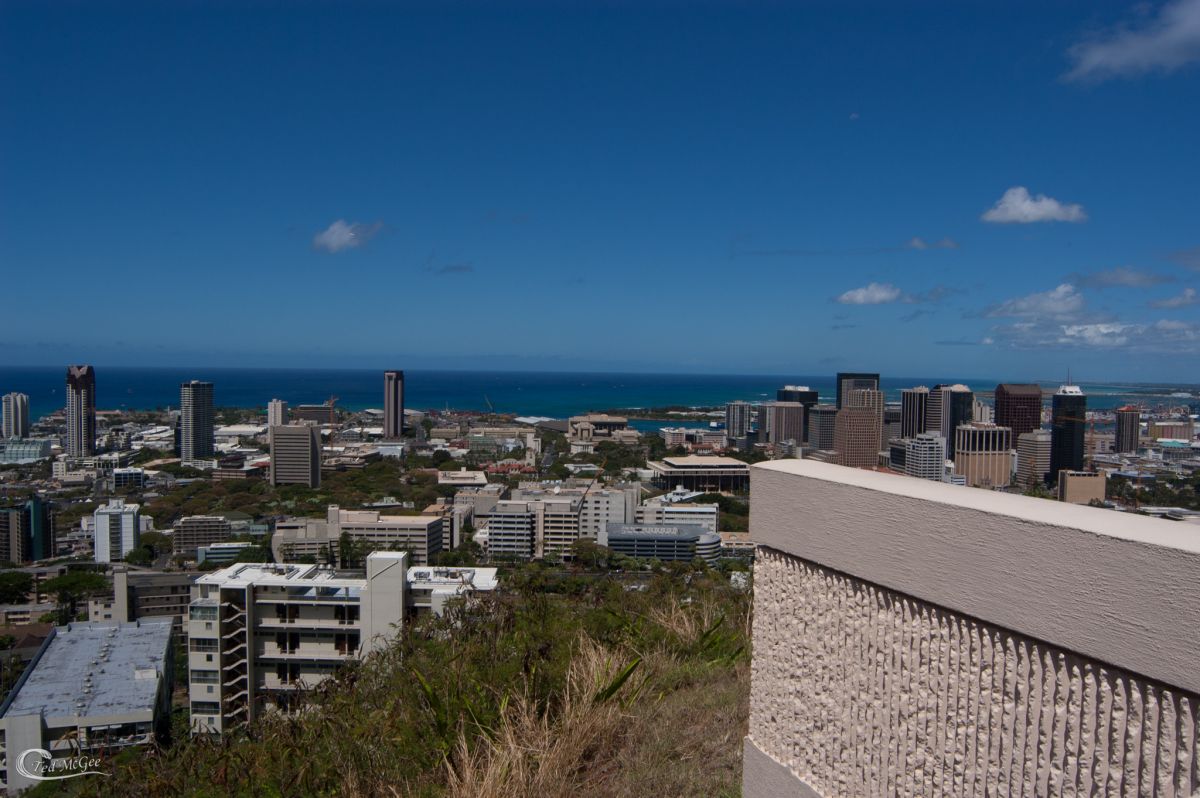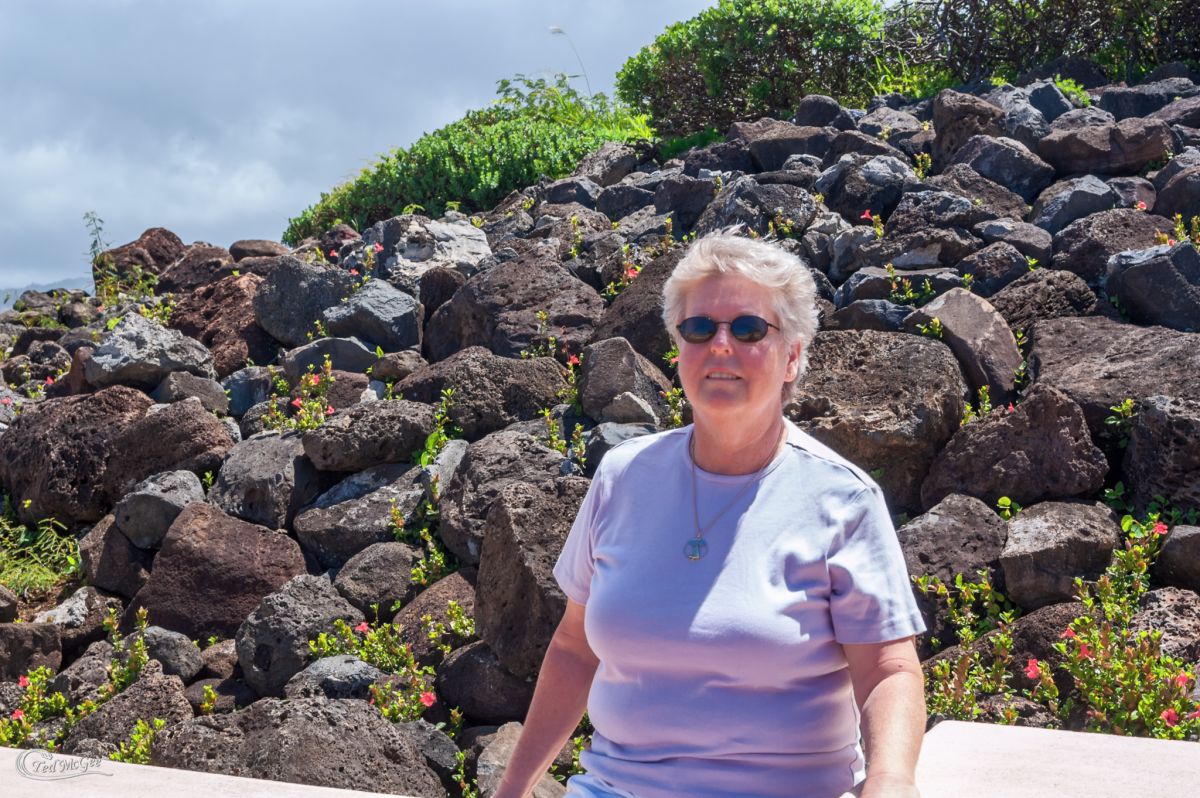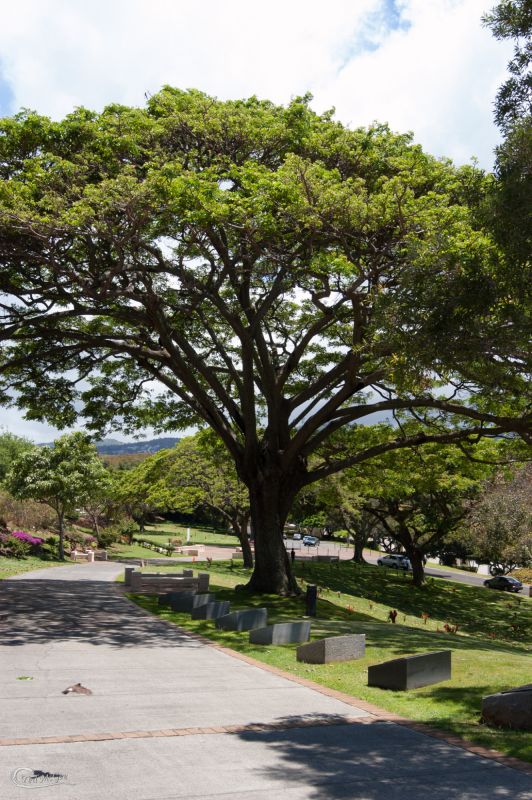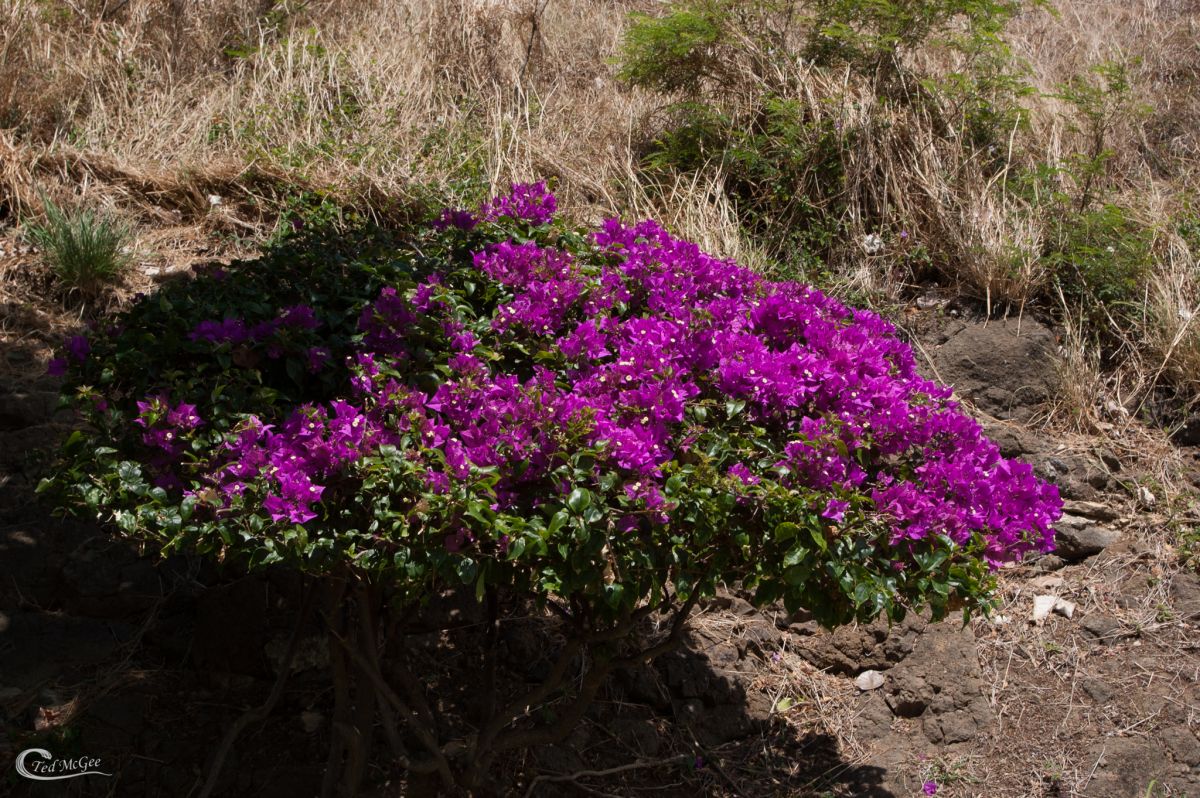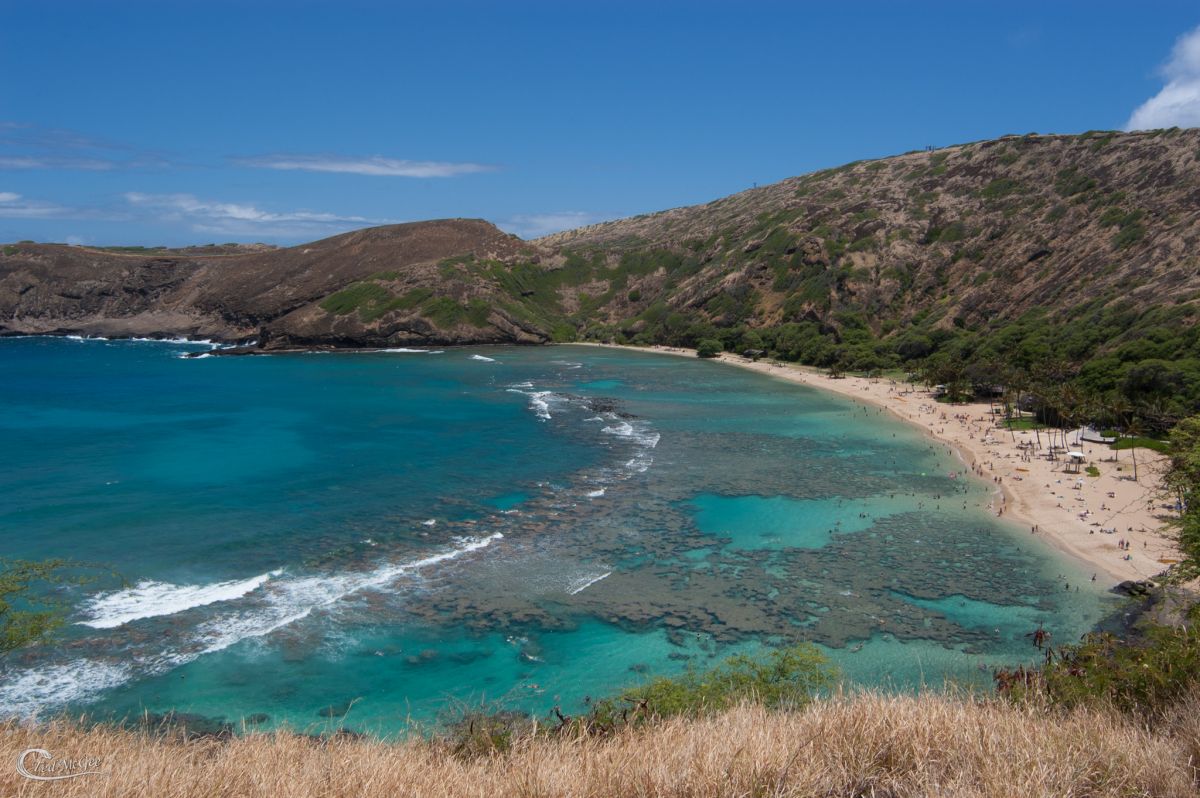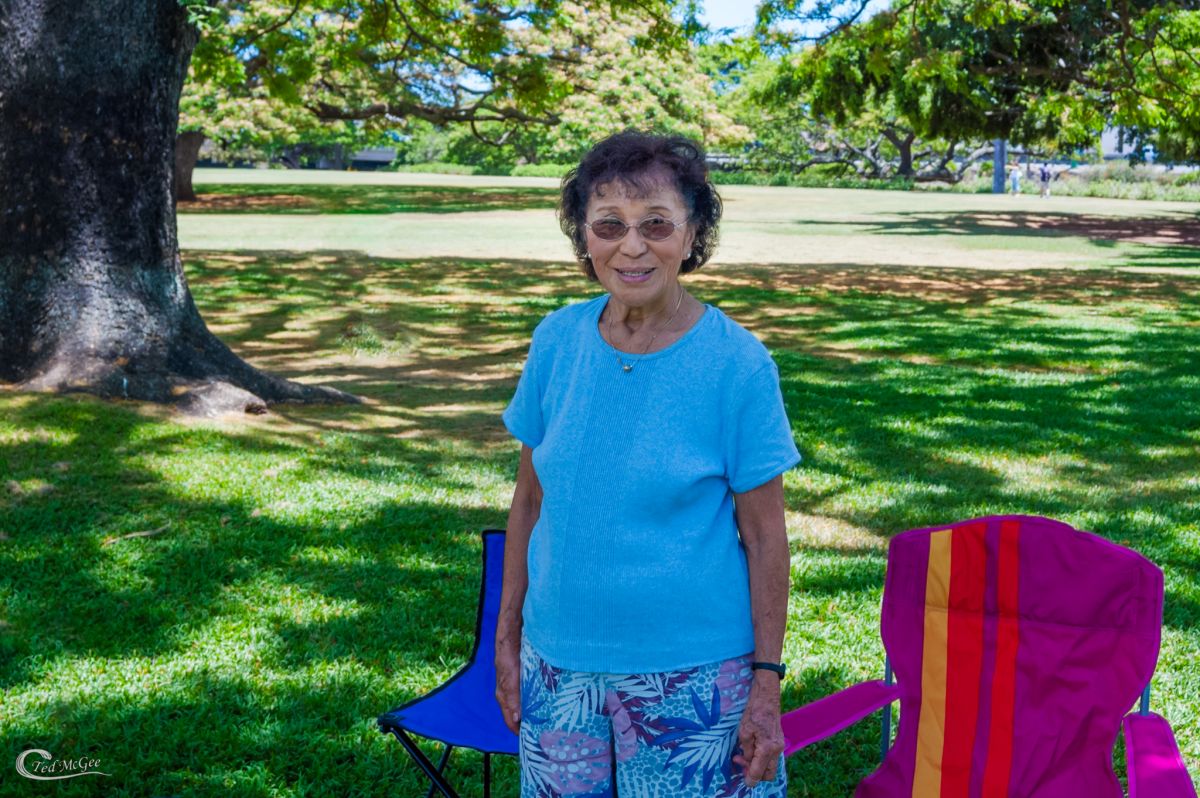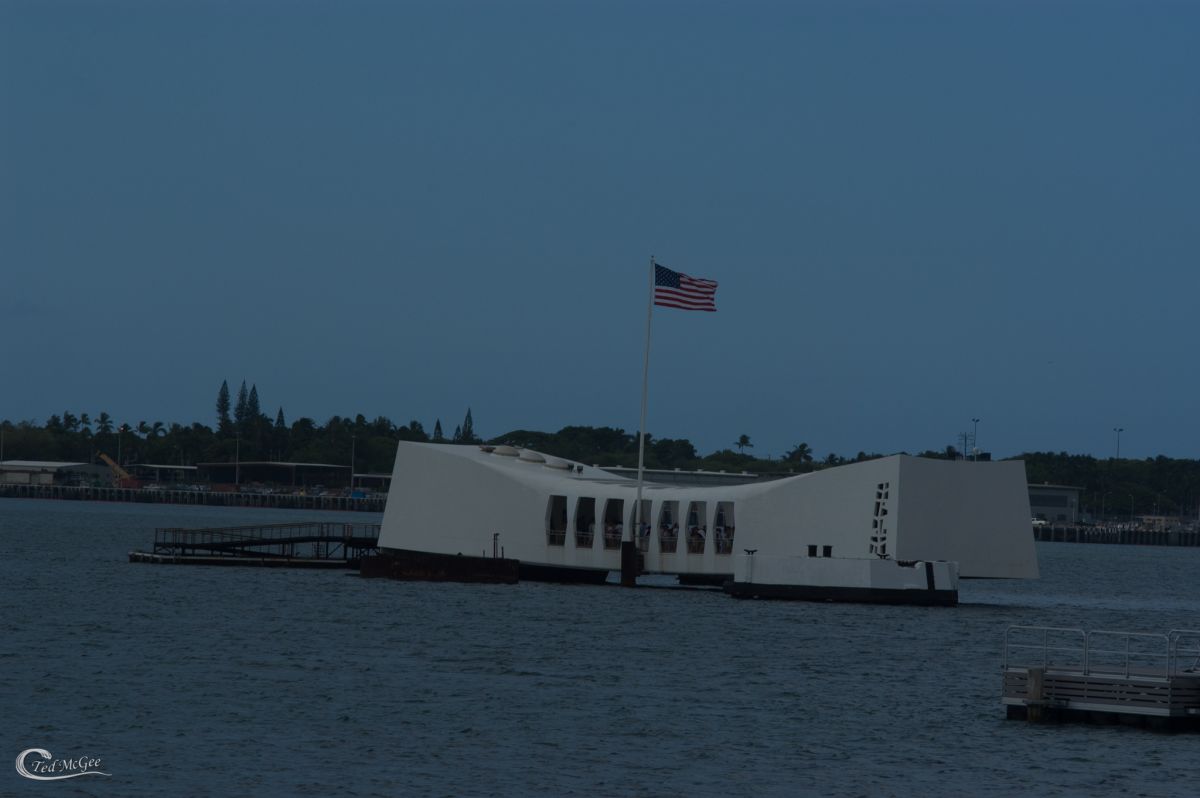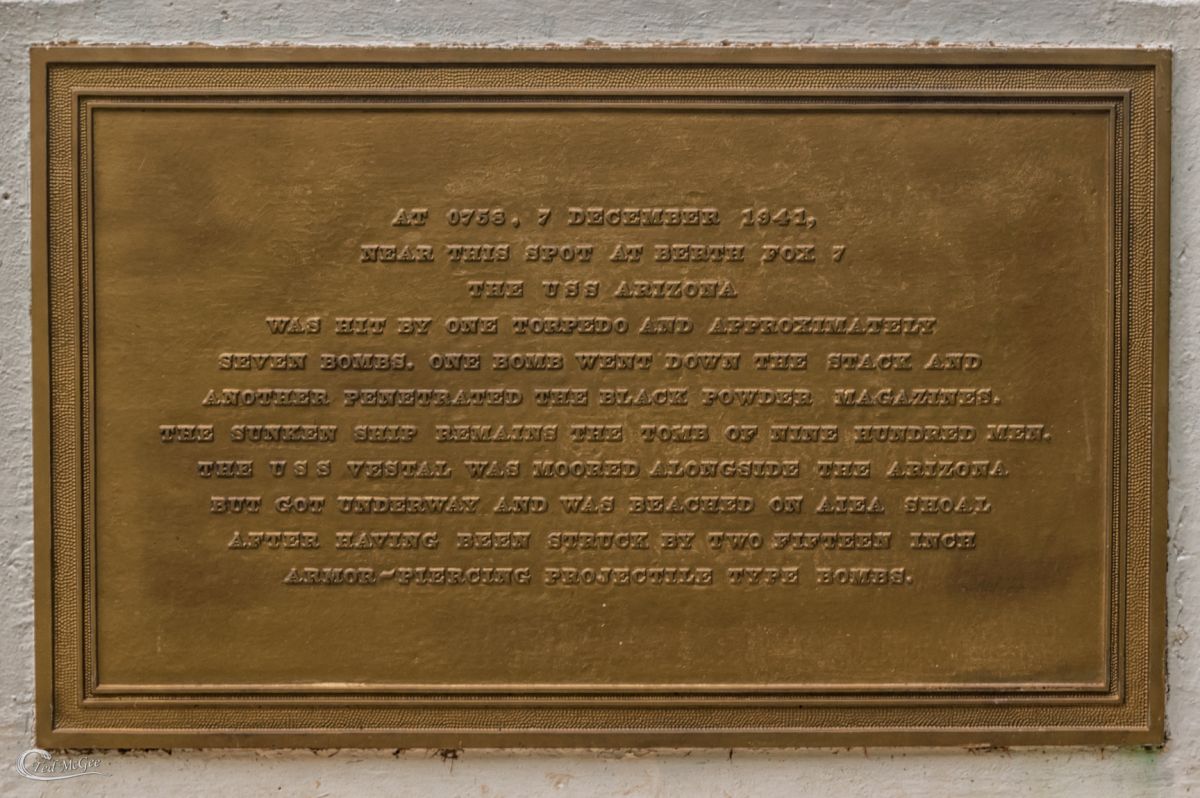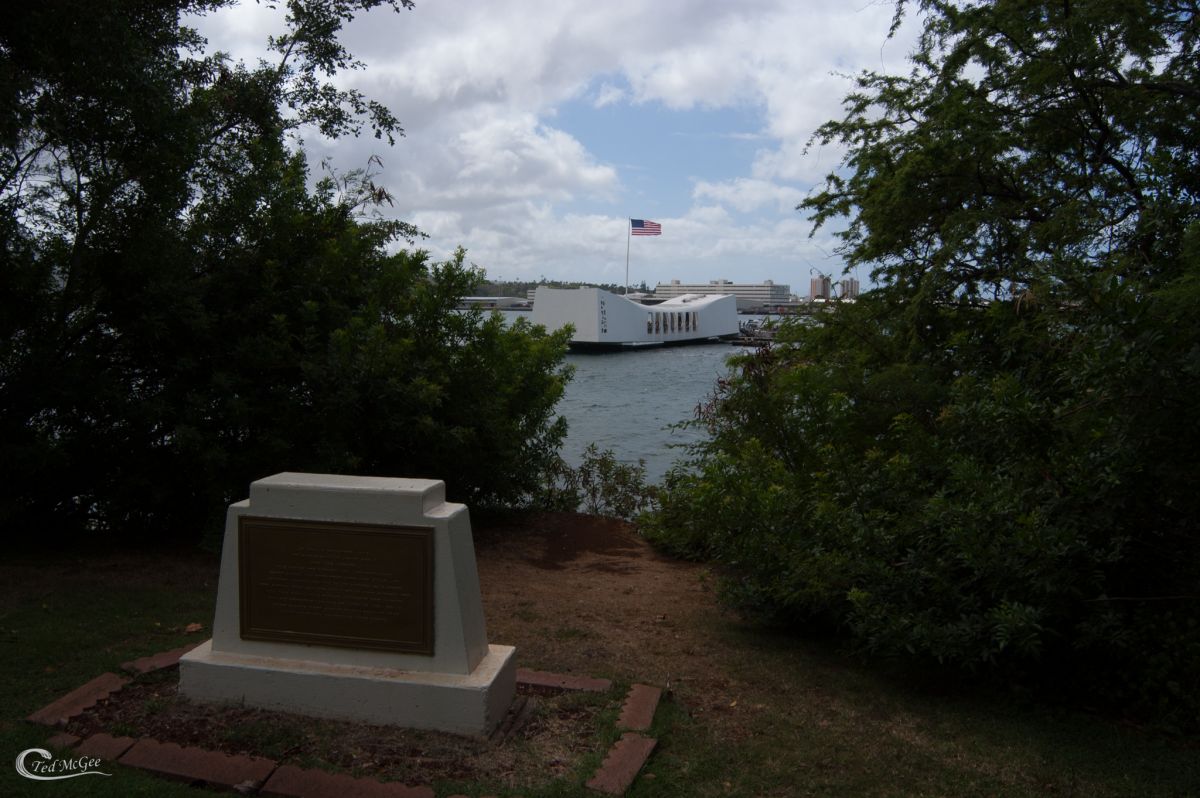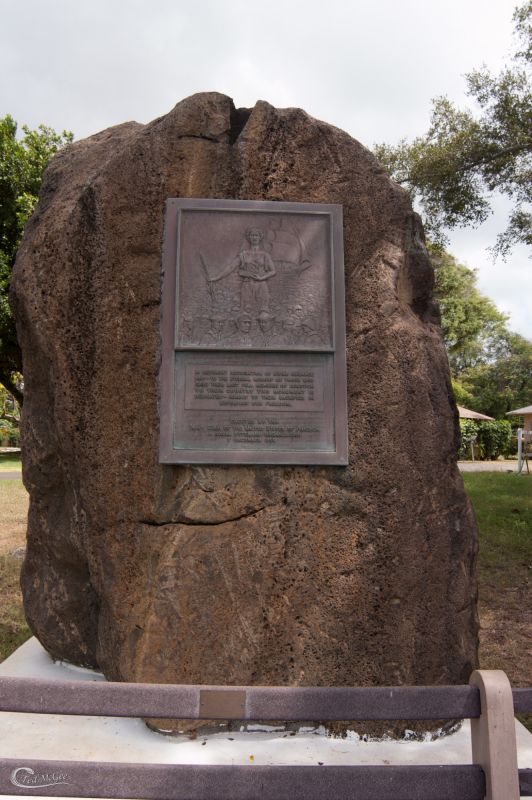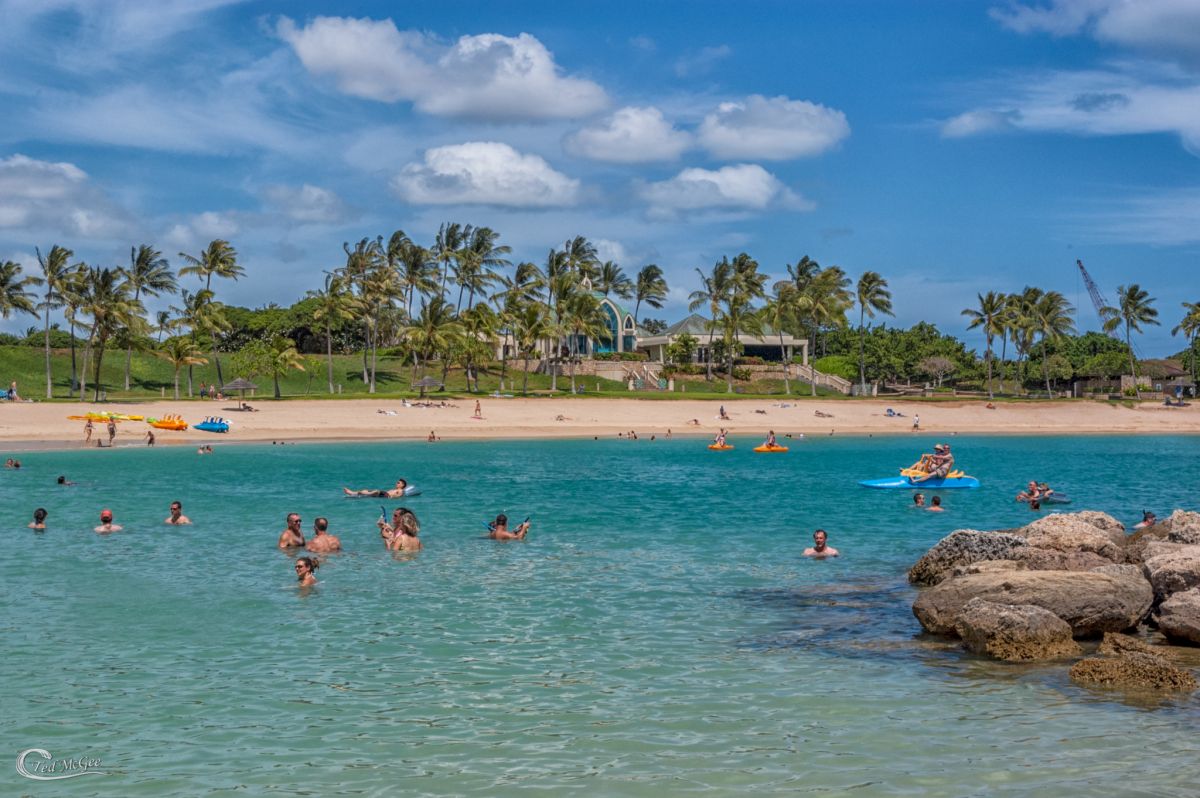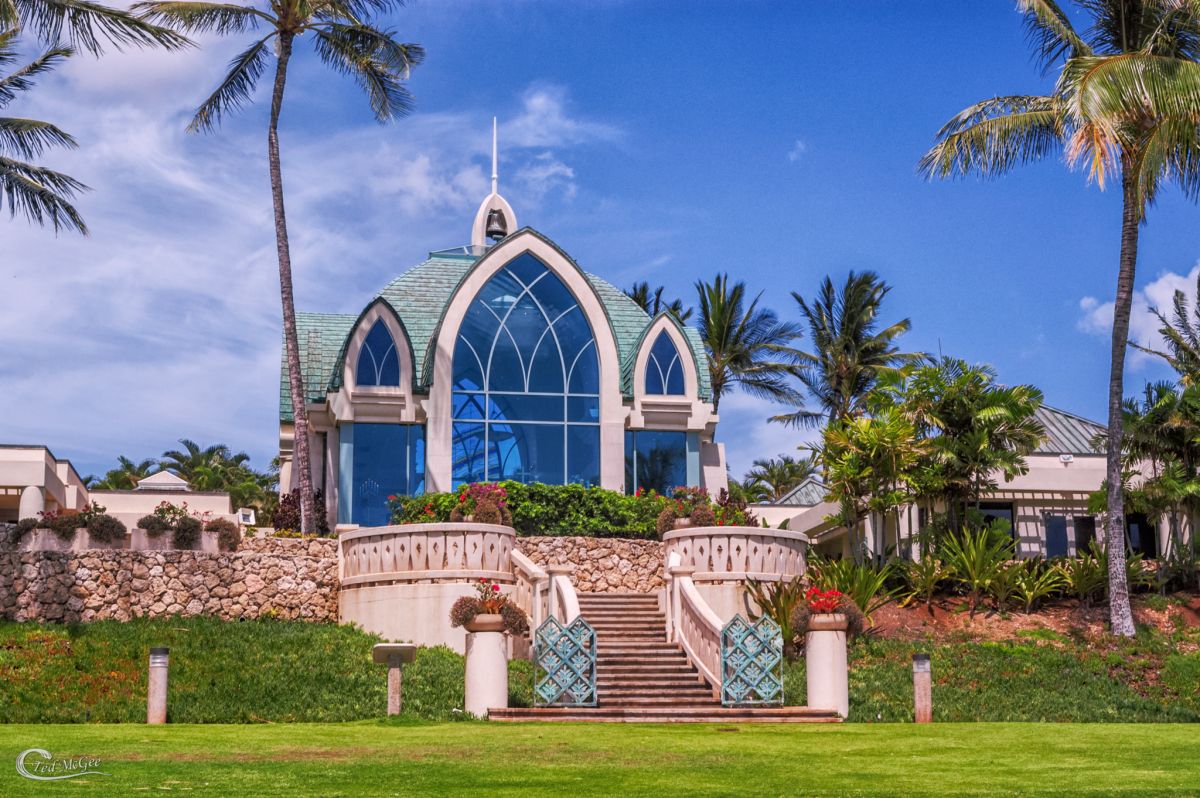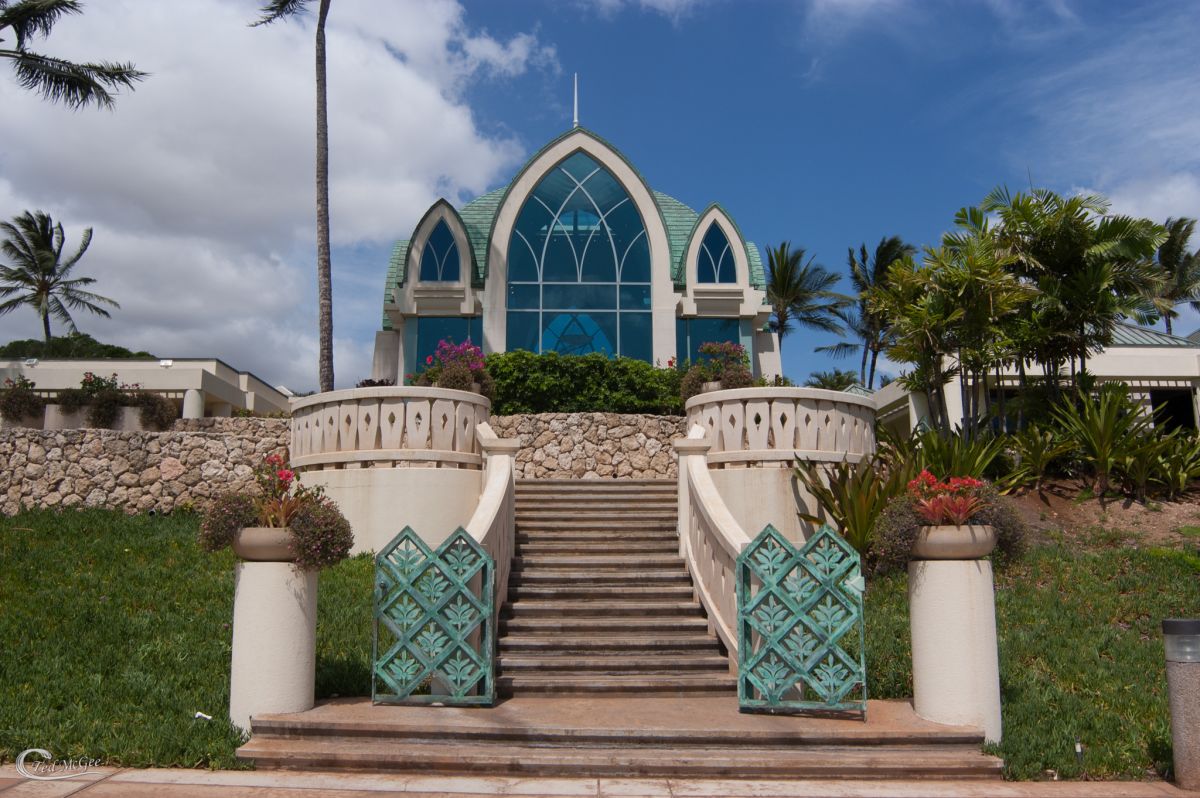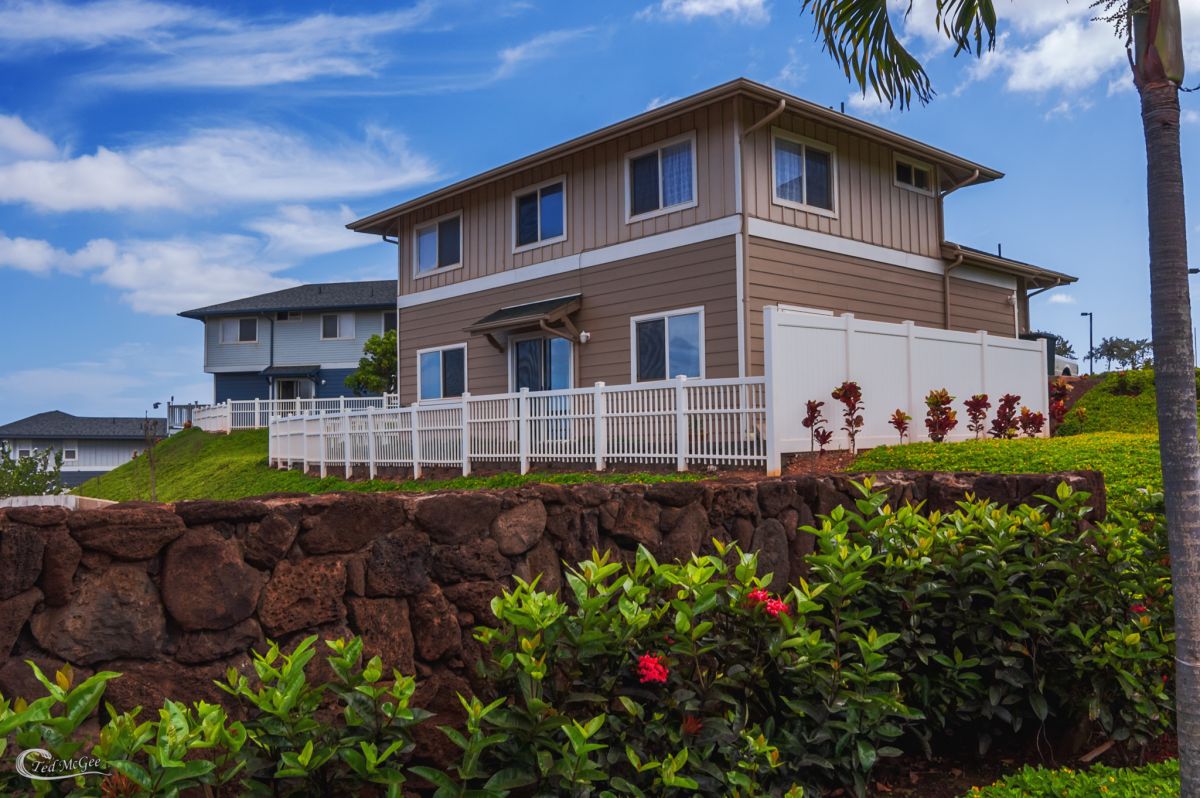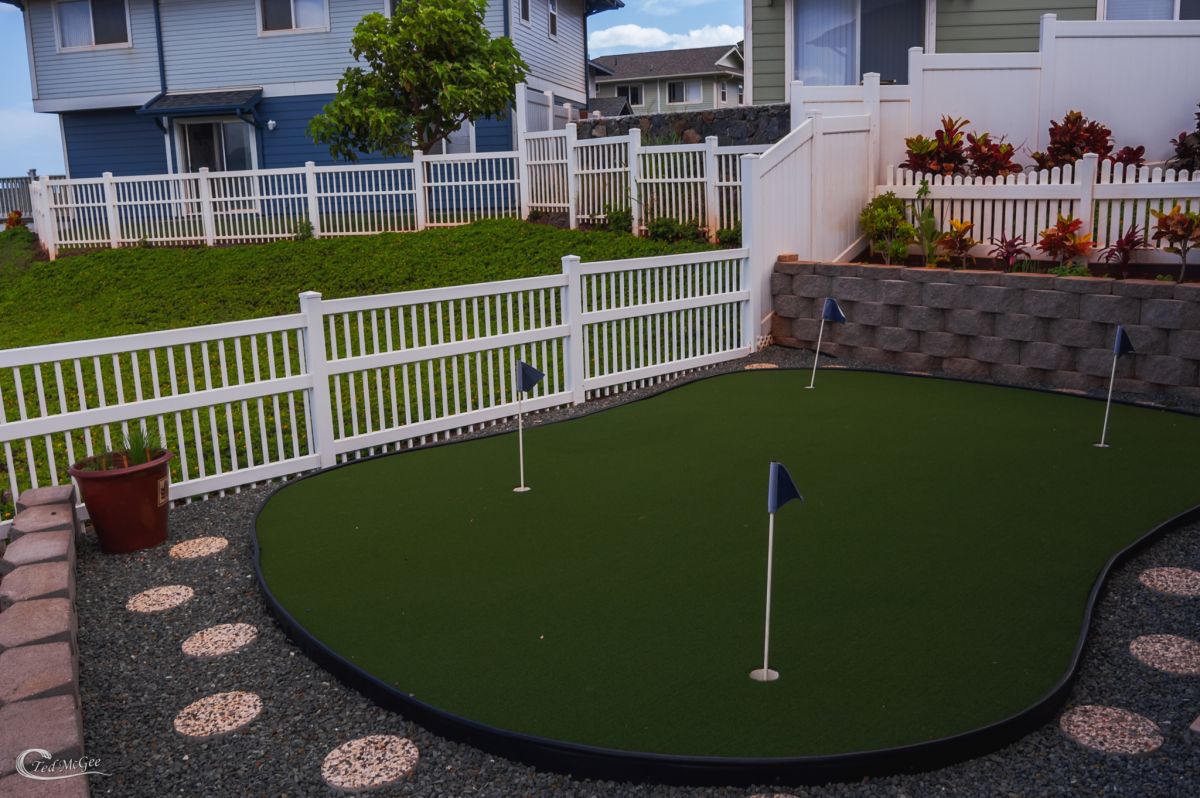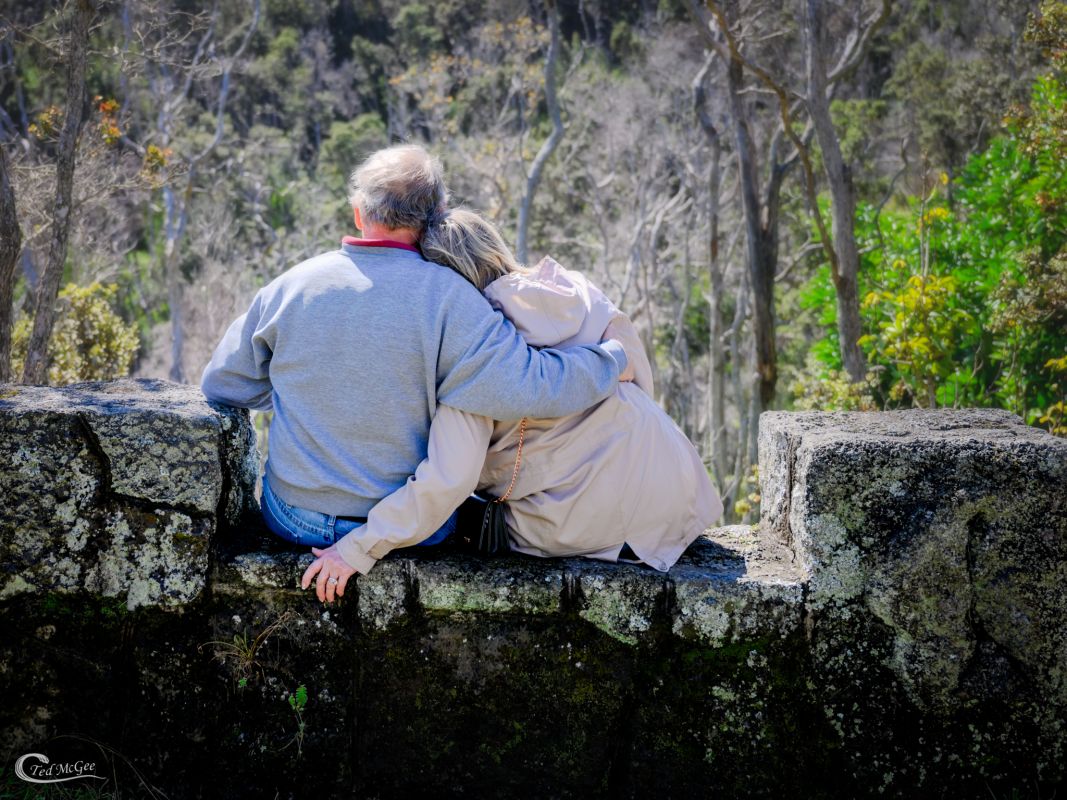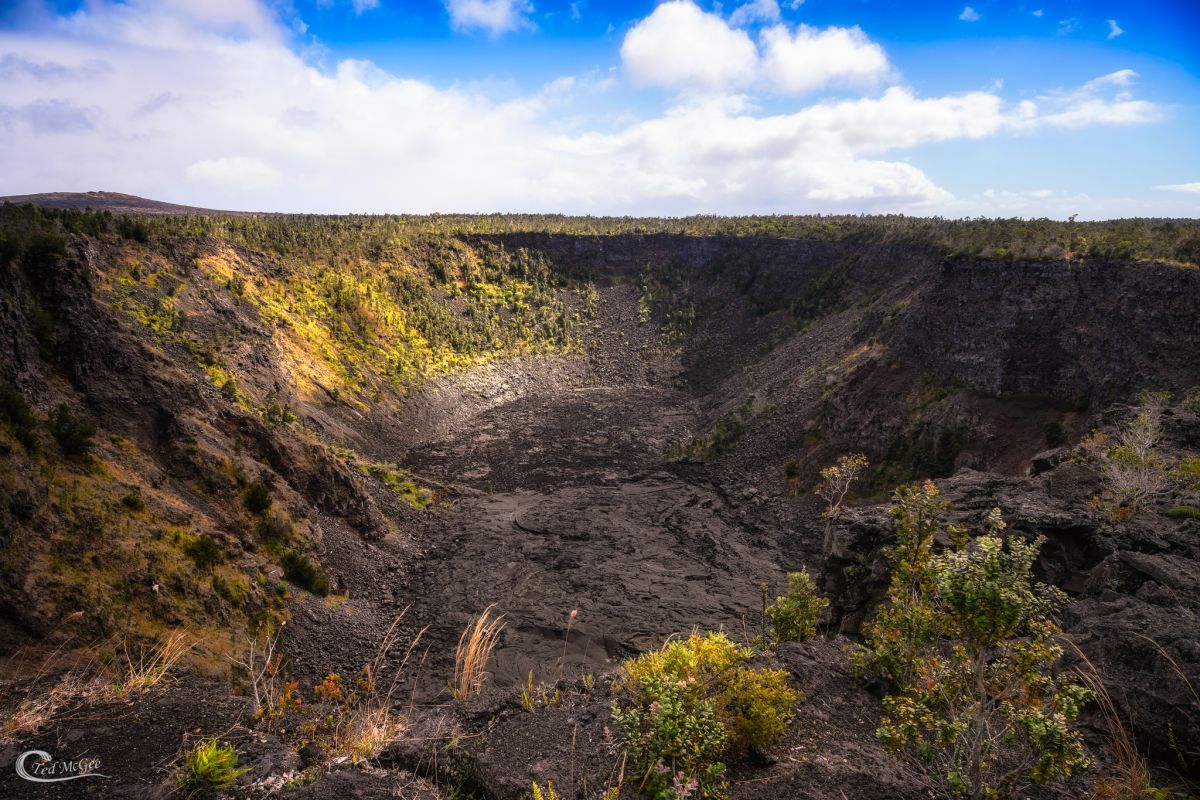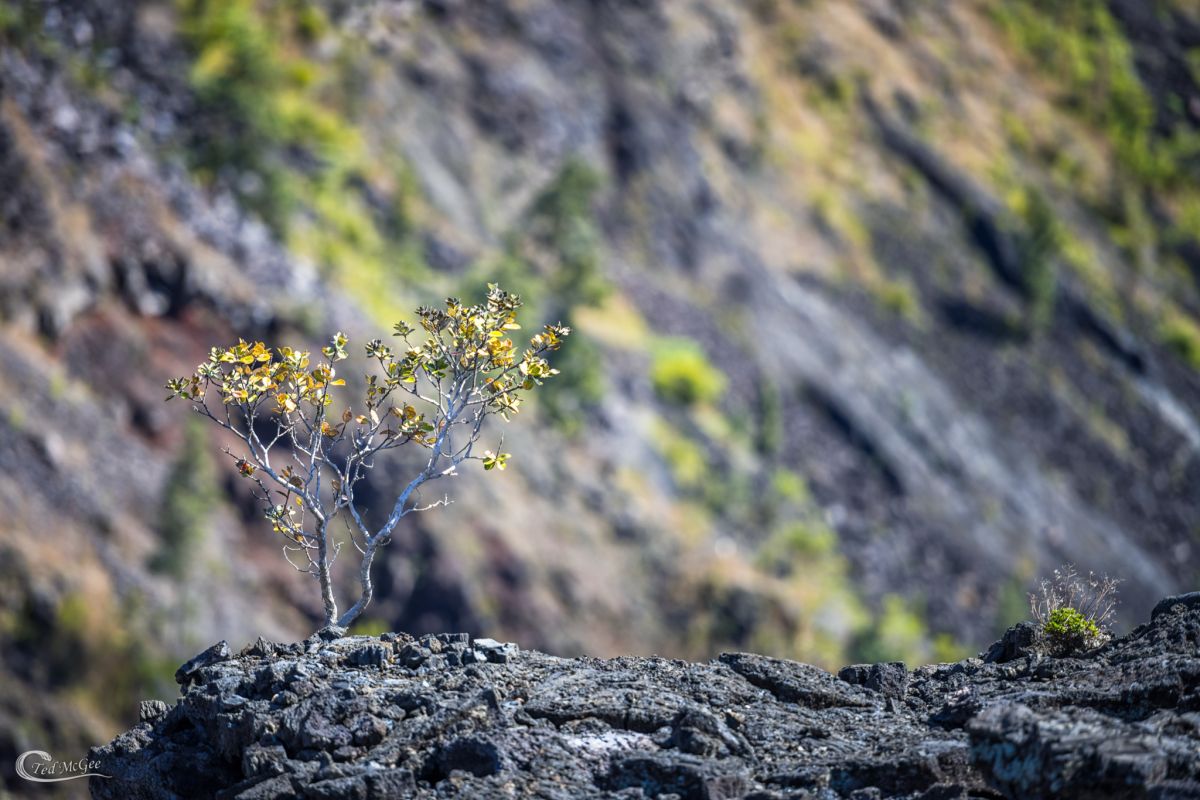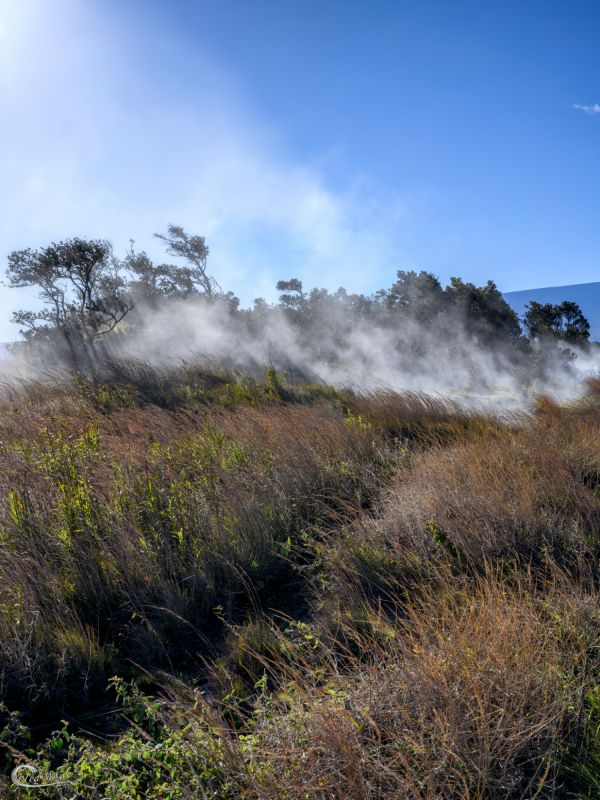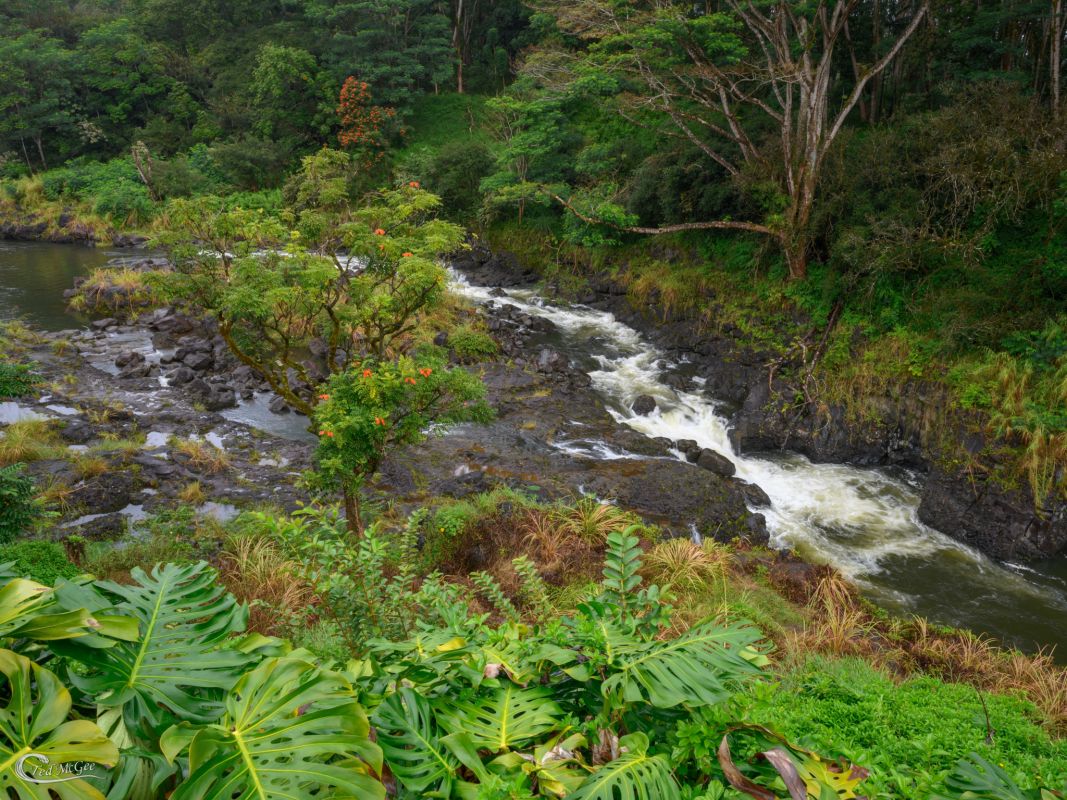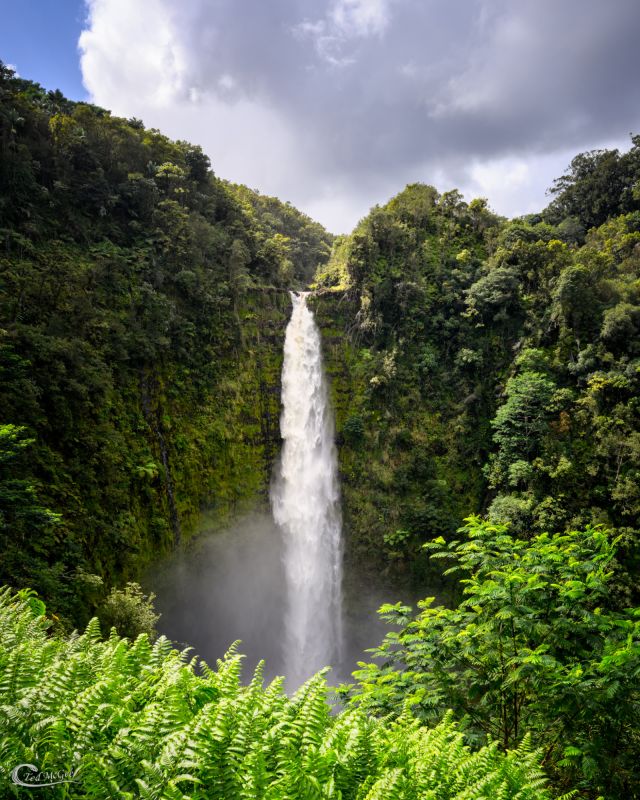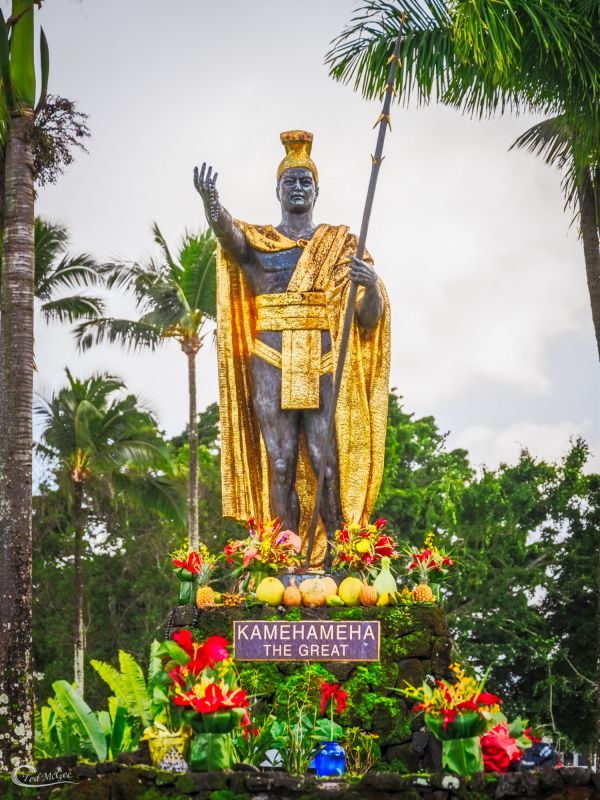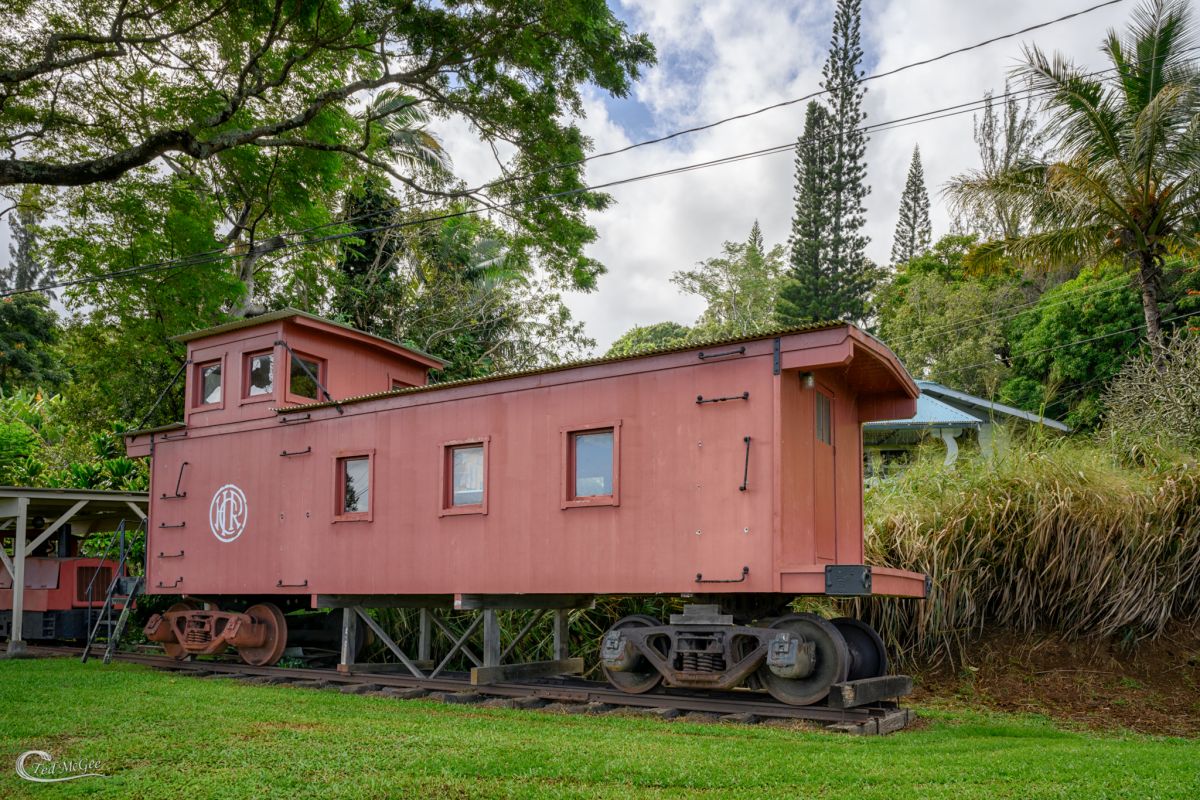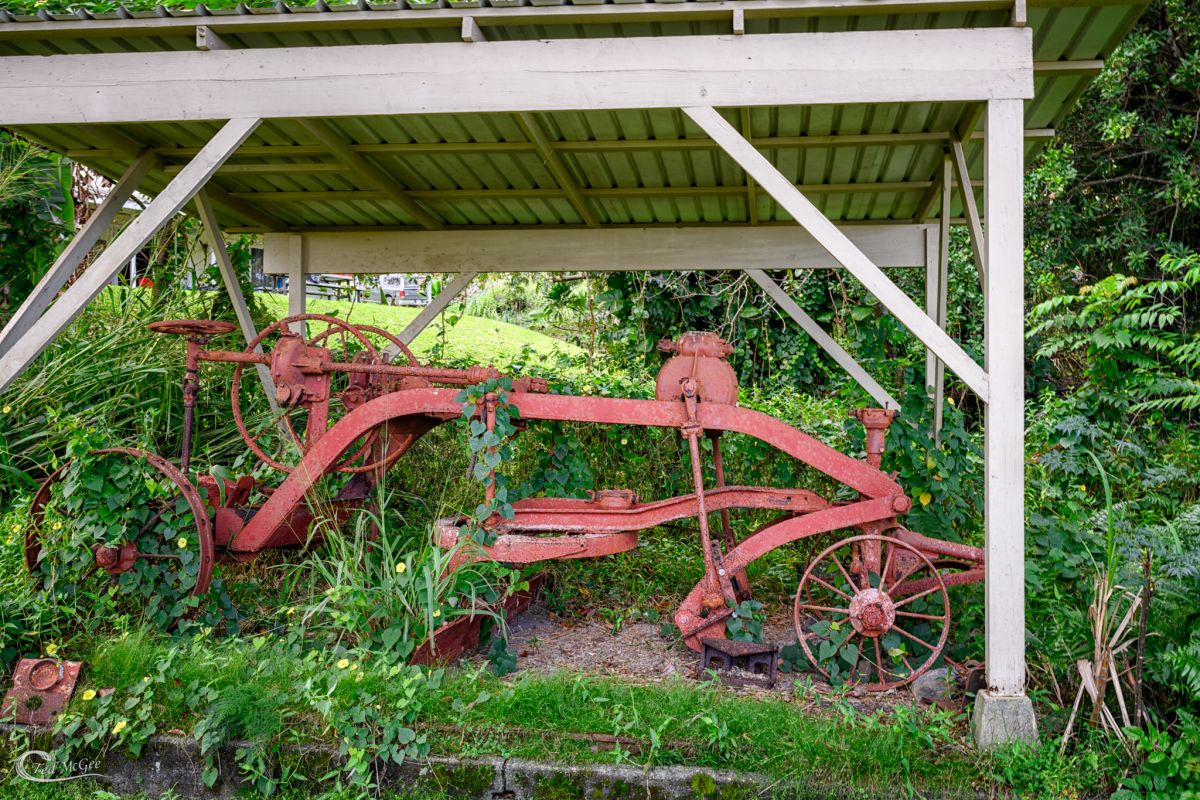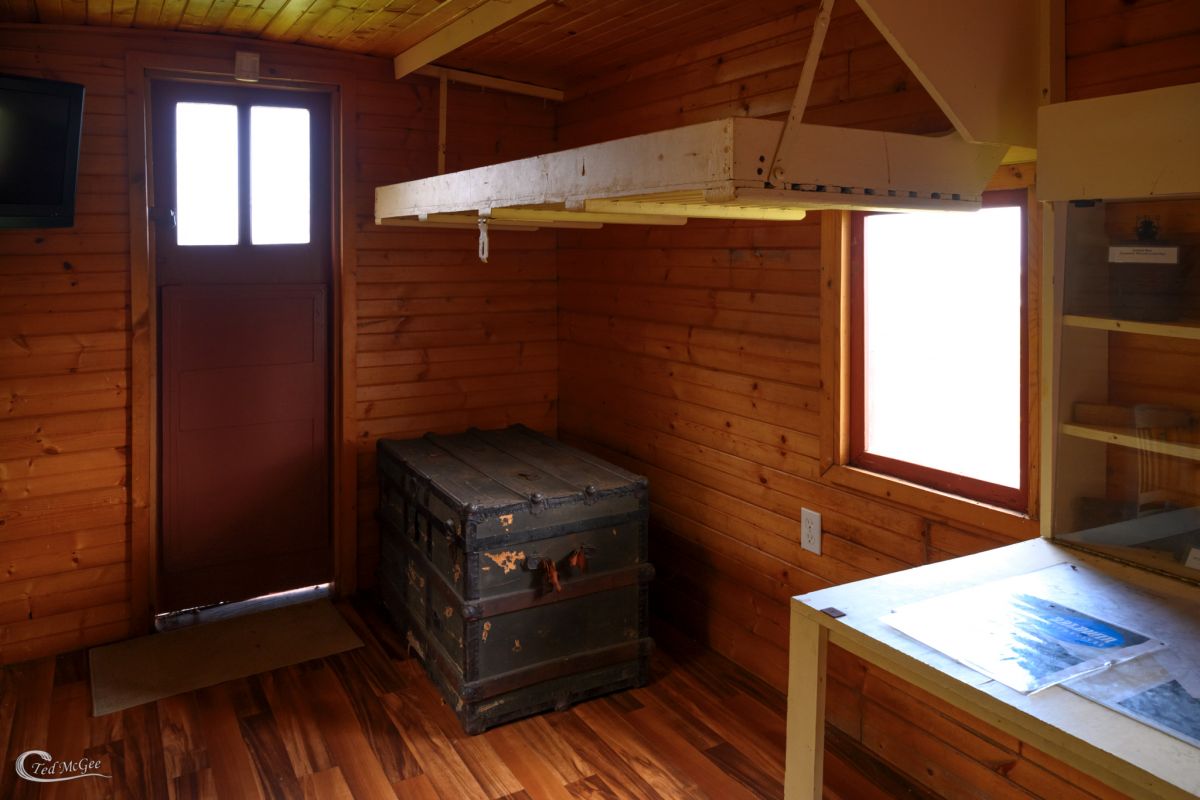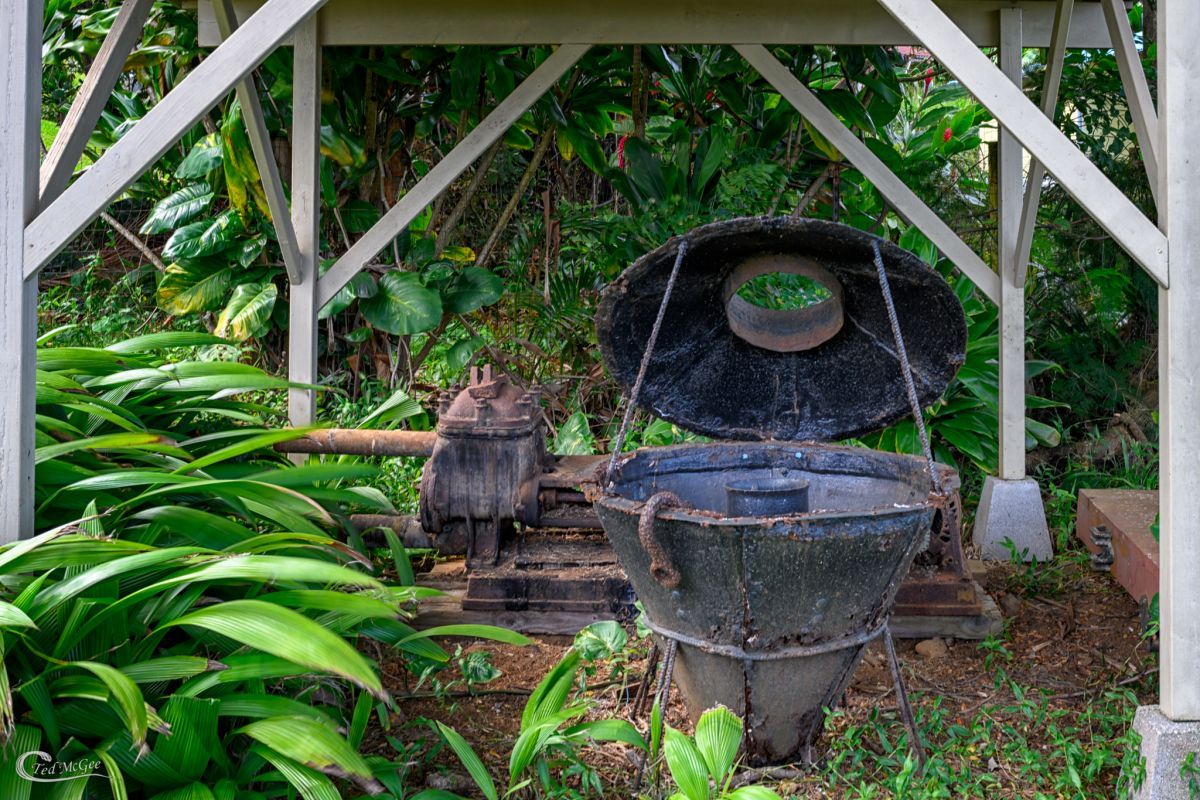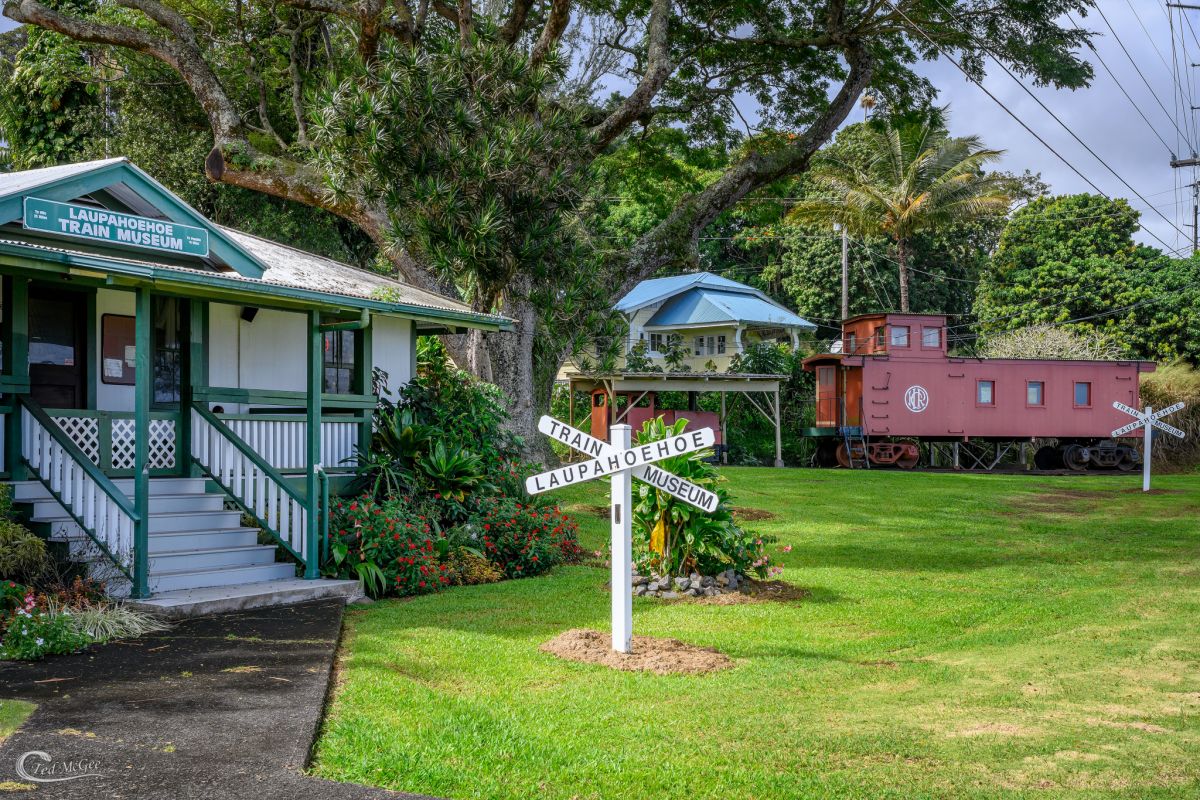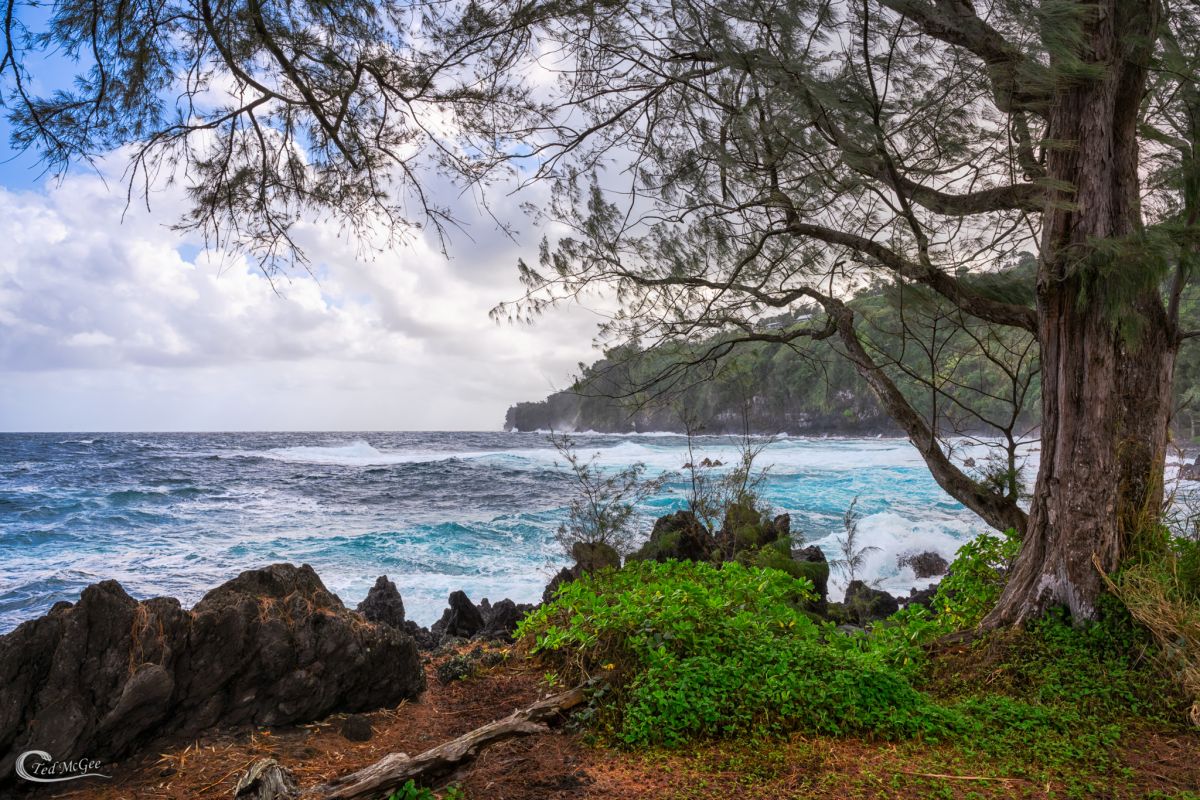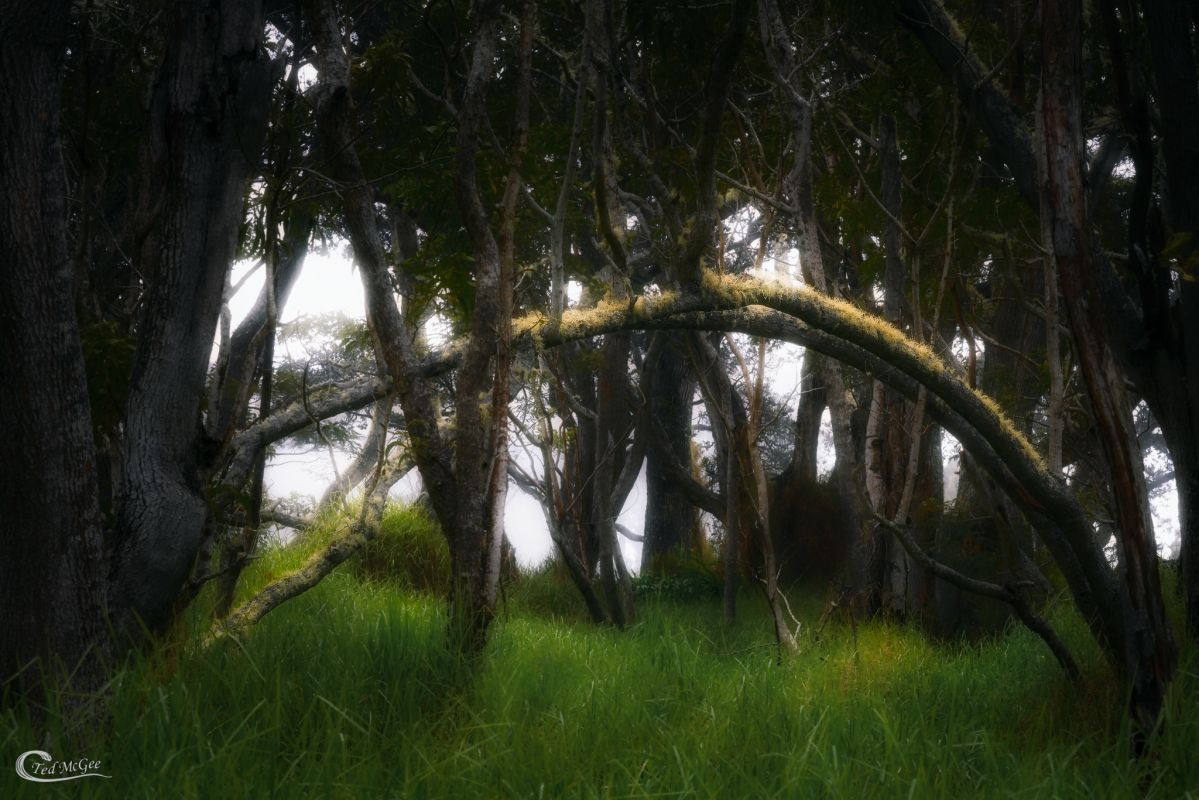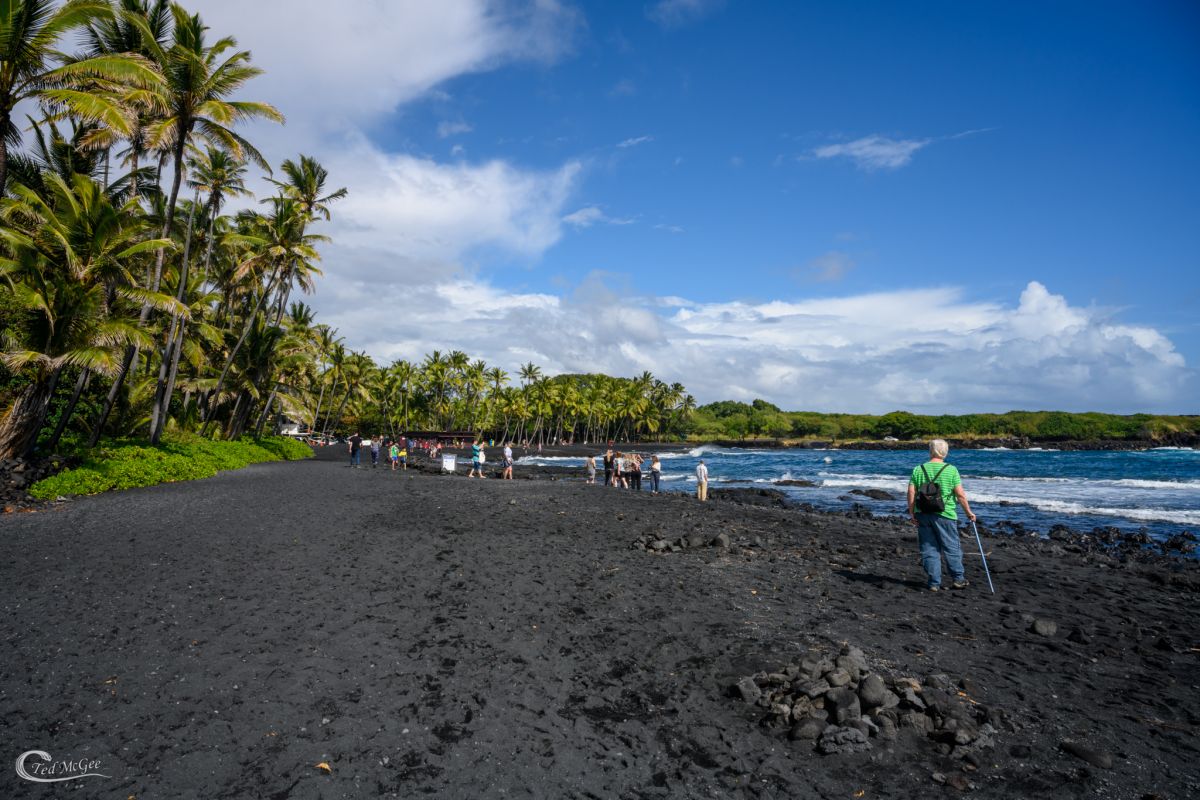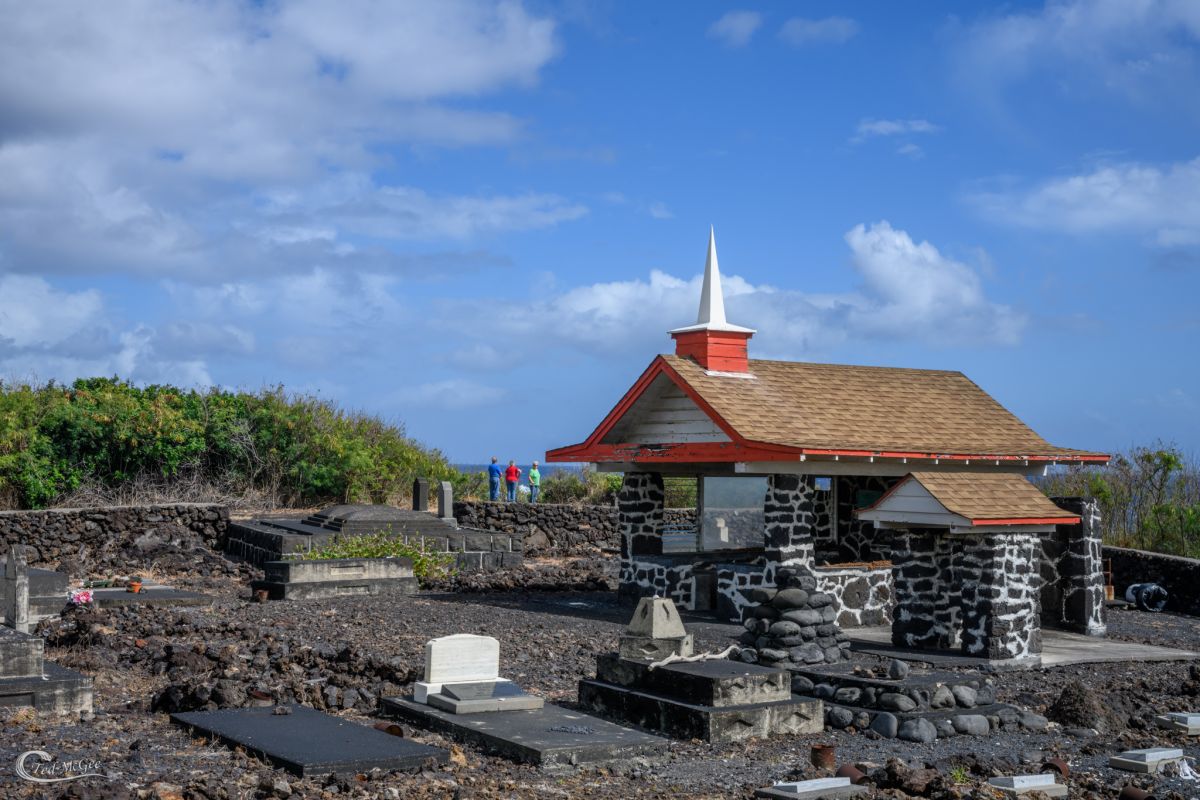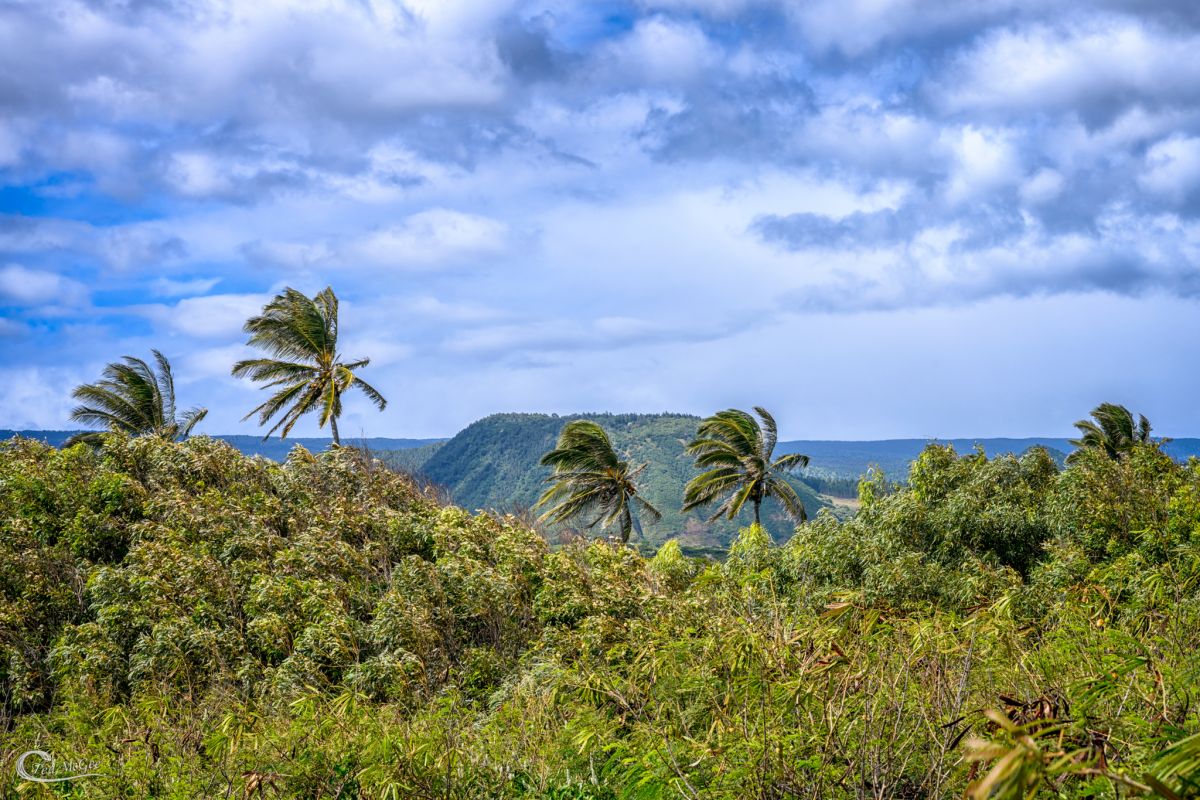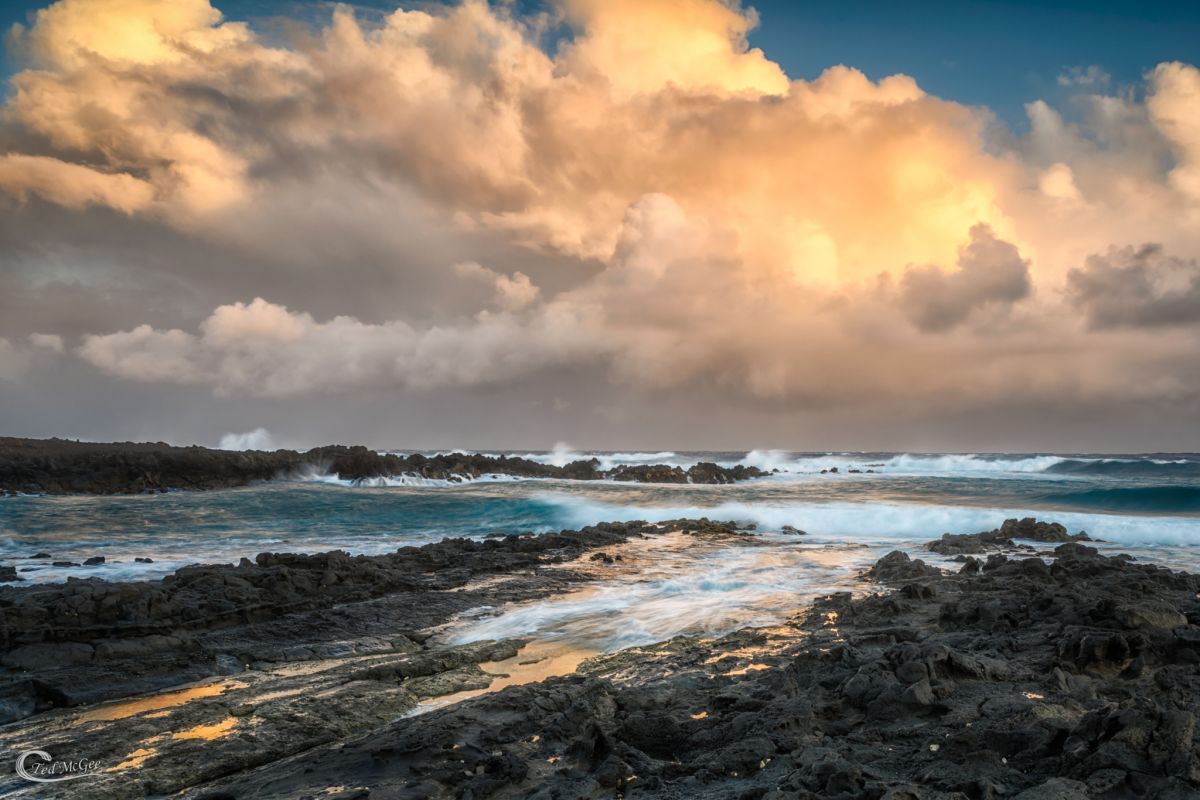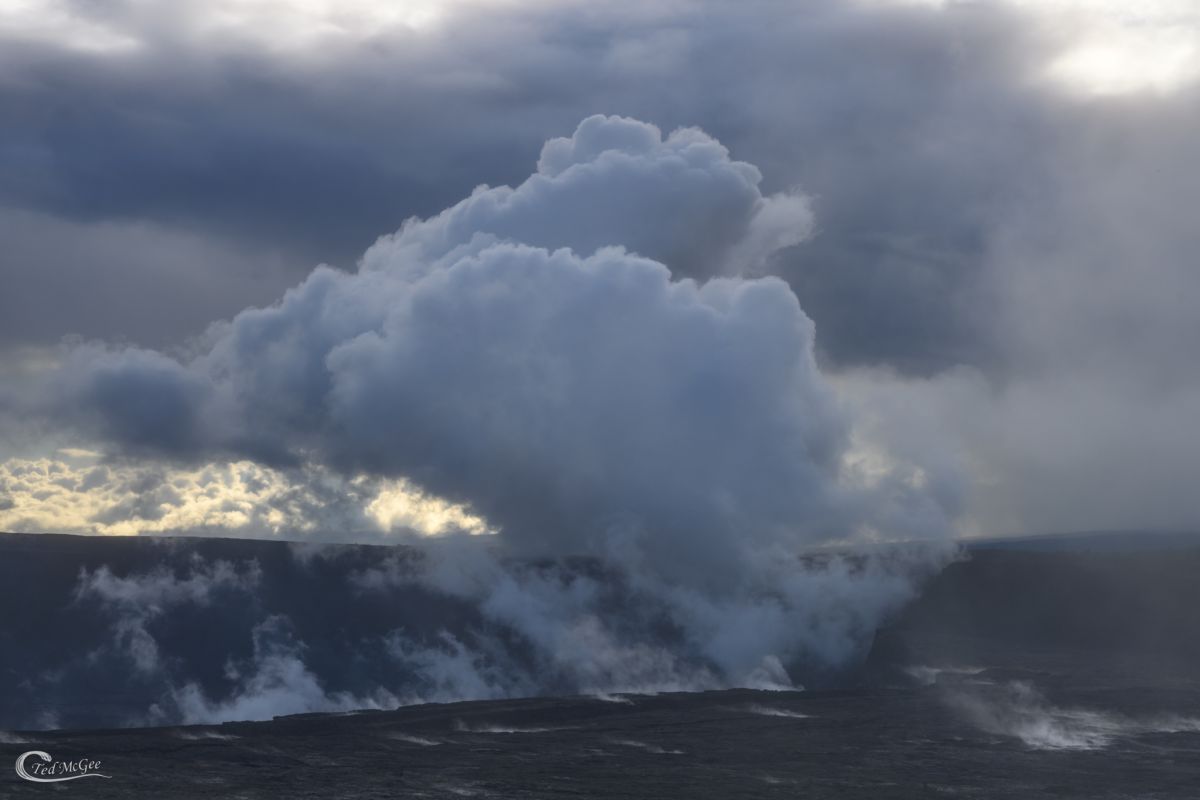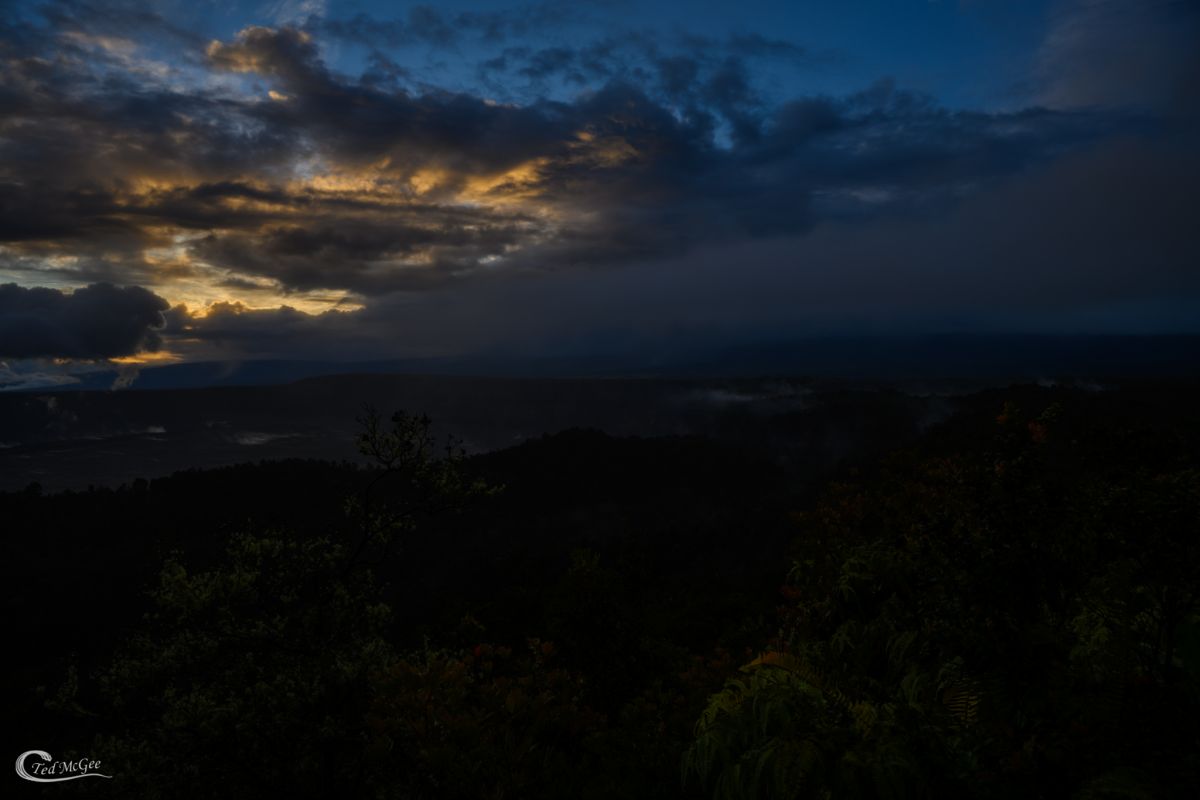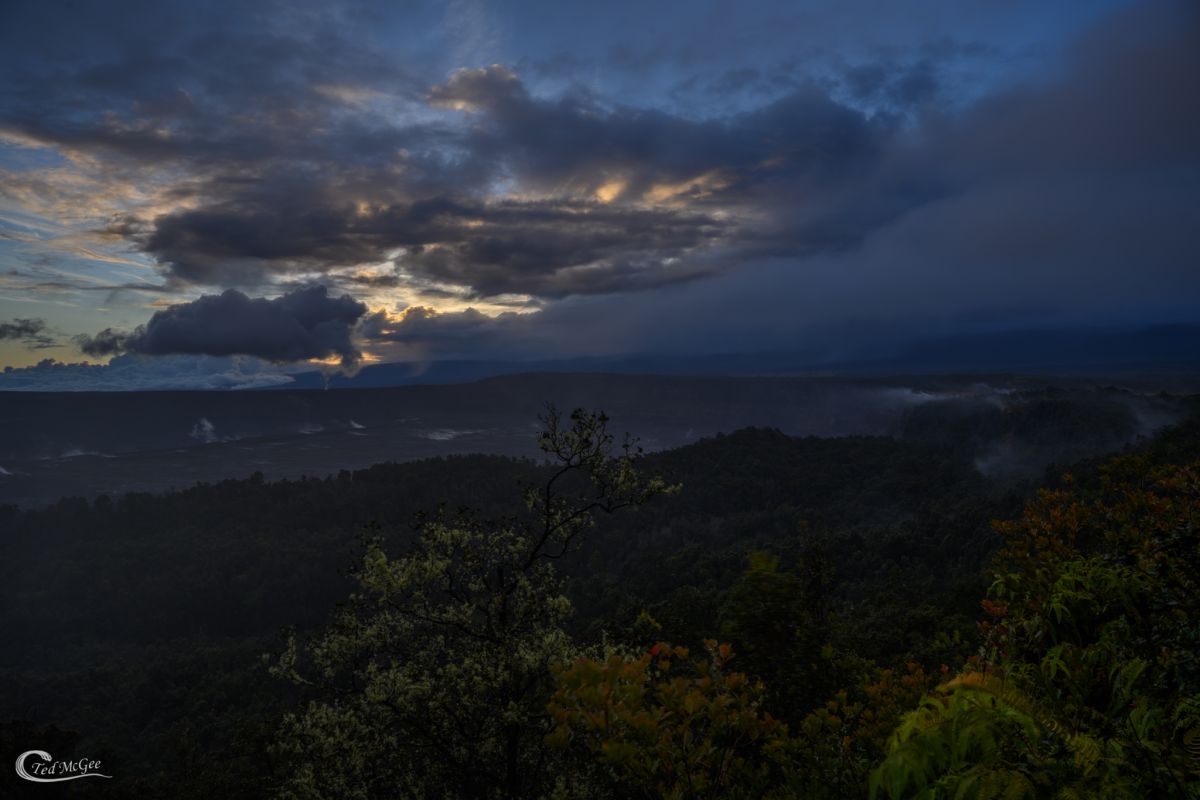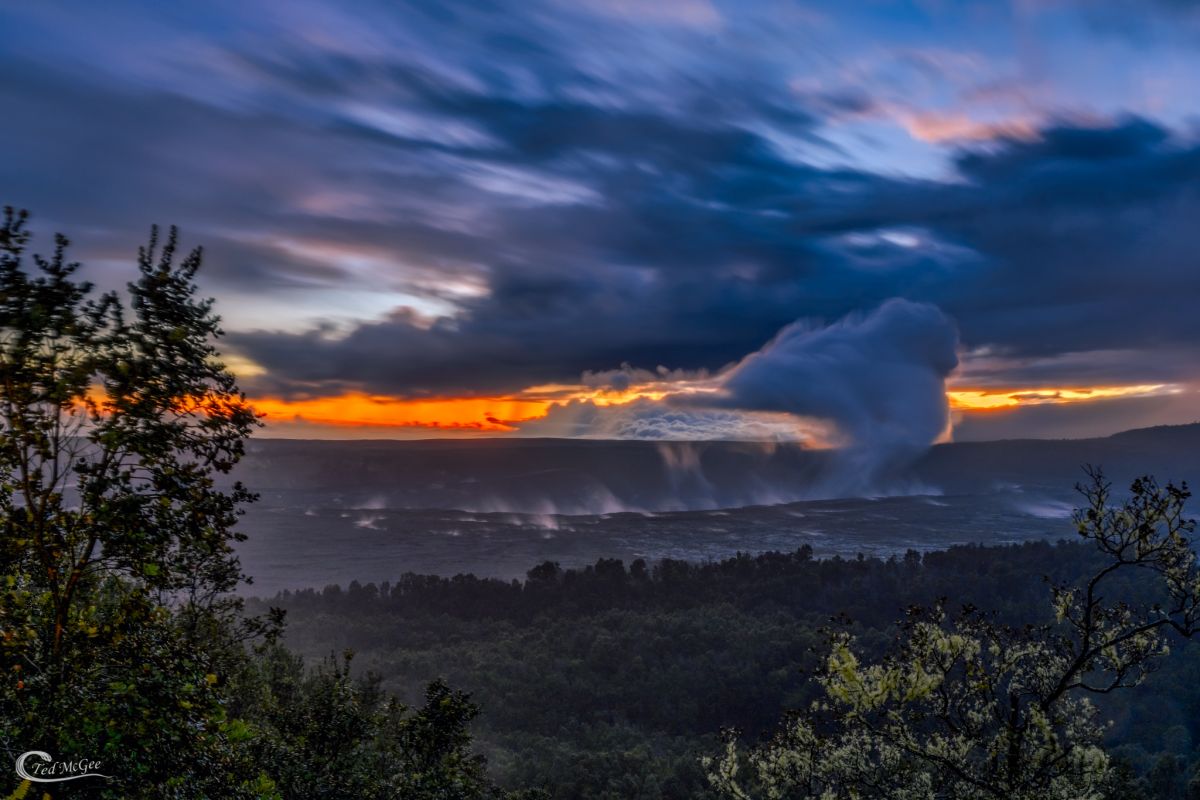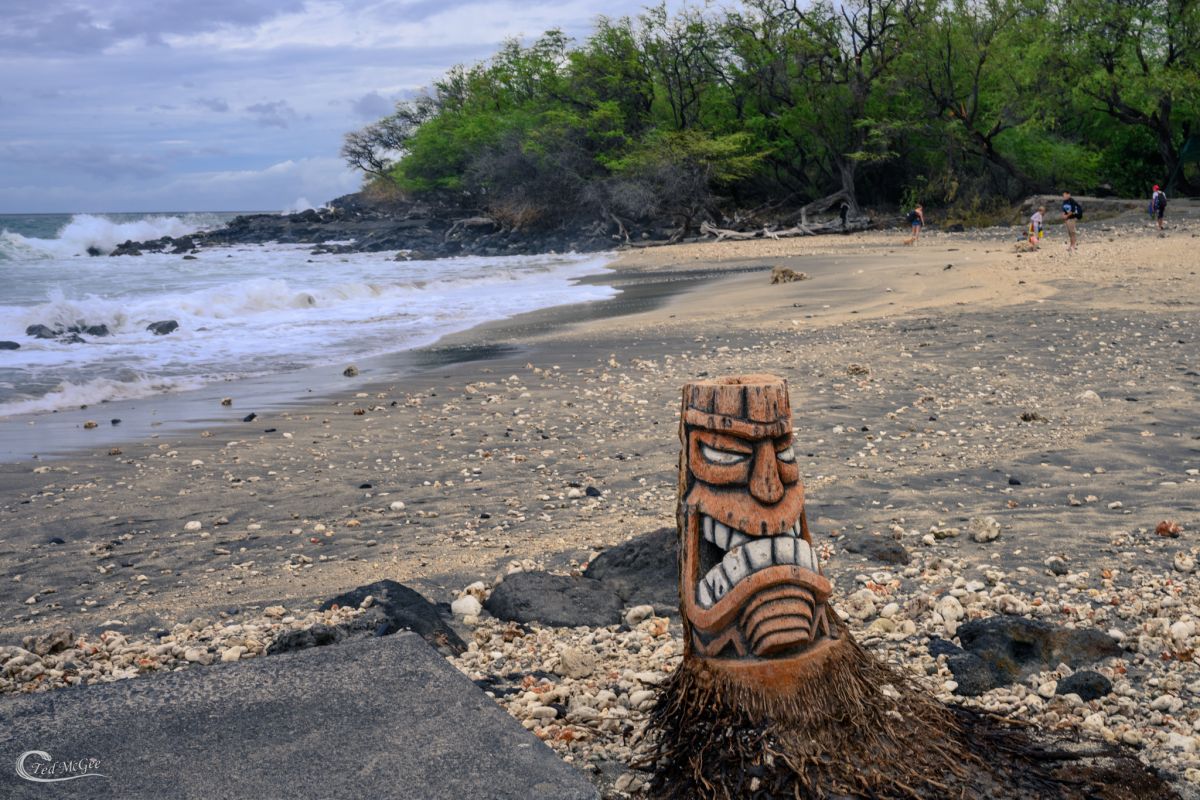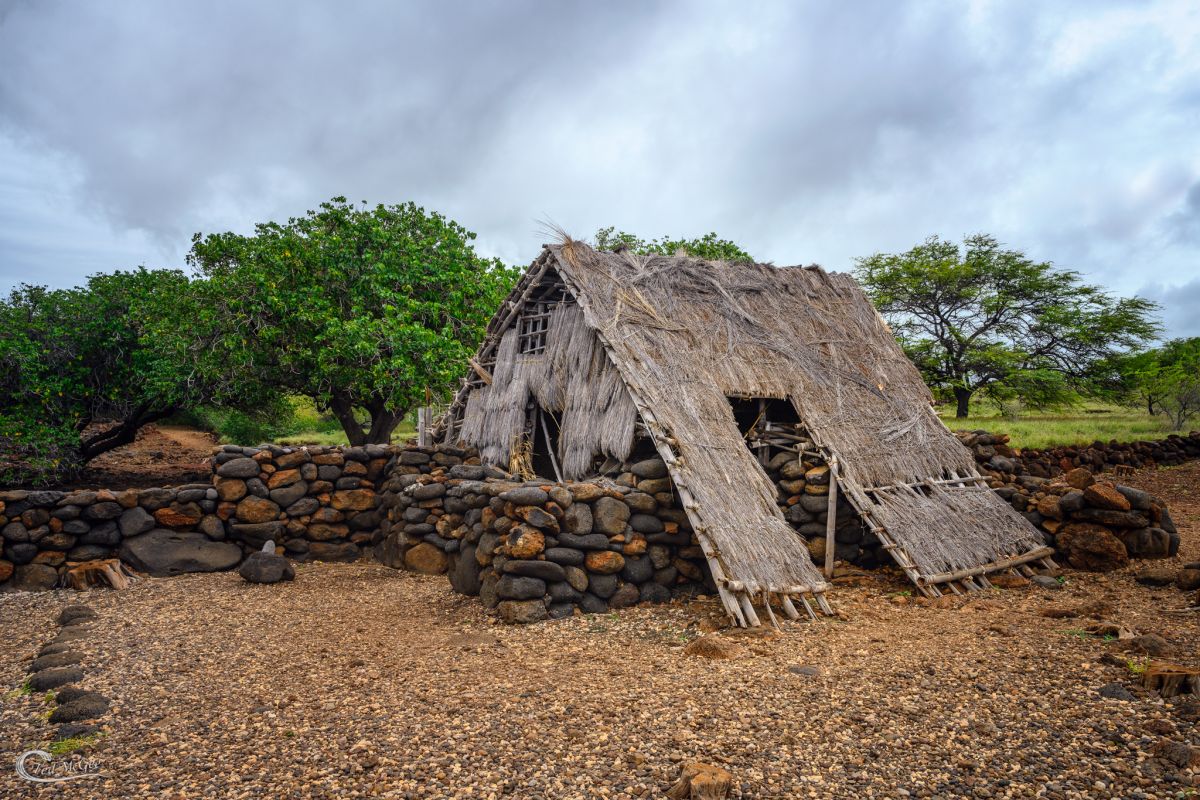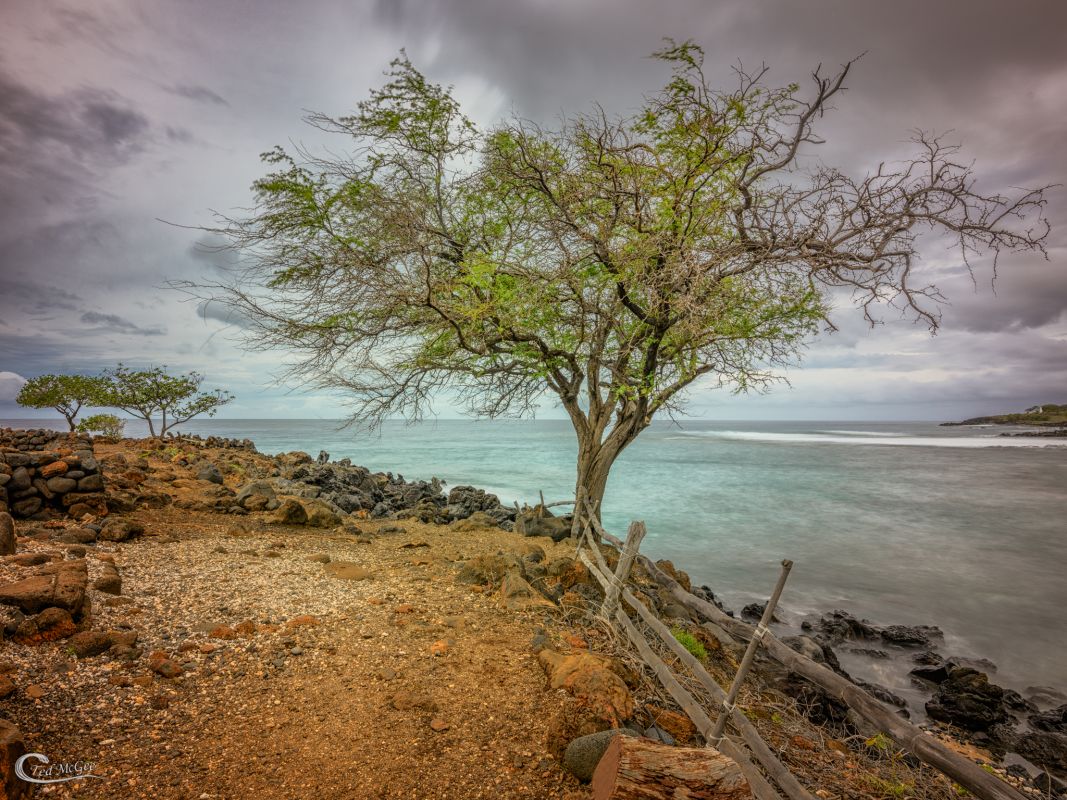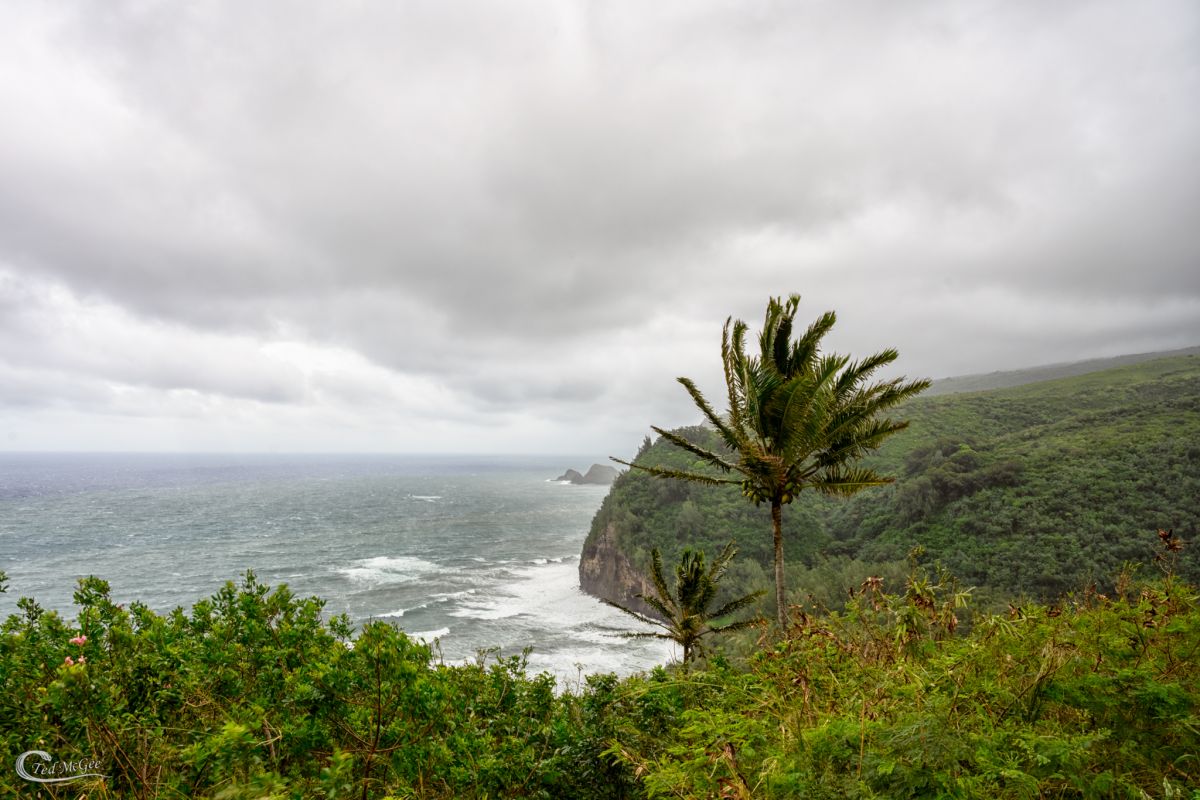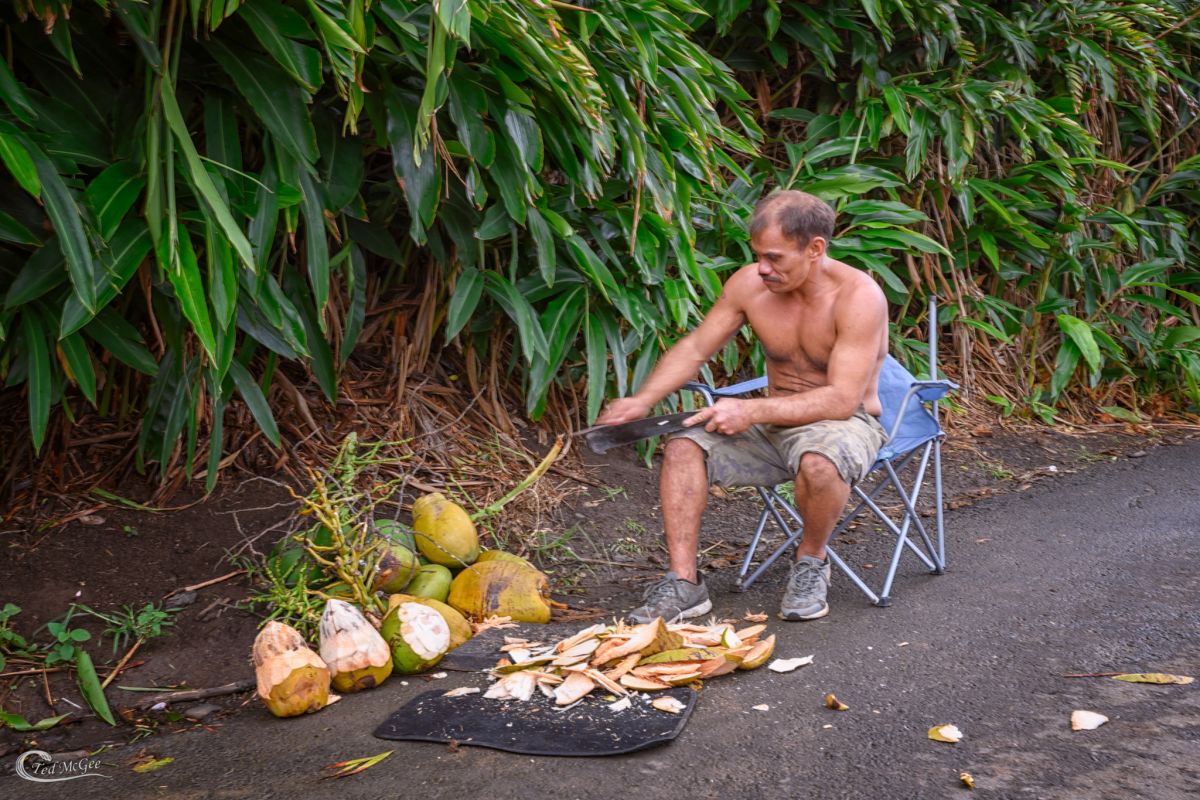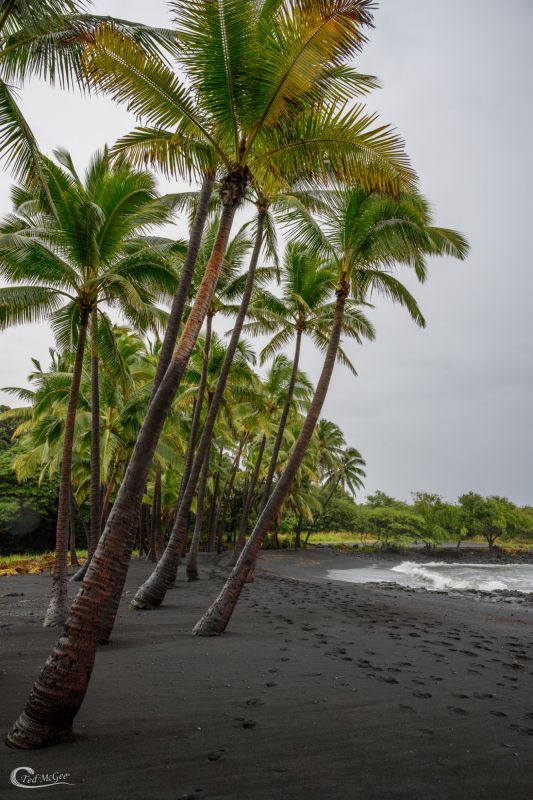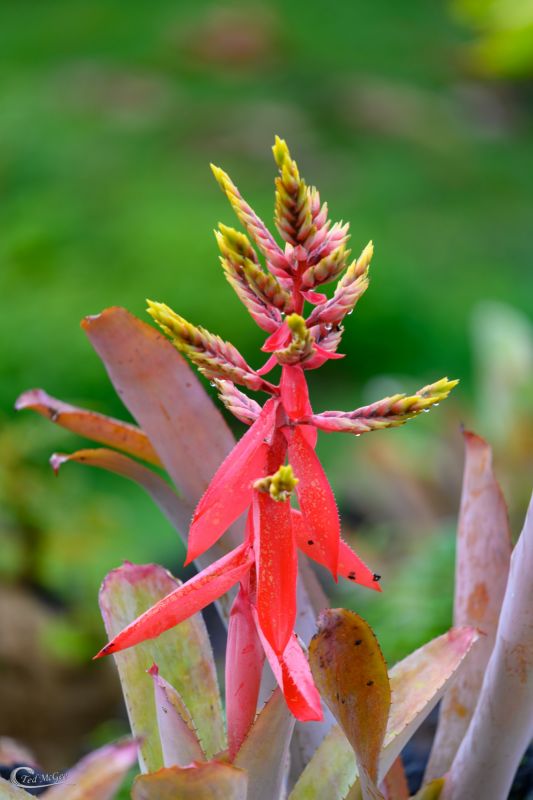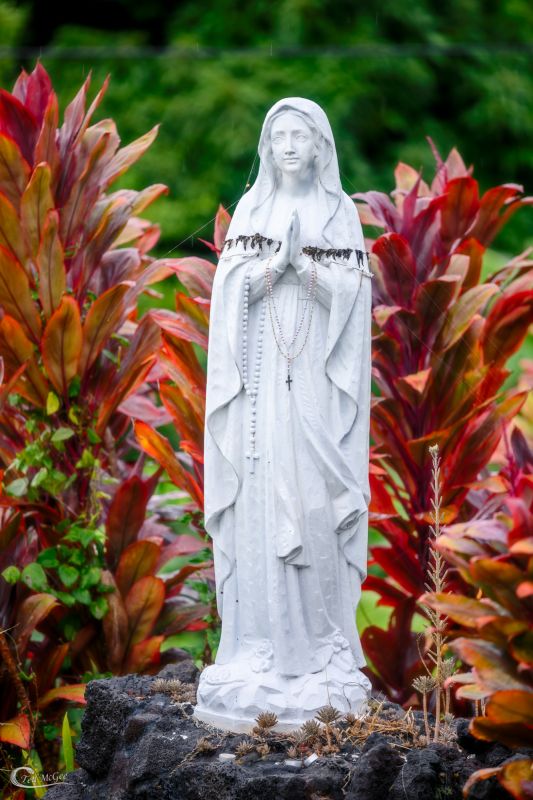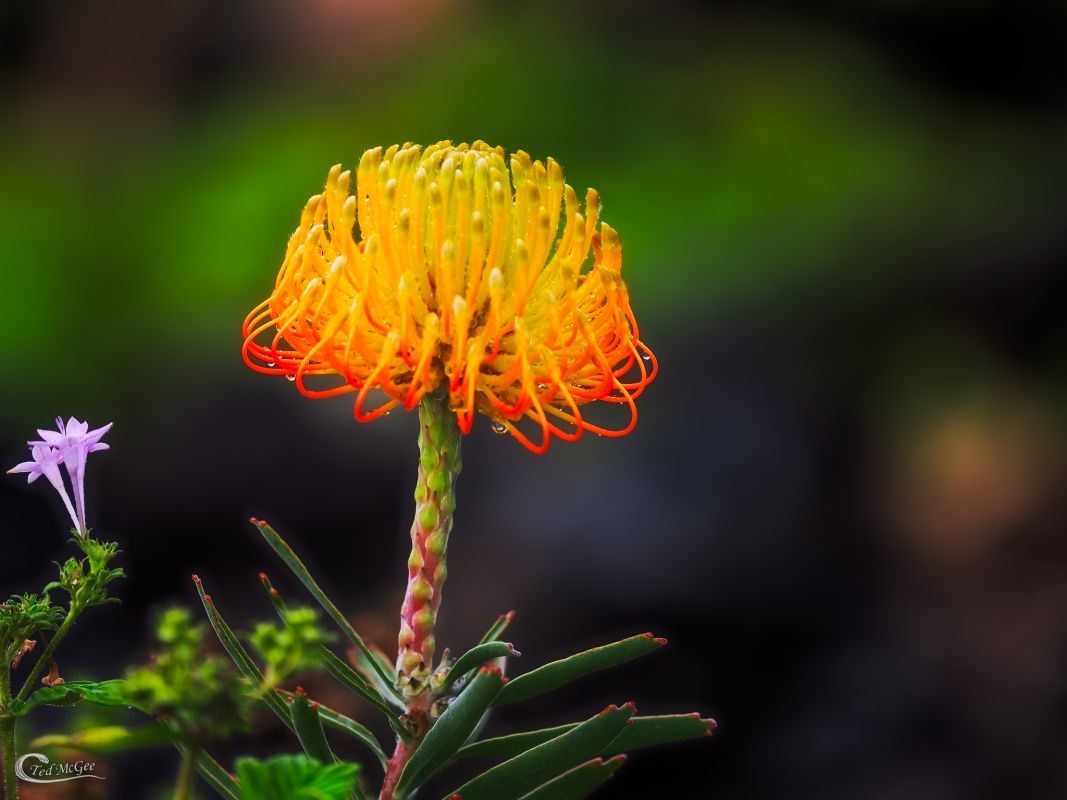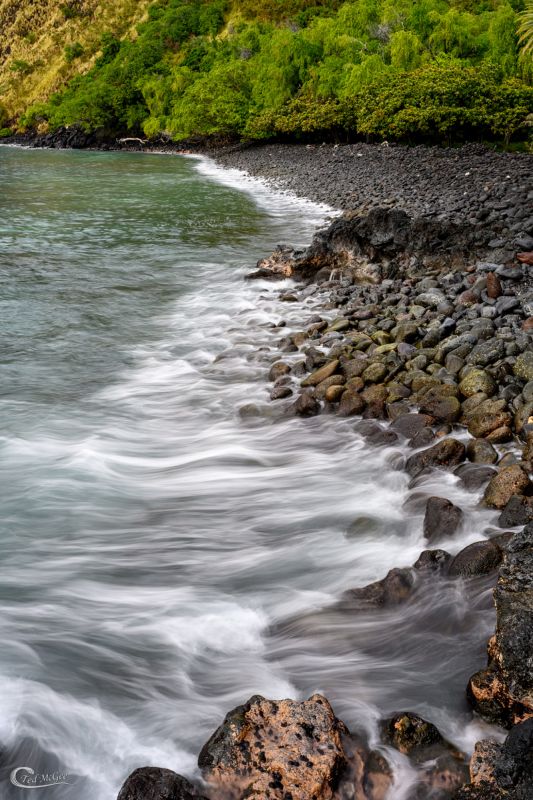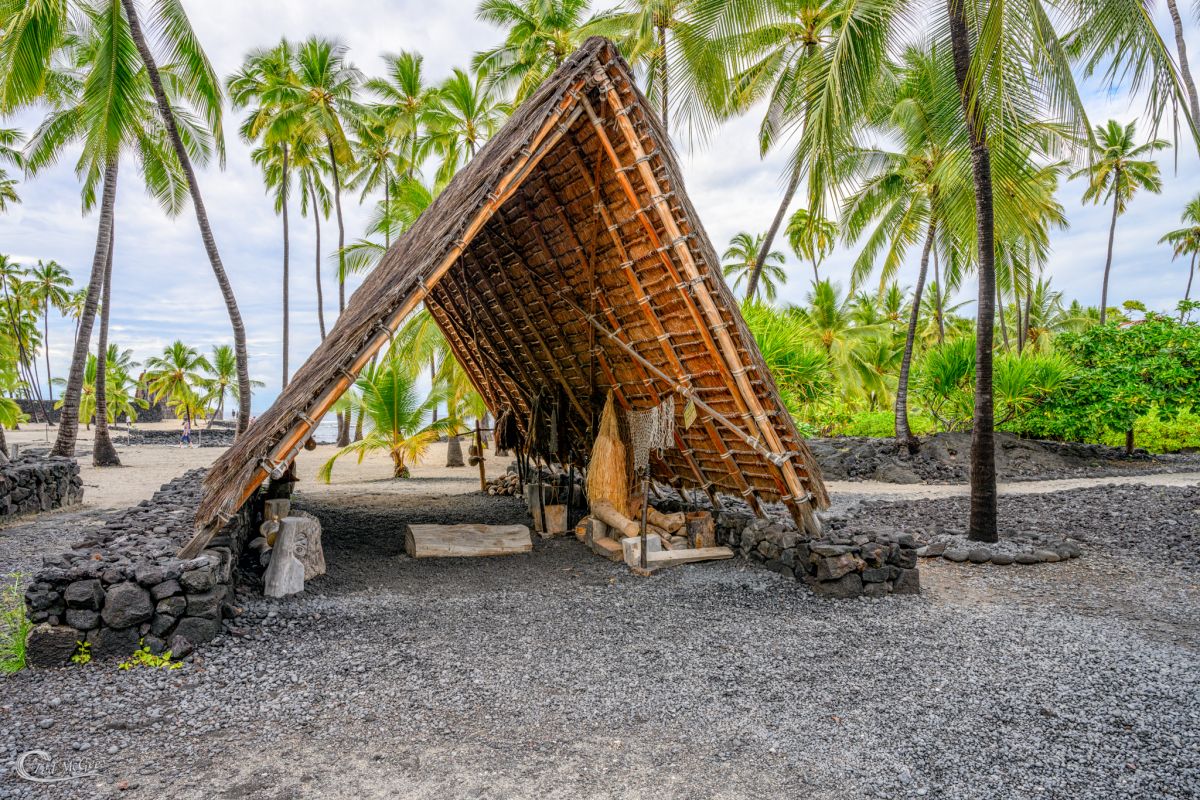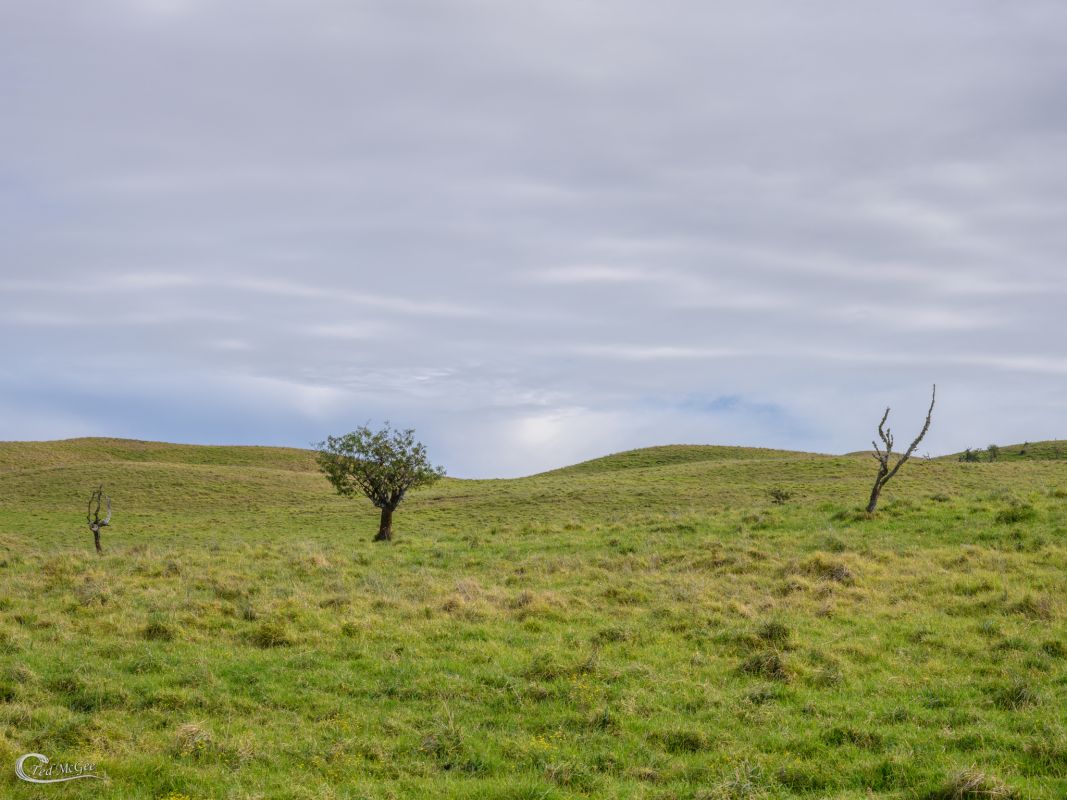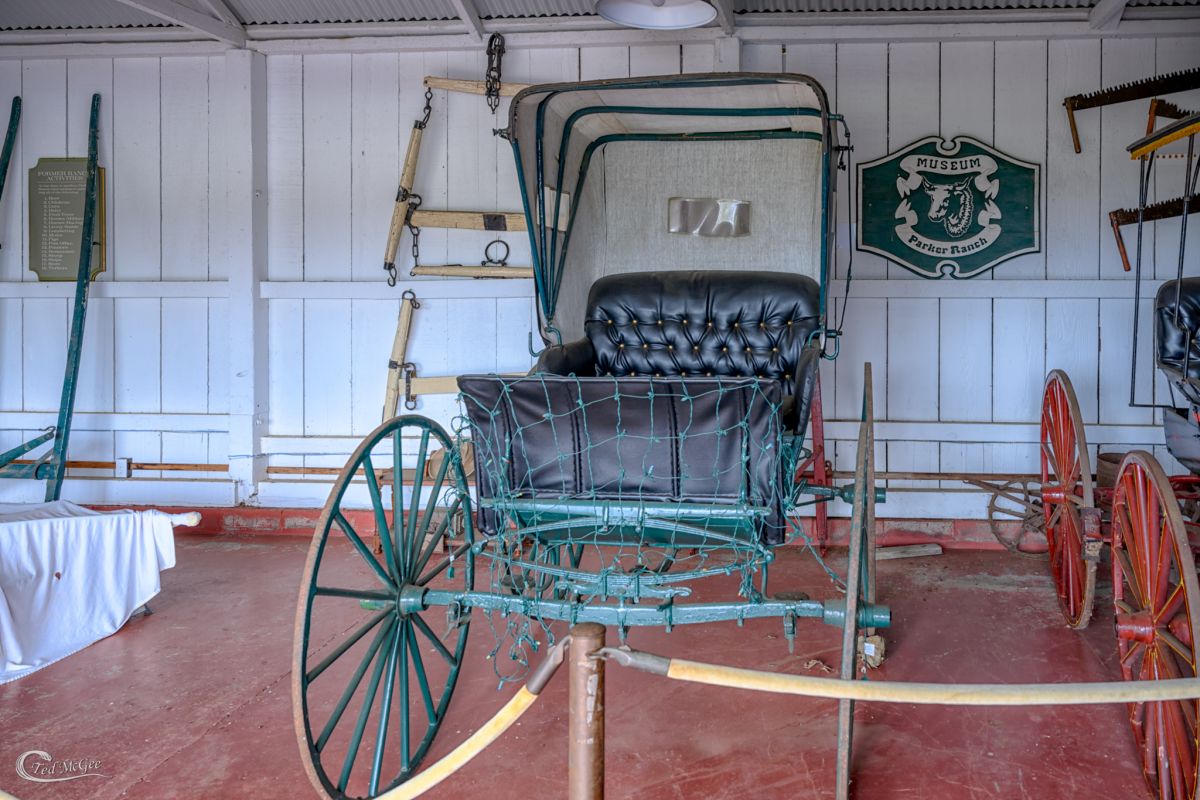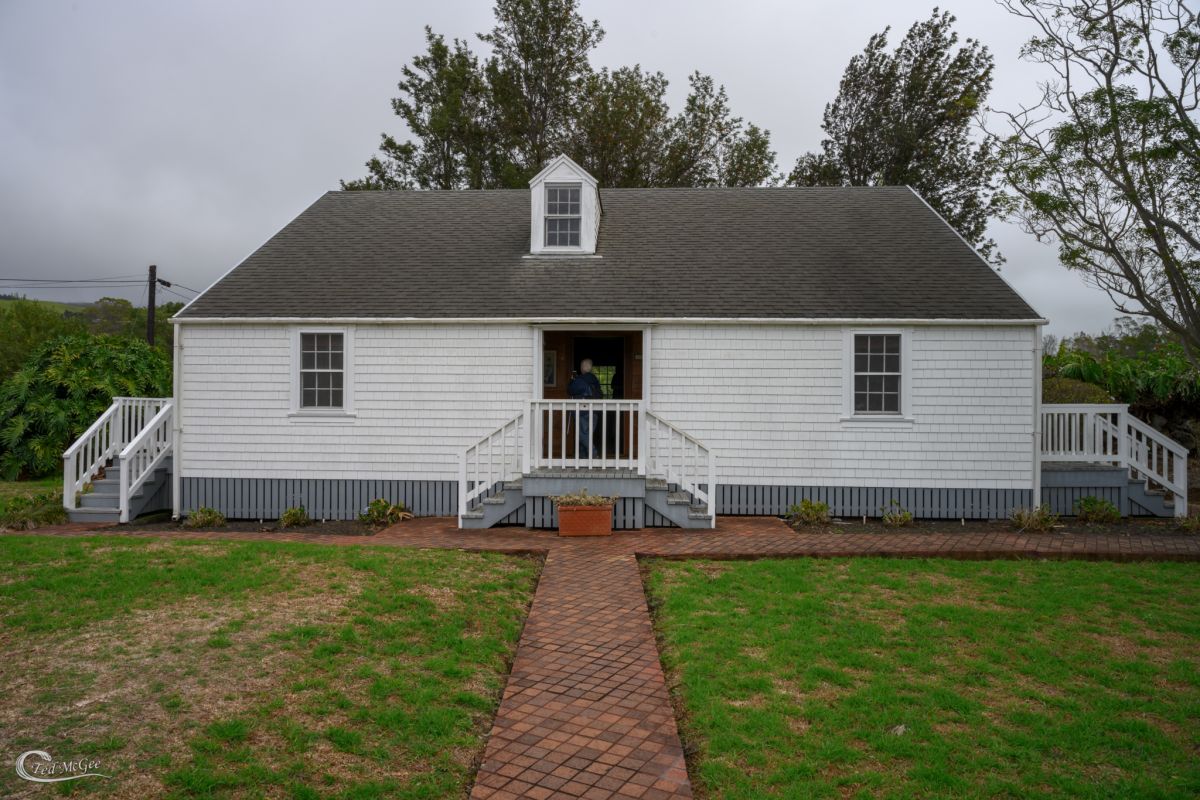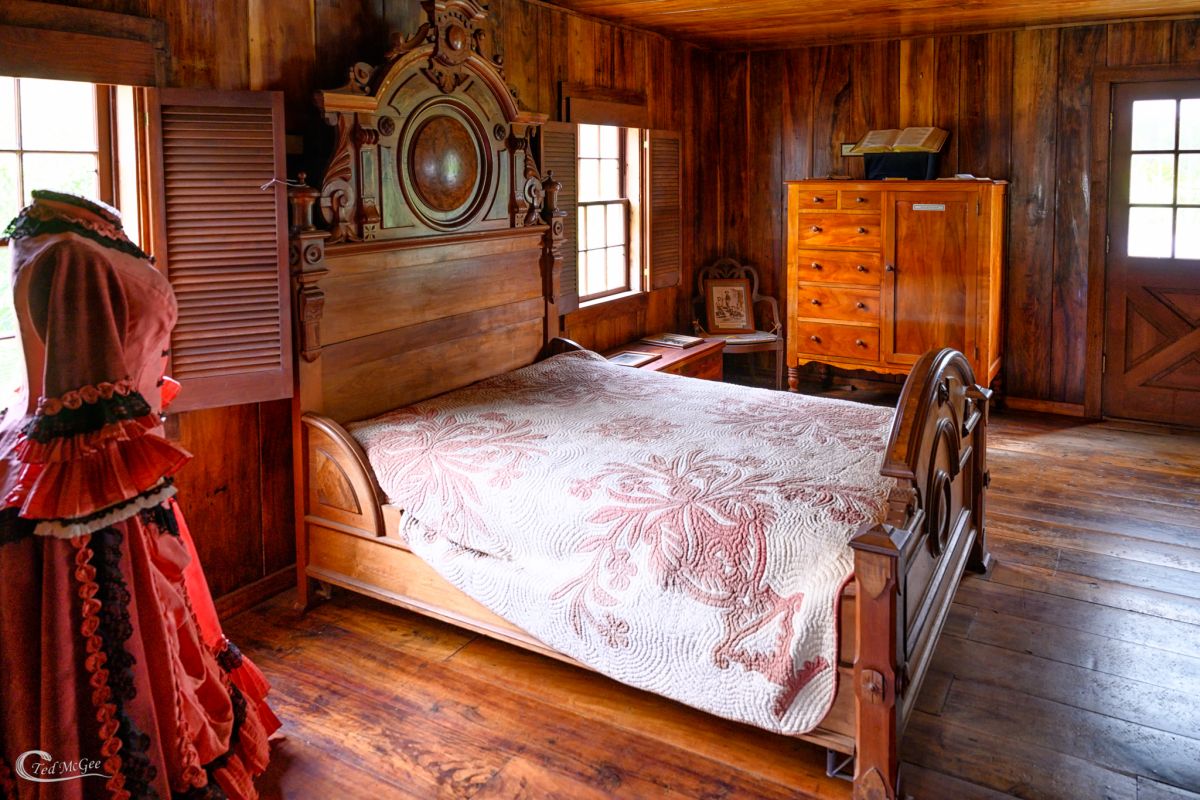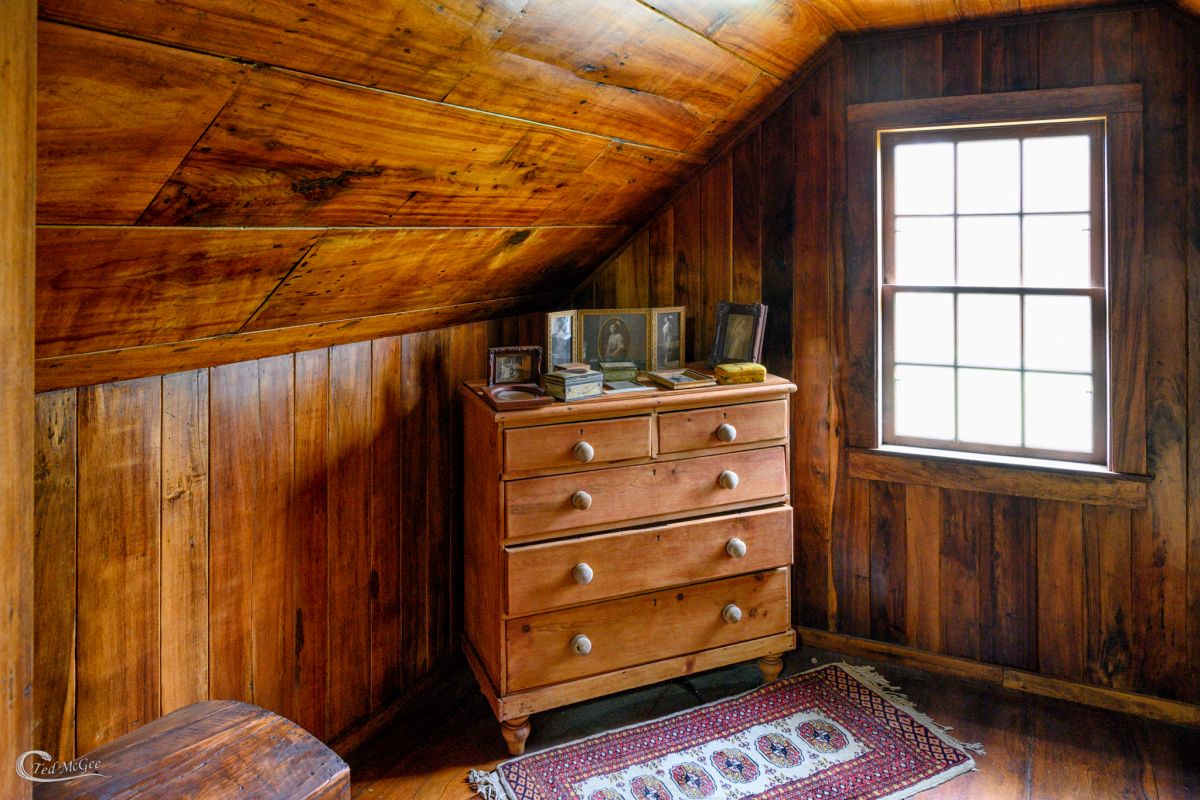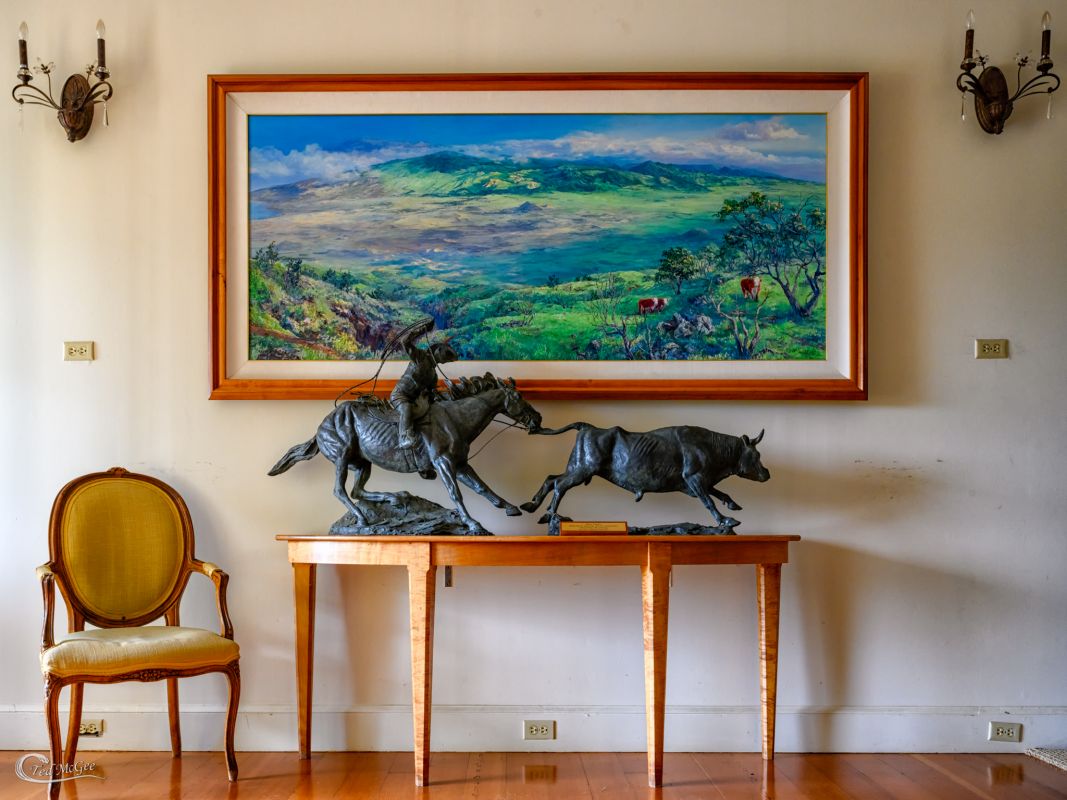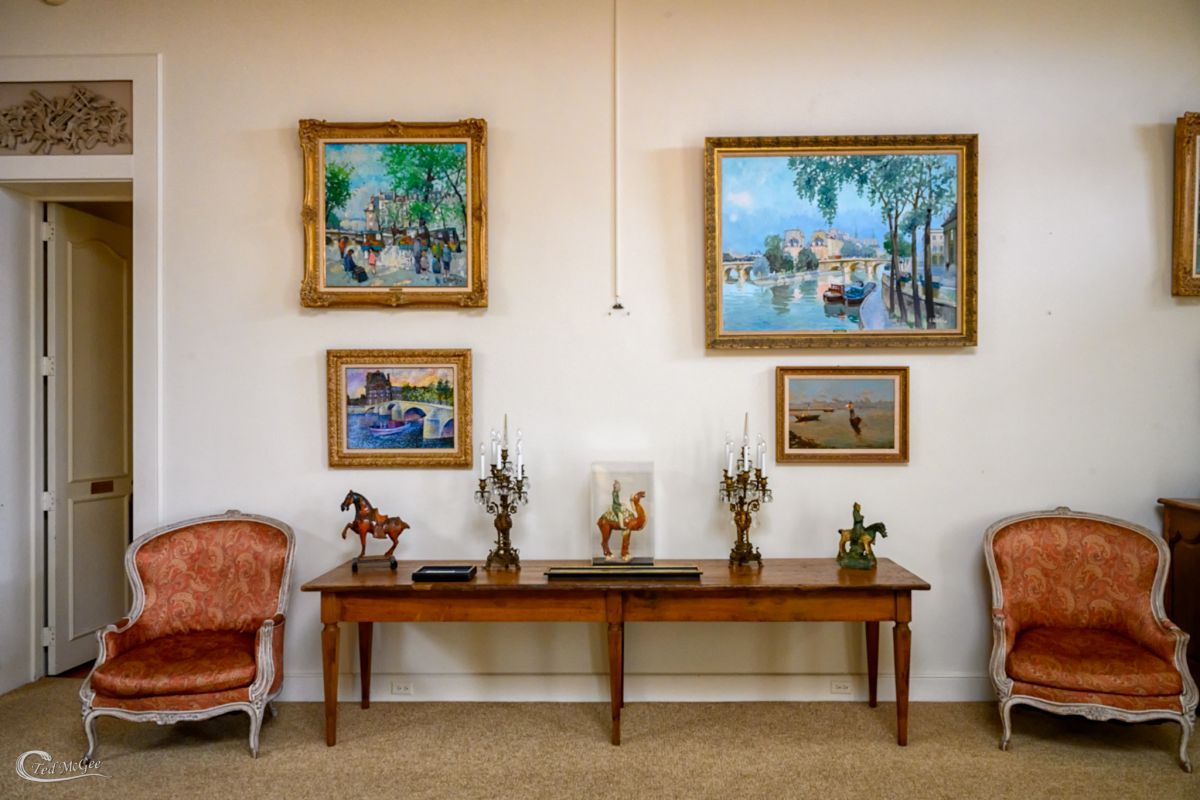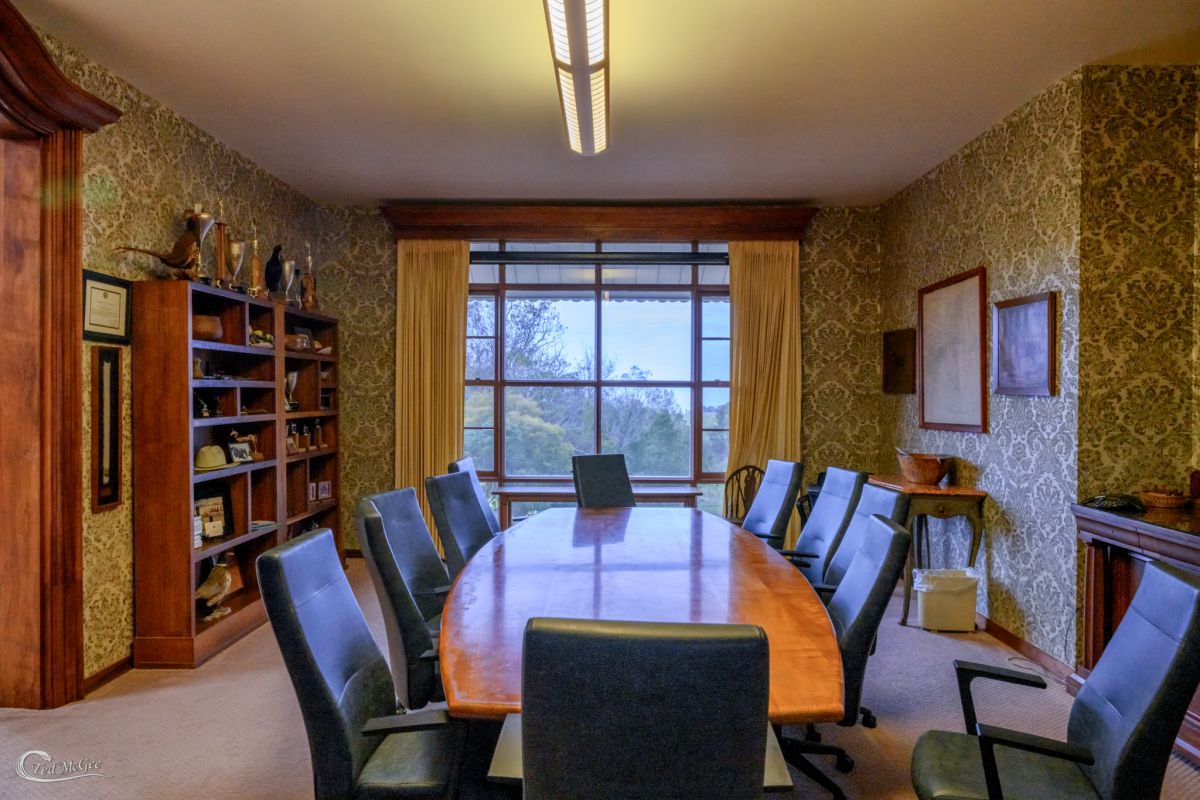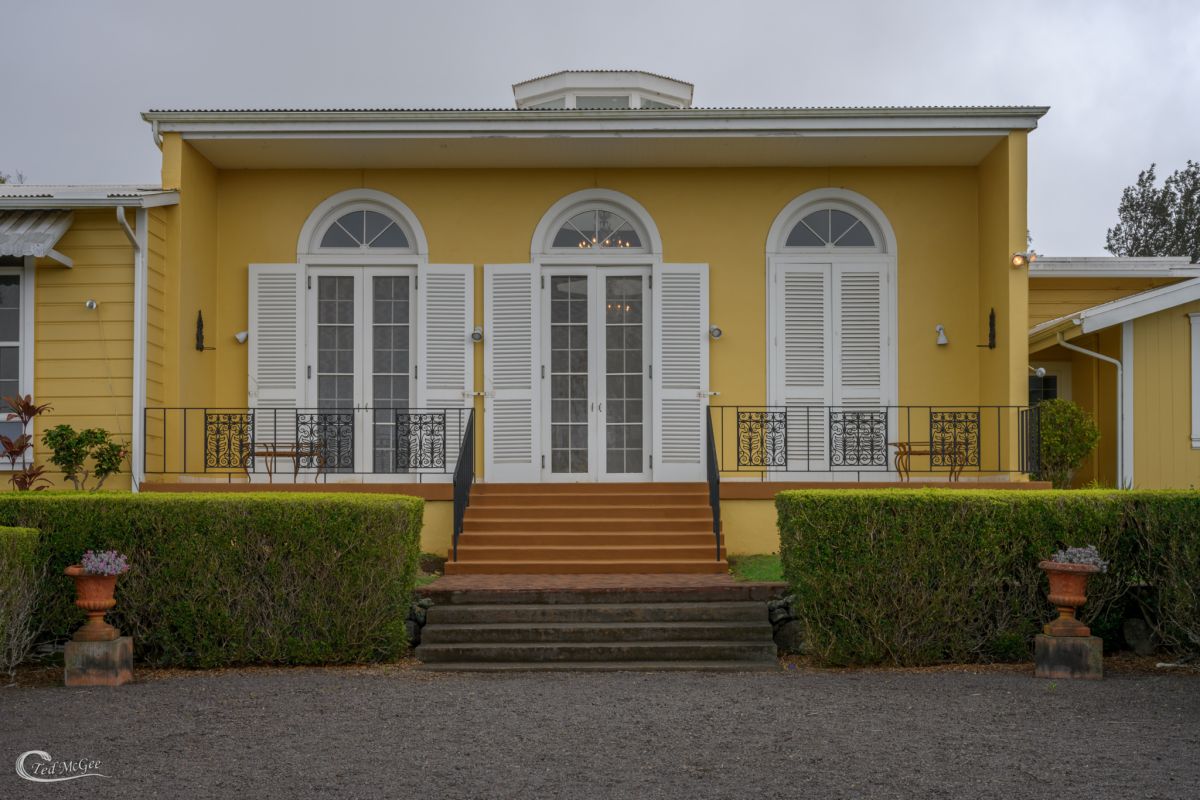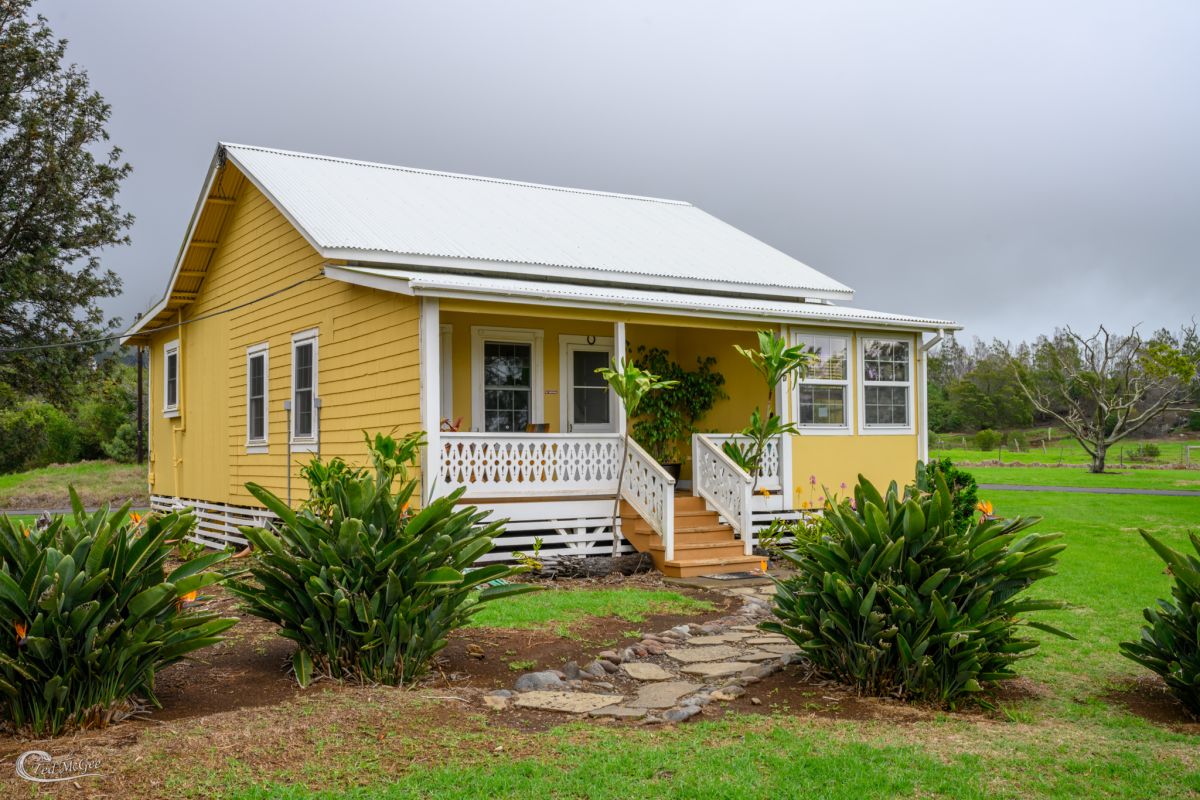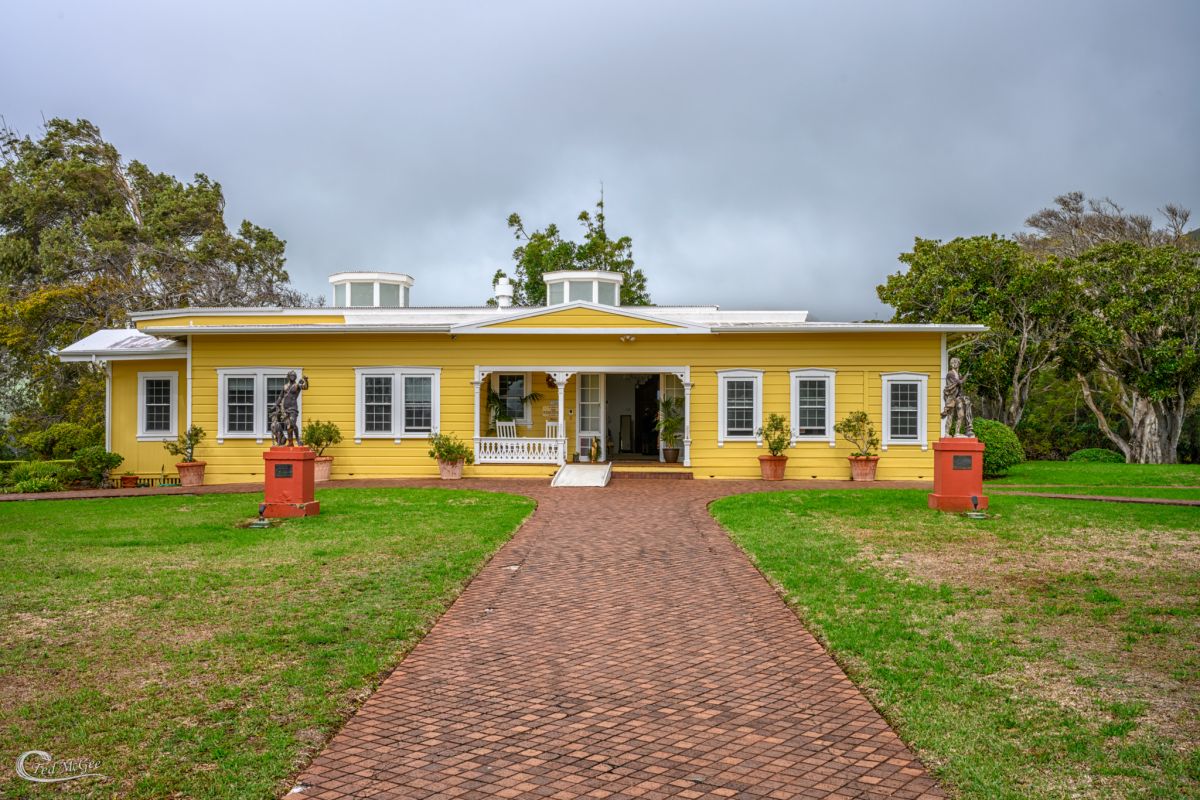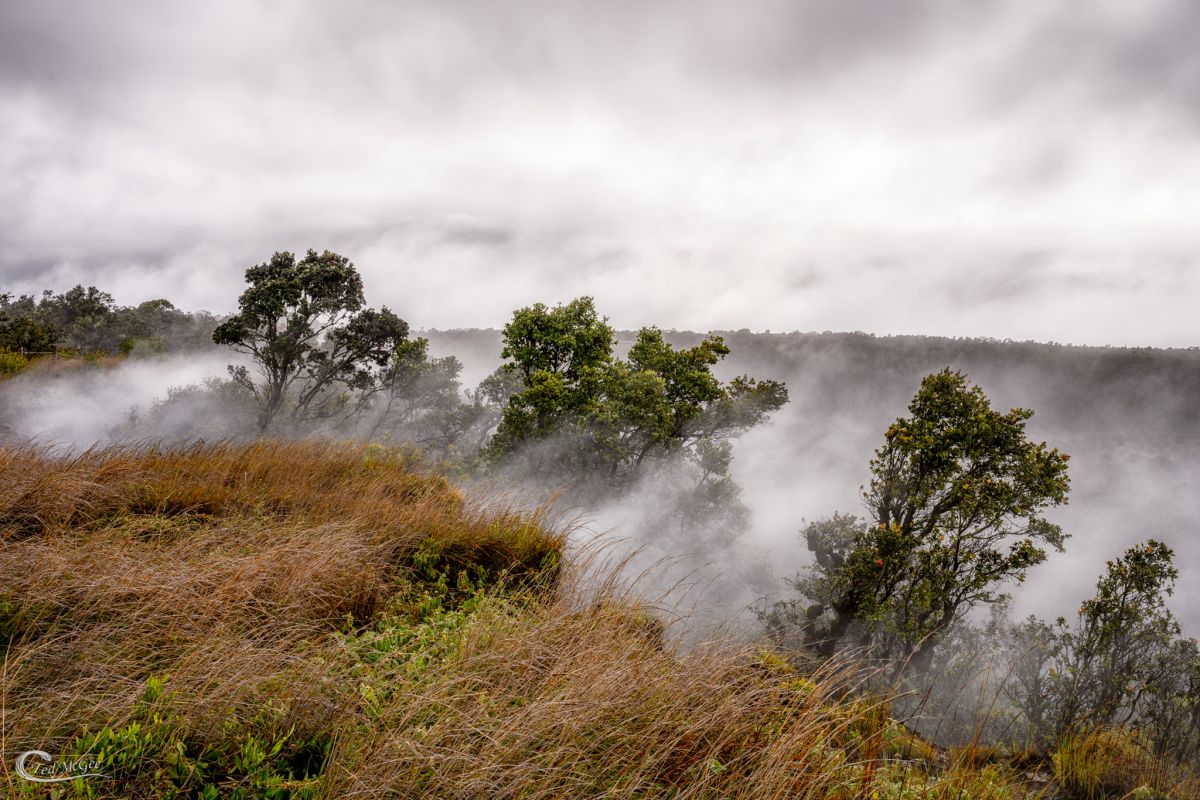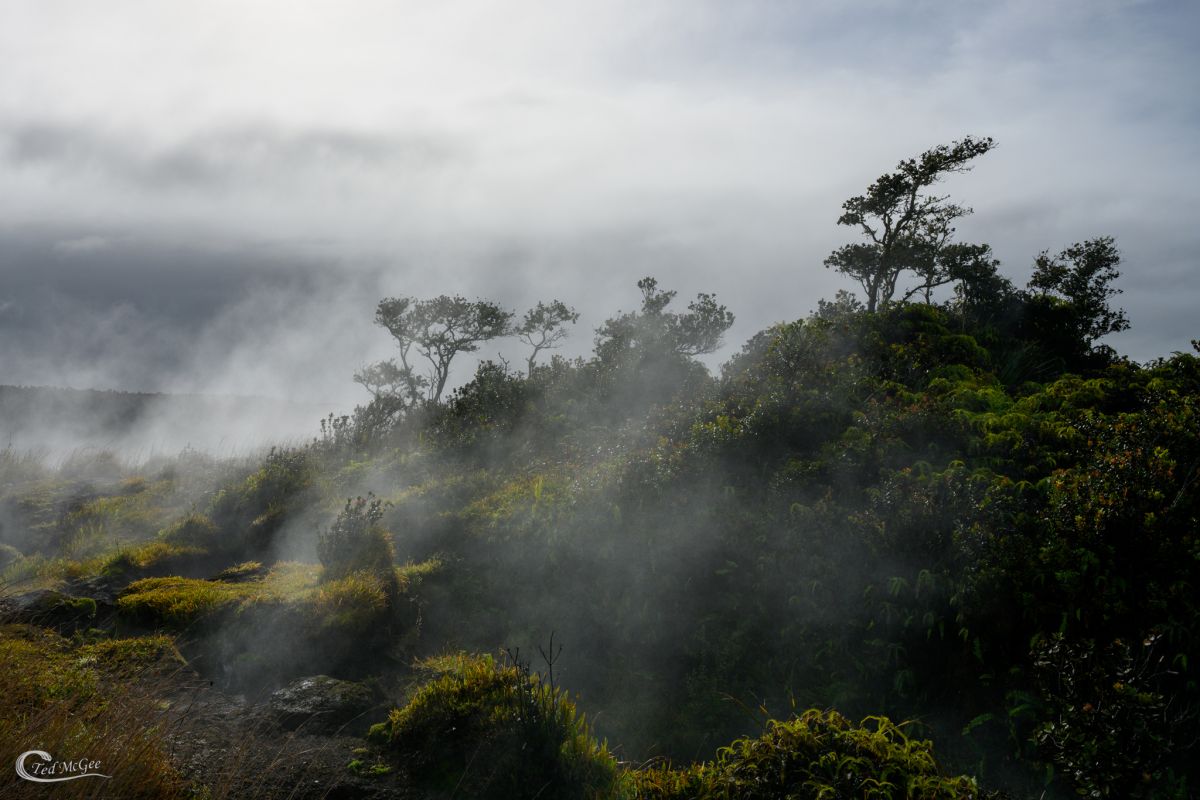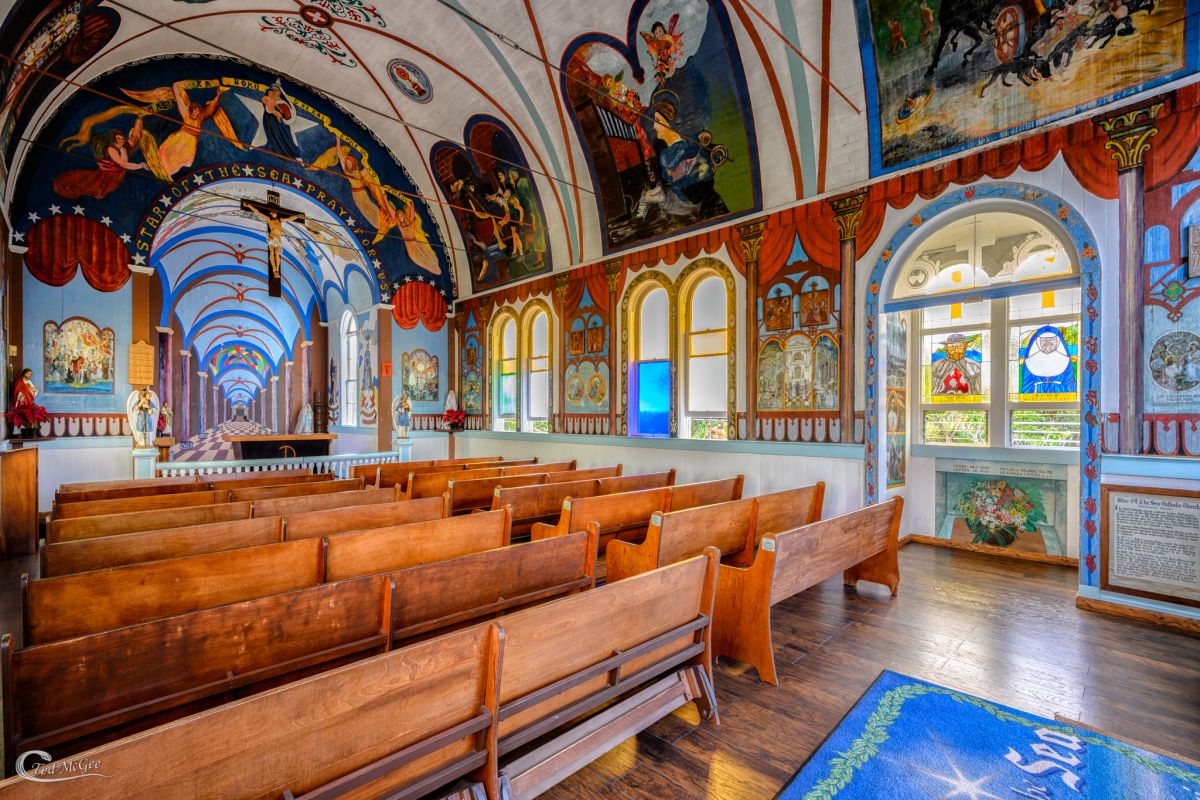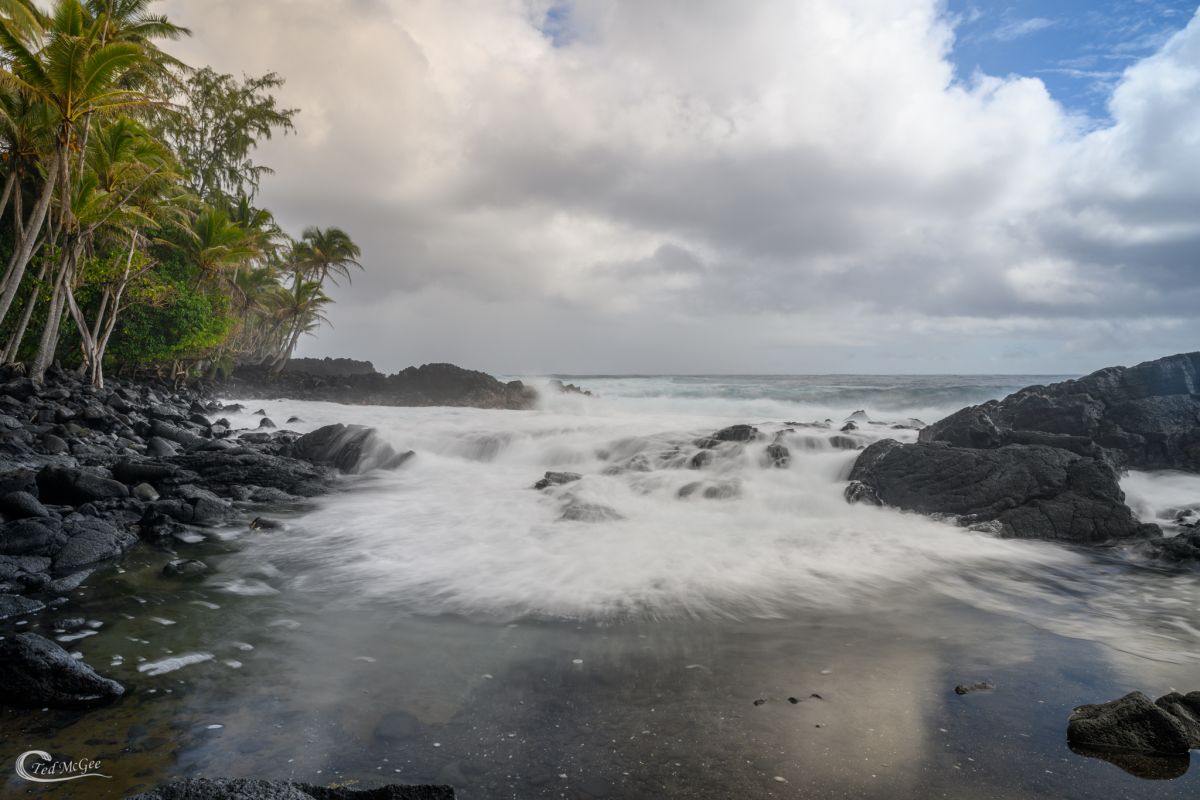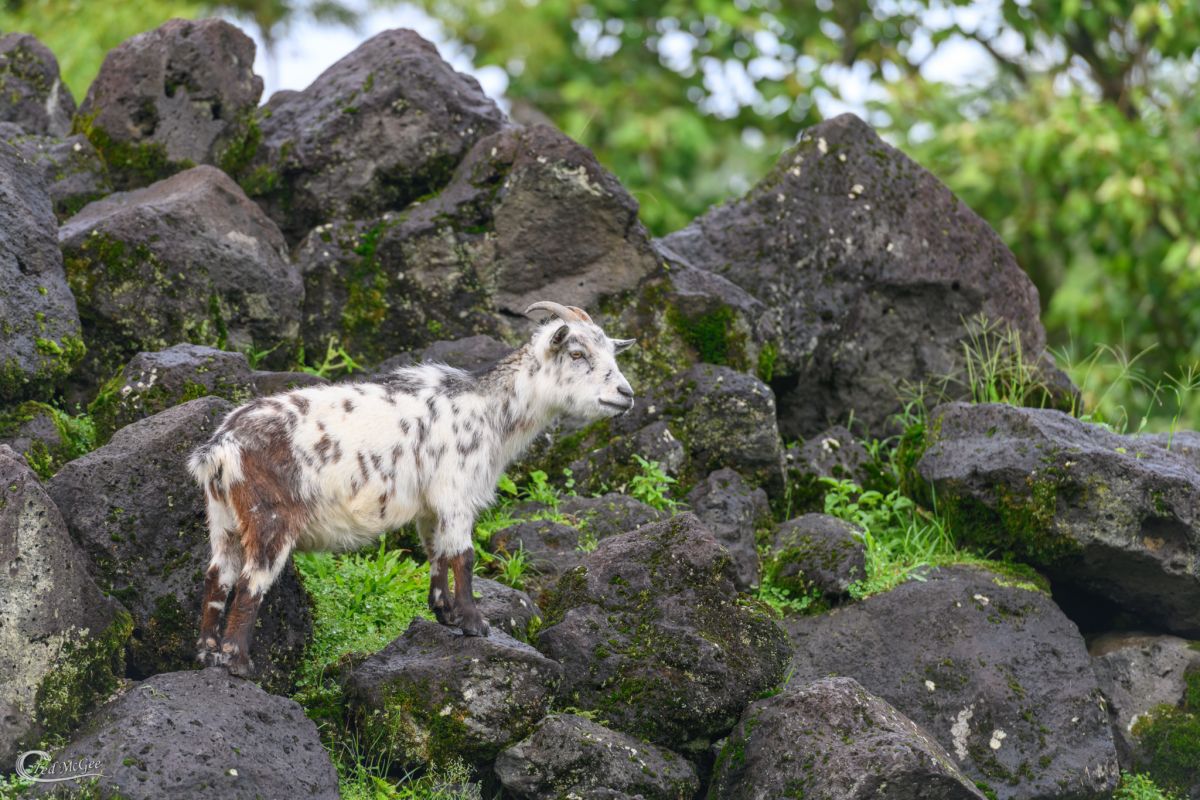
The Hawaiian archipelago is made up of 137 islands spread over 1,500 miles. Hawaii was the 50th state to join the United States on August 21, 1959. The state capital and Pearl Harbor are located on the island of O'ahu. We visited O'ahu and the big island of Hawai'i in 2006. In 2020 we made a return trip to the big island of Hawai'i. Dora and I know more about the big island of Hawai'i simply because we spent more time there and researched it more.
The Hawaiian tradition of welcoming visitors to Hawaii with a lei is not practiced as it once was due to cost. Friends and relatives still buy leis at the airport to welcome their friends and families. However, from time-to-time you may come across one someone hung in a tree or laid on a bench, just in case you need one, kind of like a hug.
Our first trip was in 2006. My brother and his wife lived on O'ahu and they took us around the island as well as the big island of Hawai'i. One point of interest for our family was the neighborhood my mother and grandmother lived in during the bombing of Pearl Harbor. The house was on the hillside overlooking downtown Honolulu. In the 2006 photo gallery there is a panorama taken from Kalihi with Diamond Head on the left and Pearl Harbor on the right. Imagine standing there on December 7, 1941. December 7, 1941 was a Sunday. Had it been a work day both would have been working in the hanger at Hickham Airfield. My mother and grandmother sat on the roof of their house watching events unfold. The modernization and skyscrapers had not yet been built and the location provided a commanding view of the attack. After the attack Hawaii came under martial law. One third of the population was of Japanese descent and it was impractical to intern 160,000 people. Laws enacted at the time essentially turned Hawaii into an internment center. A few months later, in the spring of 1942, my mother and grandmother boarded a transport ship, risking attack from a Japanese submarine, and moved to the mainland.
On one of our outings we met a lovely Japanese lady in a park who was in Honolulu and also witnessed the attack. She endured many hardships after Pearl Harbor simply because she was Japanese. The Japanese language was banned, Japanese people could not meet in groups, and they could be detained and questioned for any reason. It was a difficult time for everyone.
Our 2020 trip included friends Robert and Bonnie Donehoo. We were able to stay in a cabin at the Kilauea Military Camp located inside Hawai'i Volcanoes National Park. The national park is an amazing place. There was no active lava flowing while we were there but steam vents were visible in several places. Crater Rim road was closed around Kilauea Volcano but Ring of Craters Road was open. Ring of Craters Road is about 18.5 miles, starting near the park entrance and ending at lava cliffs along the Pacific Ocean. At the end of Ring of Crater's Road is the Hōlei Sea Arch overlook. The overlook was closed a few days after we visited it due to newly formed cracks in the lava. An amazing view of Kilauea can be had from the Volcano House, a lodge and restaurant located in the park.
Leaving the park and traveling to Hilo (he low) one can find find beautiful waterfalls, such as Rainbow Falls. Further along you come to the community of Laupahoehoe and 'Akaka Falls. The pronunciation of Laupahoehoe isn't that difficult. Lau is similar to how we pronounce the first part of Laos, or think law. Pa is similar to a dog's paw. Hoe rhymes with boy. So think Law Paw Hoy Hoy.
We had family that lived on the big island in and around the community of Laupahoehoe. My maternal grandmother was born in Laupahoehoe and attended school there. In its heyday Laupahoehoe was a well established and profitable sugar producing area with several plantations, such as the Laupahoehoe Sugar Company. A network of trains moved the sugar to Hilo (He Low) for shipment. We had family members that lived in the area and were involved with sugar production. My great grandfather was a luna on one of the sugar plantations. We also had a family member that was a volcanologist that died studying one of the volcanos in the area. Sometime before 1941 the family relocated to O'ahu and were there to witness the bombing of Pearl Harbor.
On April 1, 1946 a tsunami reached Hawaii. The most destruction occurred on the big island of Hawaii with Hilo taking the brunt of it. A little bit up the coast in the community of Laupahoehoe the tsunami came ashore destroying a school and killing 4 teachers and 20 students. The network of railroads was badly damaged as well and the sugar plantations came to an end. If you have an interest in the history of the area, this train museum is a worthwhile stop. Another worthwhile stop is the Tsunami Museum located in Hilo.
There are lots of scenic drives and places to visit. Just outside the park you can find a road up Mauna Loa where you can visit Tree Molds made by trees caught in lava flow or follow the road up the mountain and enjoy the hiking trails. Additional scenic drives weave around the coastline where there are several hidden views. Be sure to visit Parker Ranch. Parker Ranch was founded in 1847 on the Island of Hawaii. It once consisted of more than 500,000 acres, covering almost half of the island. Today the ranch is approximately 130,000 acres. A section of the ranch is open to visitors and you can tour two of the historic homes.
Black Sand Beach at Punalu’u, Ka’u is a gorgeous beach where sea turtles can be found. One was on the beach the day we were there. A hidden gem just outside the entrance to Black Sand Beach is a small memorial, Opukaha’ia Memorial Chapel. The road doesn't really look like a road and so it is easy to miss. Henry Opukaha’ia (O boo kiah) was born near the Black Sand Beach during Kamehameha the Great’s ascension to power. He left Hawai'i when he was 21 and studied in New England, becoming a minister. He planned on returning to Hawai'i as a missionary but died of typhus before he could realize that dream. His diary was published shortly after his death and he became a catalyst for Christian missionary work on the islands. His remains were eventually returned to Hawai'i and buried near the spot Captain Cook was killed.
There are a number of state and national parks to visit as well as Pana'ewa Rainforest Zoo. Pu'uhonua o Hōnaunau National Historical Park was a refuge. In old Hawaii the penalty for breaking most laws was death. Something as simple as entering an area that was reserved for only the chiefs, or eating forbidden foods. Laws, or kapu, governed every aspect of Hawaiian society. The only option for survival was to elude pursuers and reach the nearest pu'uhonua, or place of refuge. Lapakahi State Historical Park is a large area of ruins from an ancient Hawaiian fishing village in North Kohala.
There are two beautiful painted churches on the island of Hawai'i, St. Benedict's Painted Church and the Star of the Sea Painted Church. St. Benedict's Painted Church was built between 1899-1902 under the direction of the Belgian Catholic missionary Father John Velghe, who then painted frescoes along the interior ceiling and walls. An untrained folk-artist, Fr. Velghe depicted various biblical scenes, such as Cain's murder of Abel, Jesus refusing the Devil, and the writing on the wall, as well as a vivid illustration of sinners in Hell
The Star of the Sea Painted Church was built between 1927 and 1928 under the direction of Father Evarist Gielen. Father Gielen painted the upper section of the ceiling. The paintings tell the story of Father Damien Devester, a Belgian priest, who worked and cared for people in the leper colonies of the Hawaiian Island Molokai. Father Devester later died from the disease. The church was originally built on the shoreline of Kaimu Black Sand Beach. In 1990 lava from a volcanic eruption from Kupaainaha flowed down the slope towards Black Sand Beach and the church. Local officials and volunteers moved it ahead of the lava flow to a safe location about 1 mile away from Black Sand Beach. There it sat for about six years while a new permanent location was sought. During that time the chuch sustained damage from storms, termites, and vandals. The church was added to the National Register of Historic Places and funds acquired to restore the church. Today it sits along Highway 130 near Kaimu and is cared for by volunteers. Singularly the most beautiful thing I saw while in Hawaii.
Our last stops on the way to the airport for the flight home was Lekeleke/Kuamo'o Burial Grounds, The Original Hawaiian Chocolate Factory, and Makalawena Beach in Kona. Lekeleke/Kuamo'o Burial Grounds was the site of a battle between those that wanted to end a system known as kapu and those that wanted to preserve it. Kapu was a system of laws that would find a transgressor in fear of death. Anything from stepping on the shadow of a chief to eating with someone of the opposite sex could lead to the death sentence. King Kamehameha II wanted to end the system but a nephew of King Kamehameha I, Kekuaokalani, wanted to keep it. The resulting battle here led to the death of Kekuaokalani and the end of the kapu system. Those that died in the battle, some 300 warriors, are buried here. This site is also famous for another reason. The End of the World 35 foot cliffs are located here. When the weather and sea conditions are favorable this is a favorite site for cliff diving.
To quote lyrics from The Lion King, there is more to see than can ever be seen and more to do than can ever be done in Hawaii. We enjoyed both trips and perhaps some day we will have opportunity to return.
2006 Hawaii
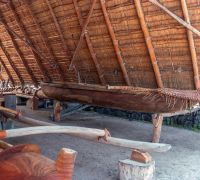

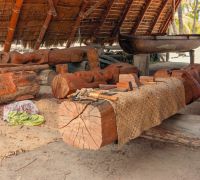

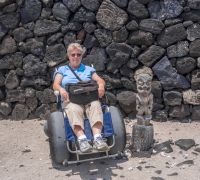
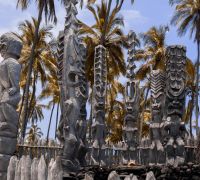
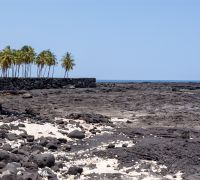
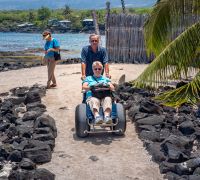
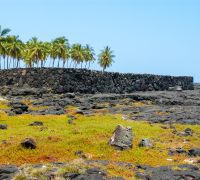



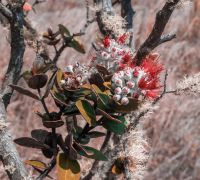

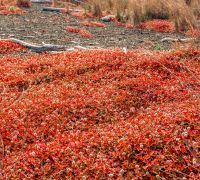

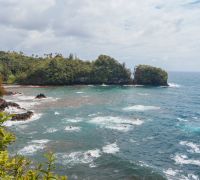
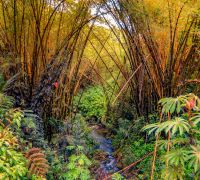

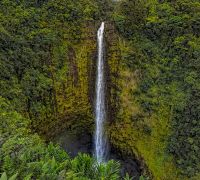
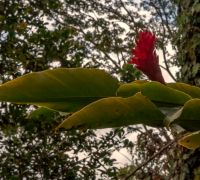










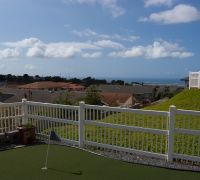










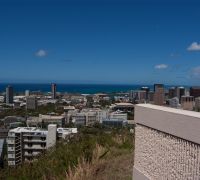






























2020 Hawaii
